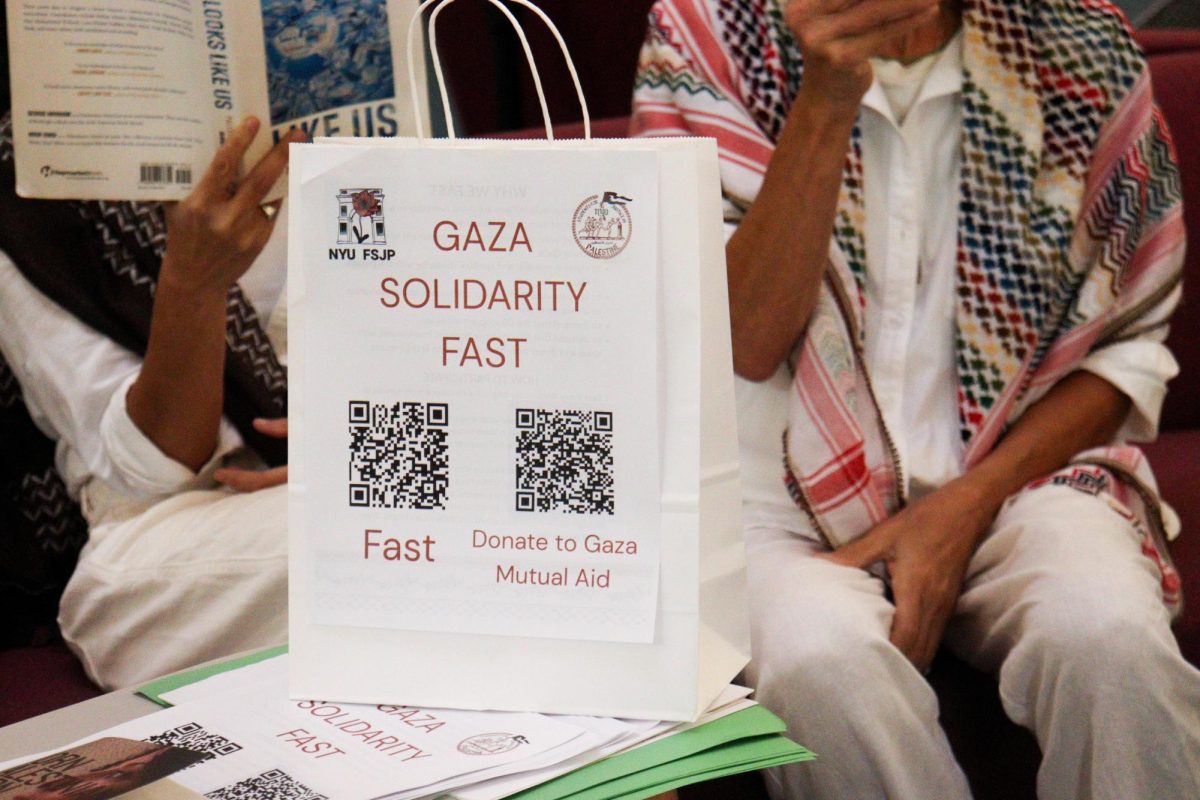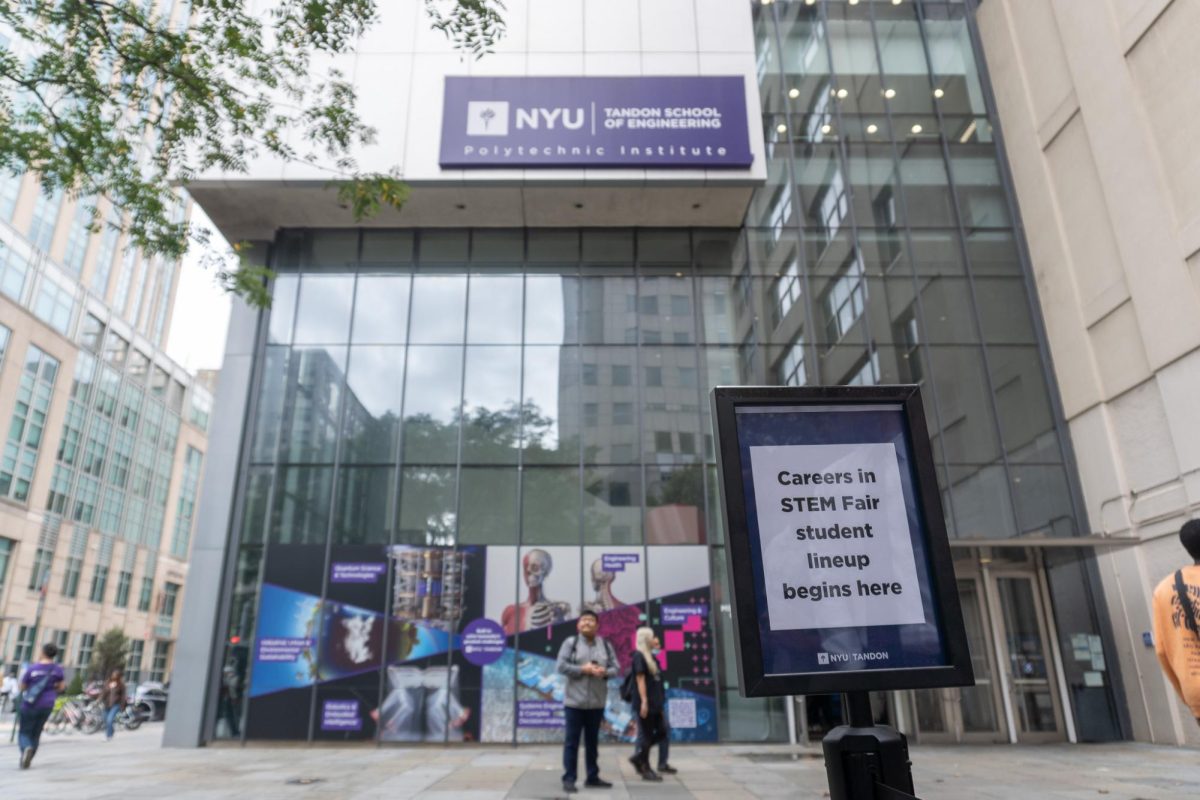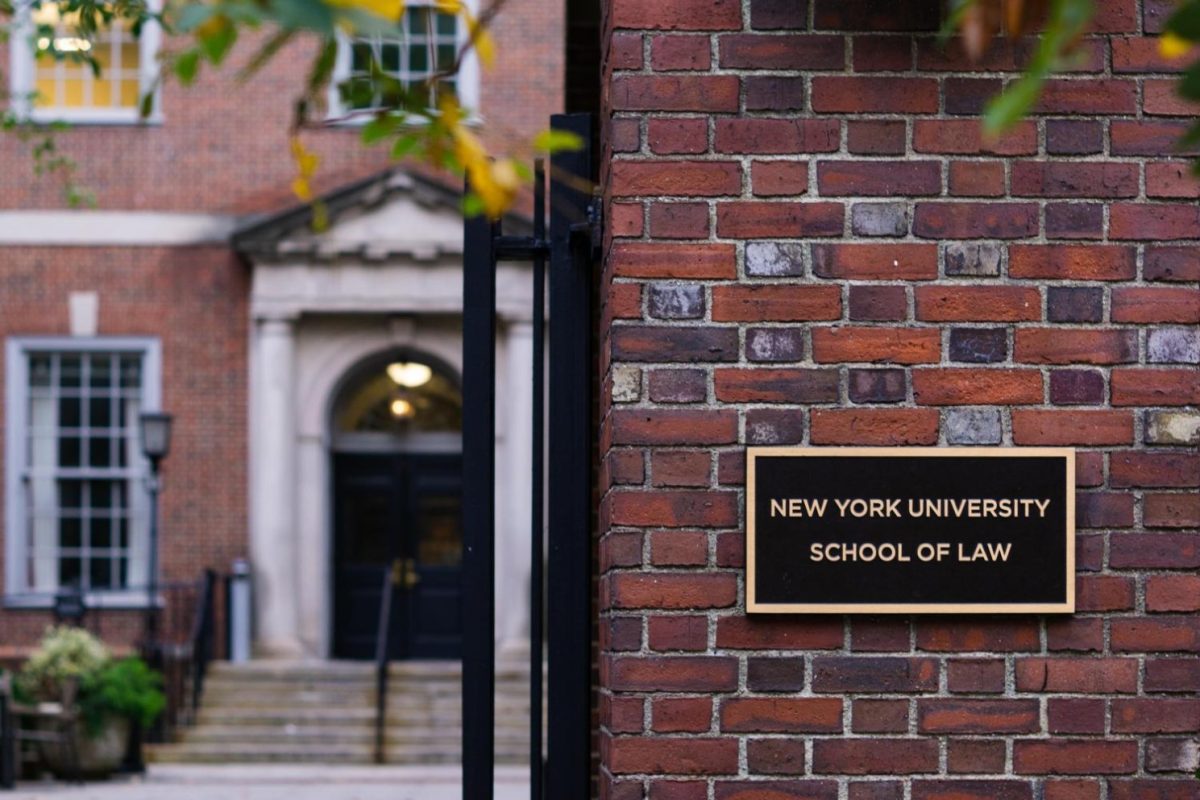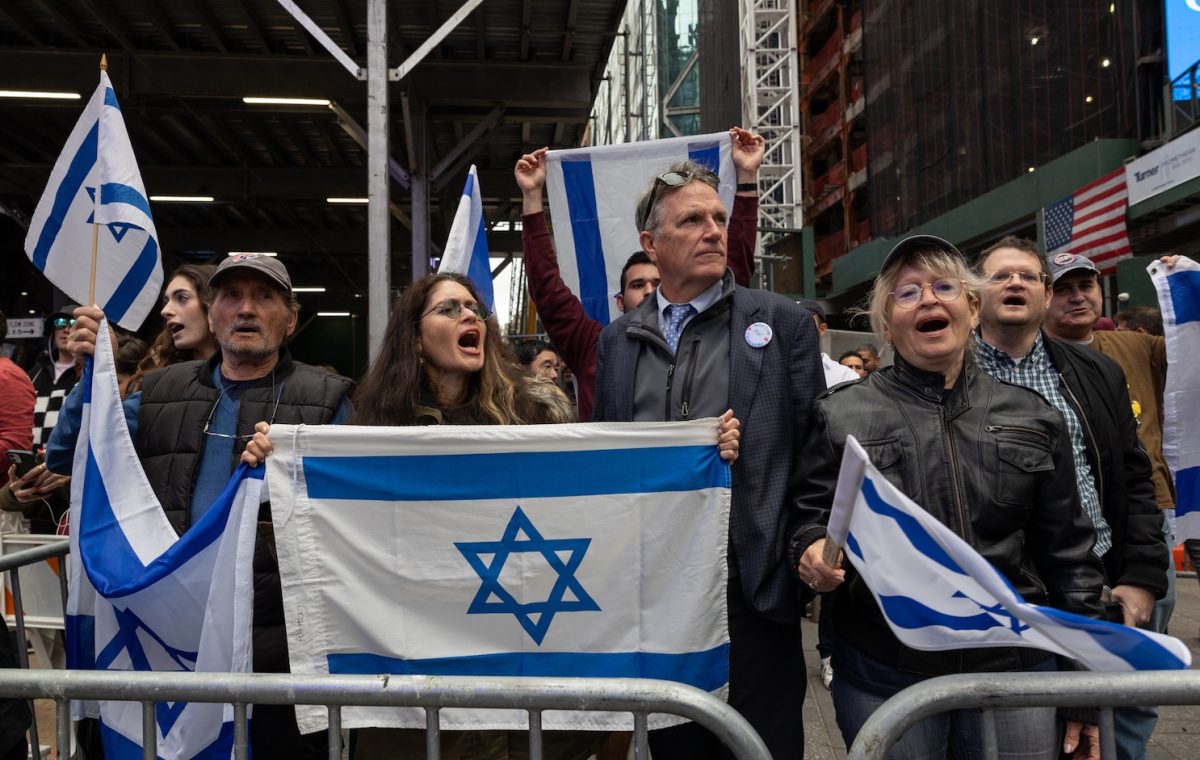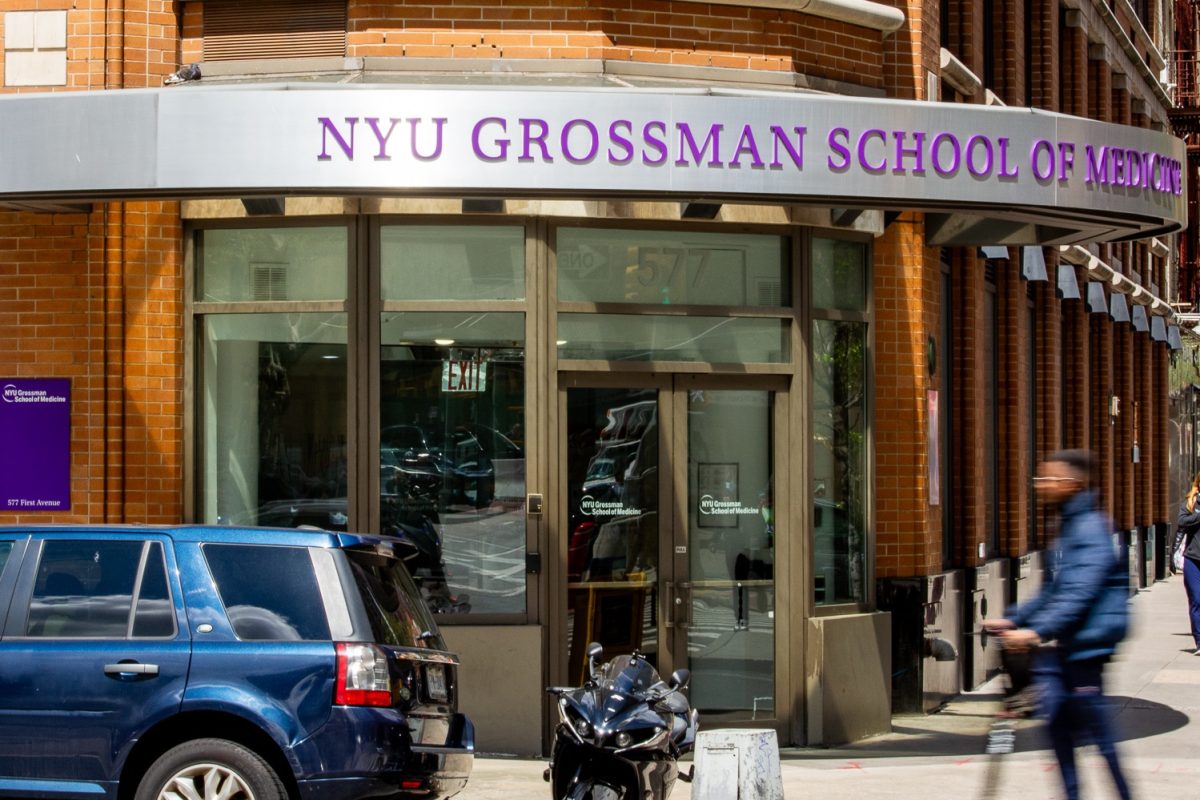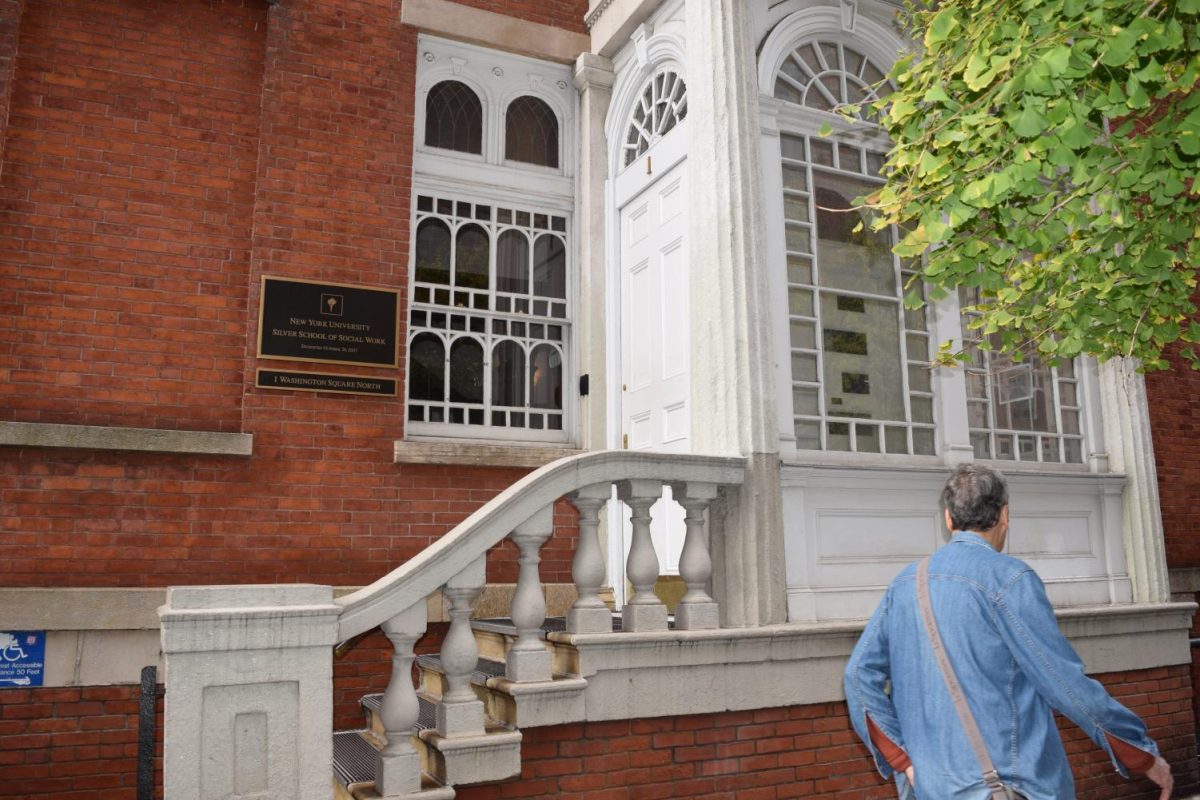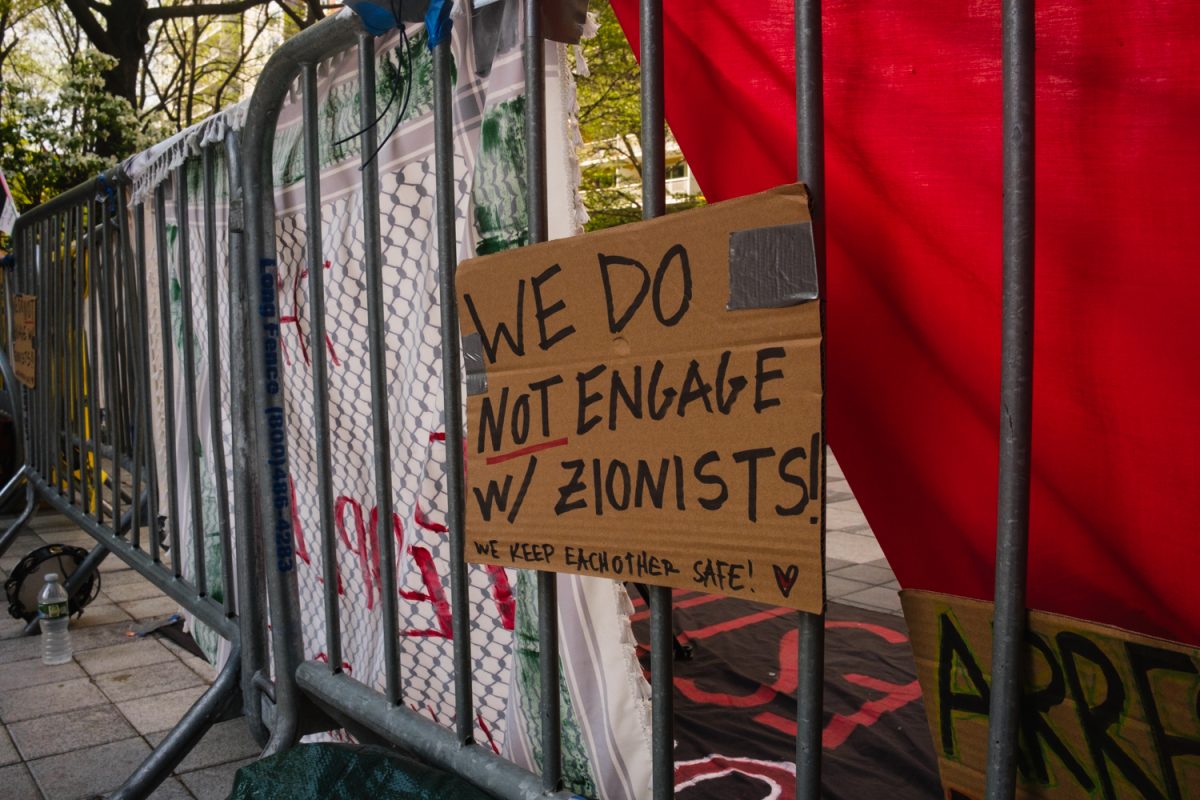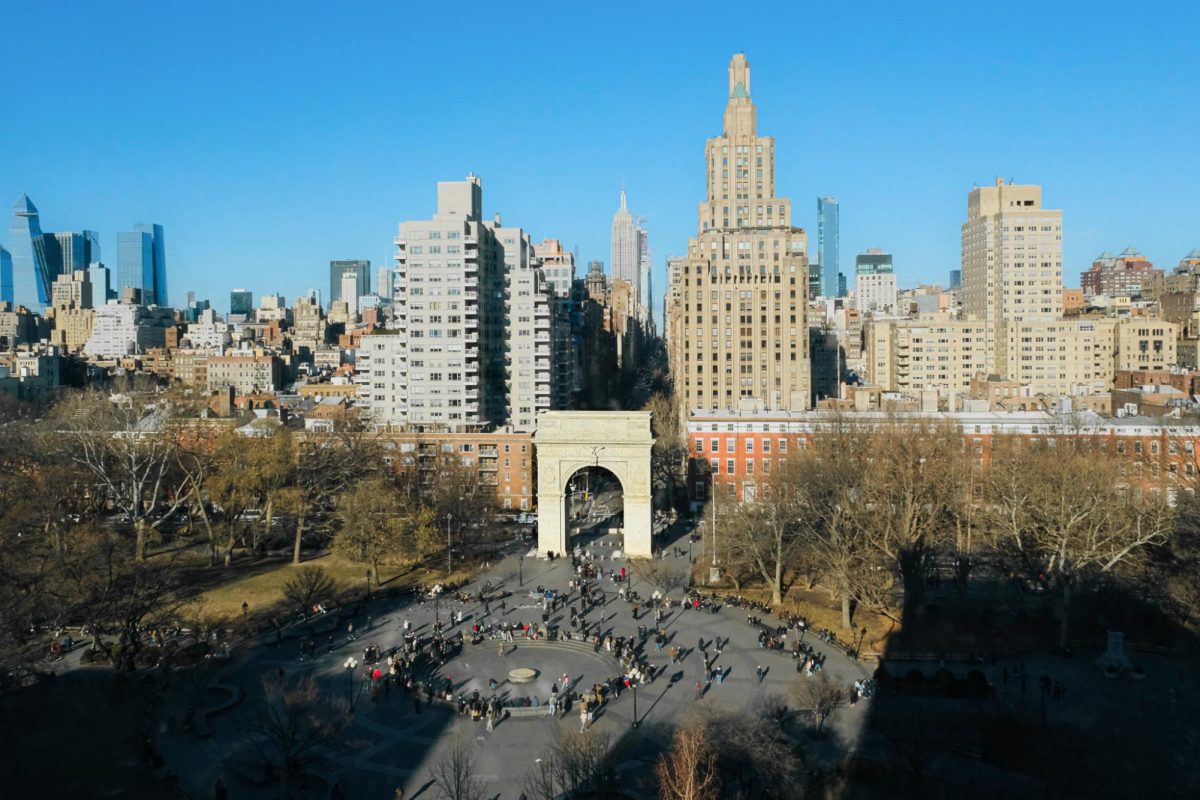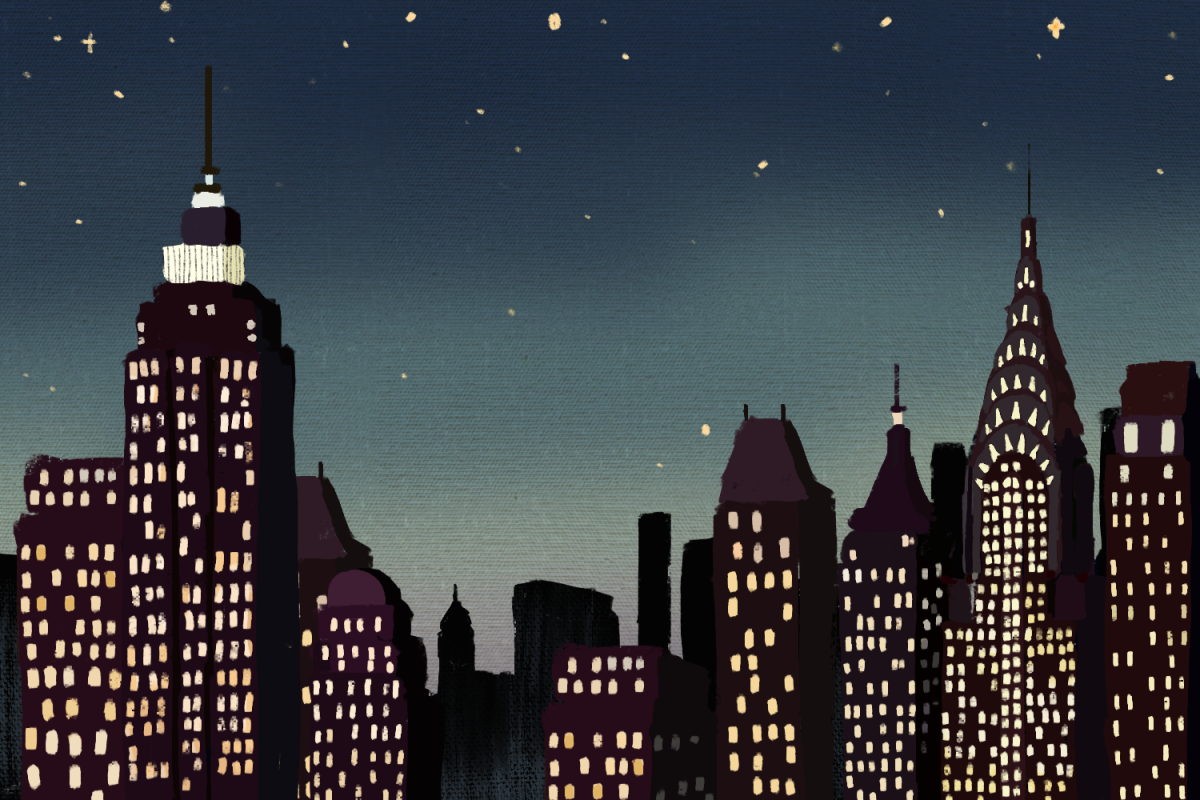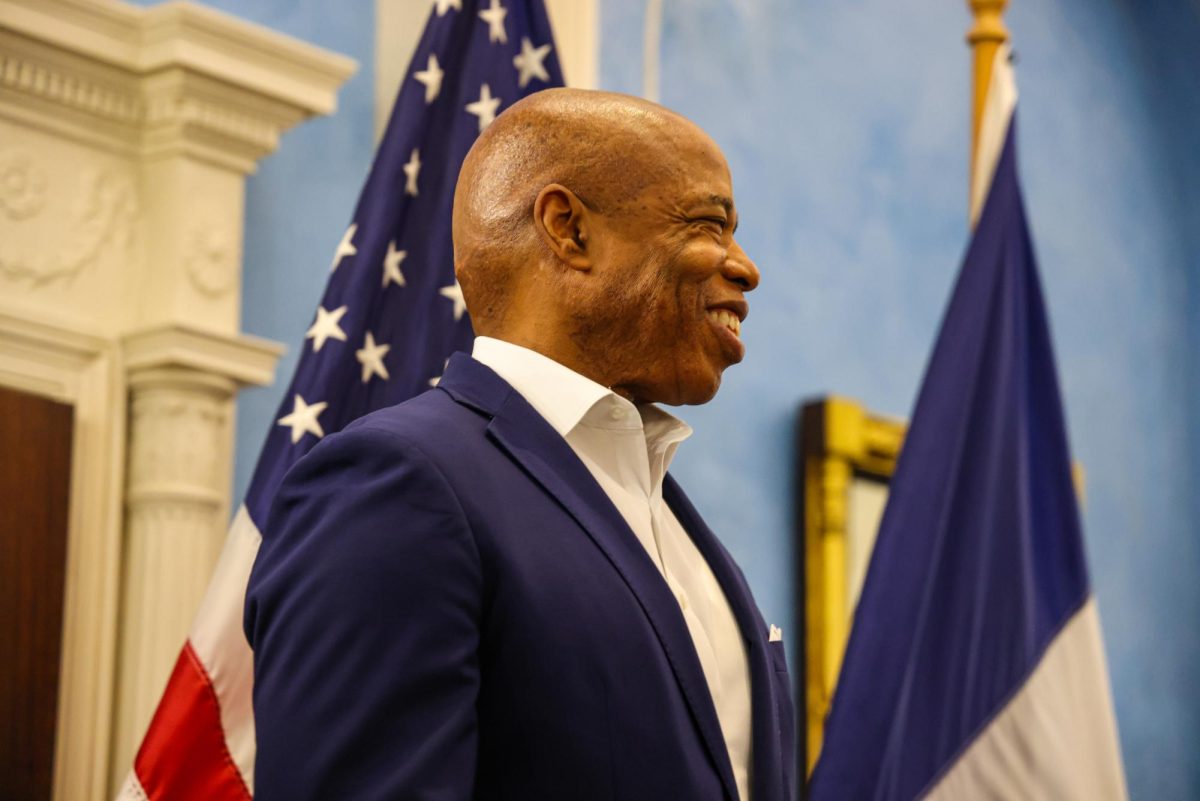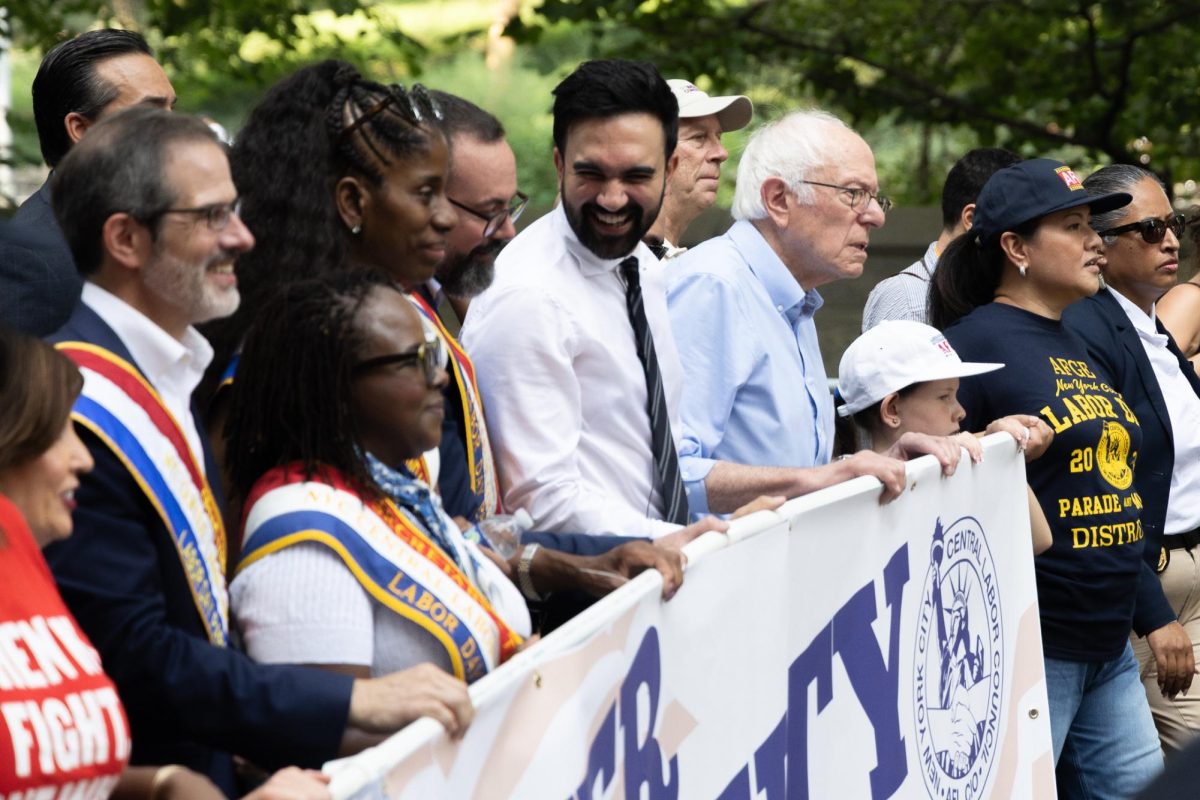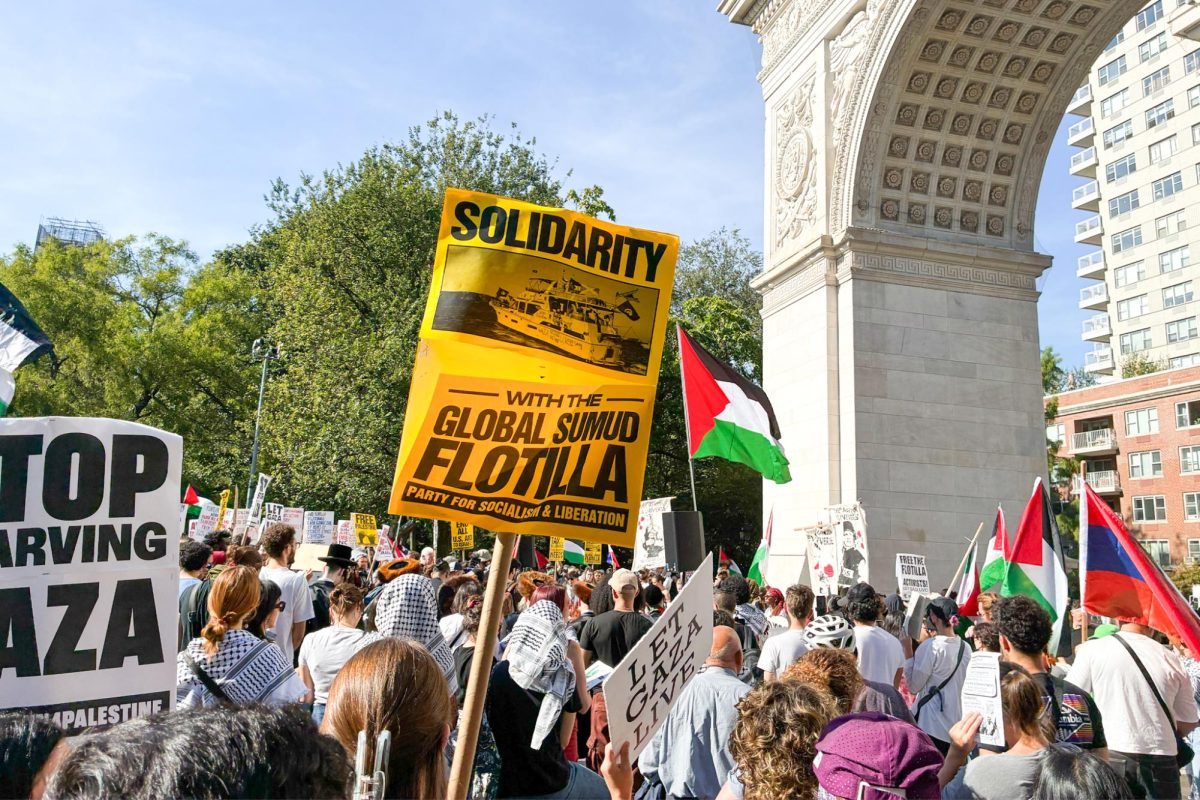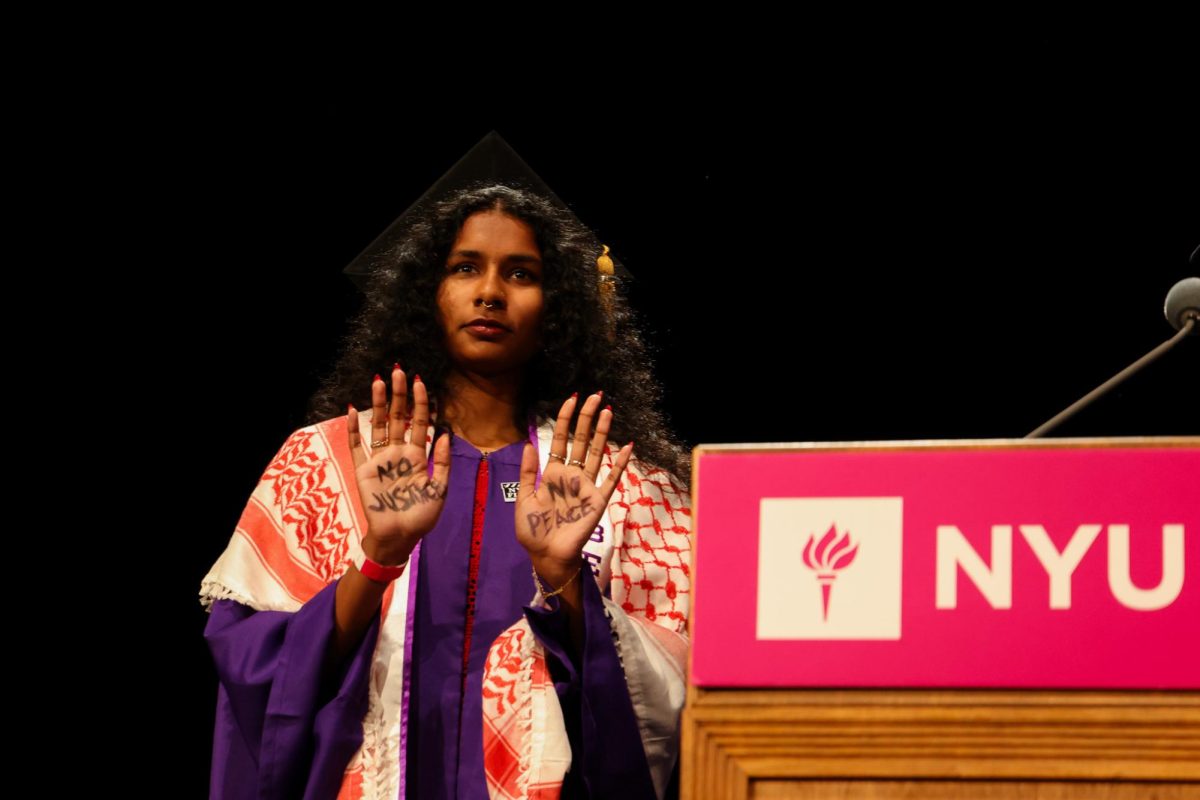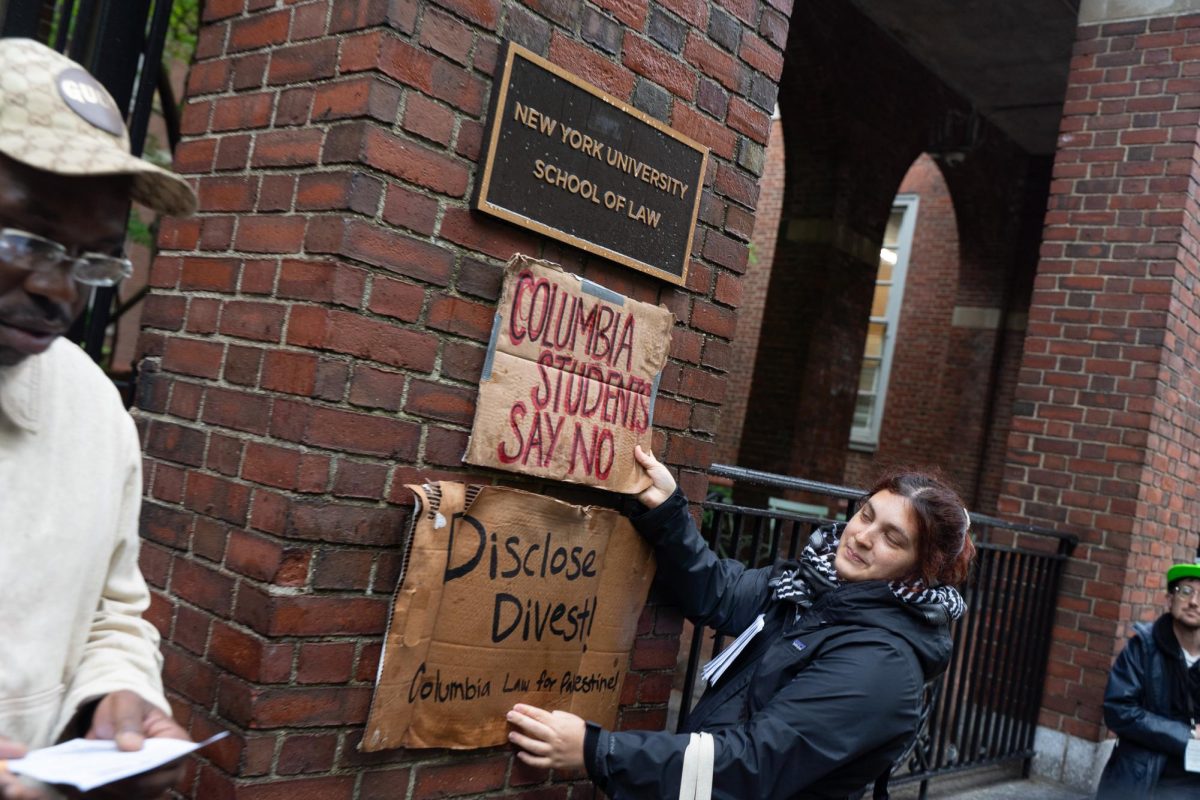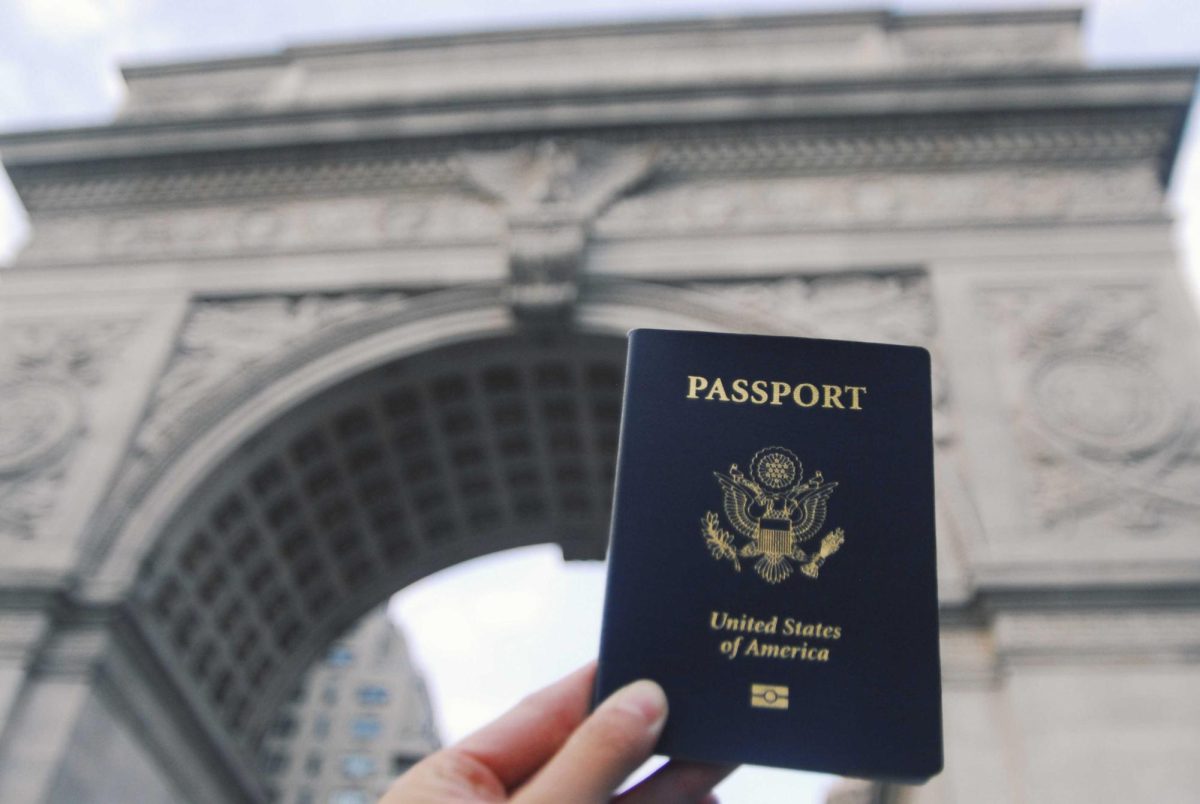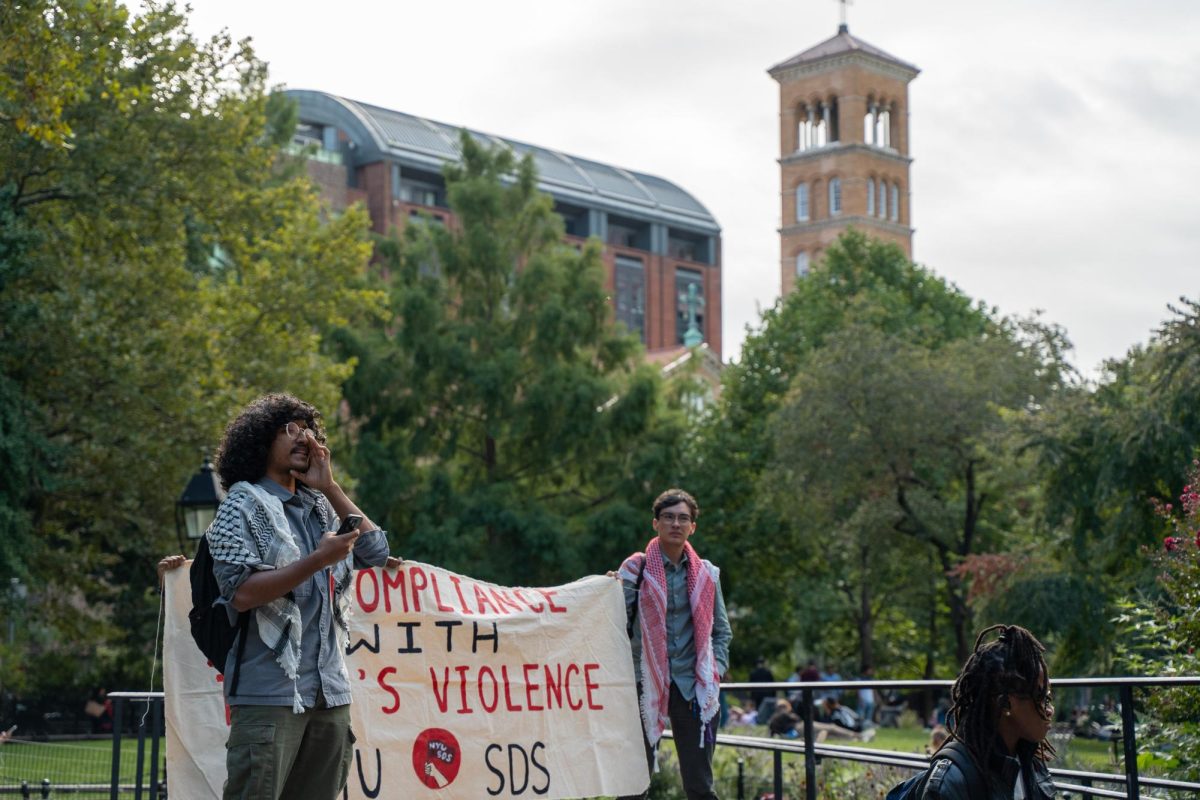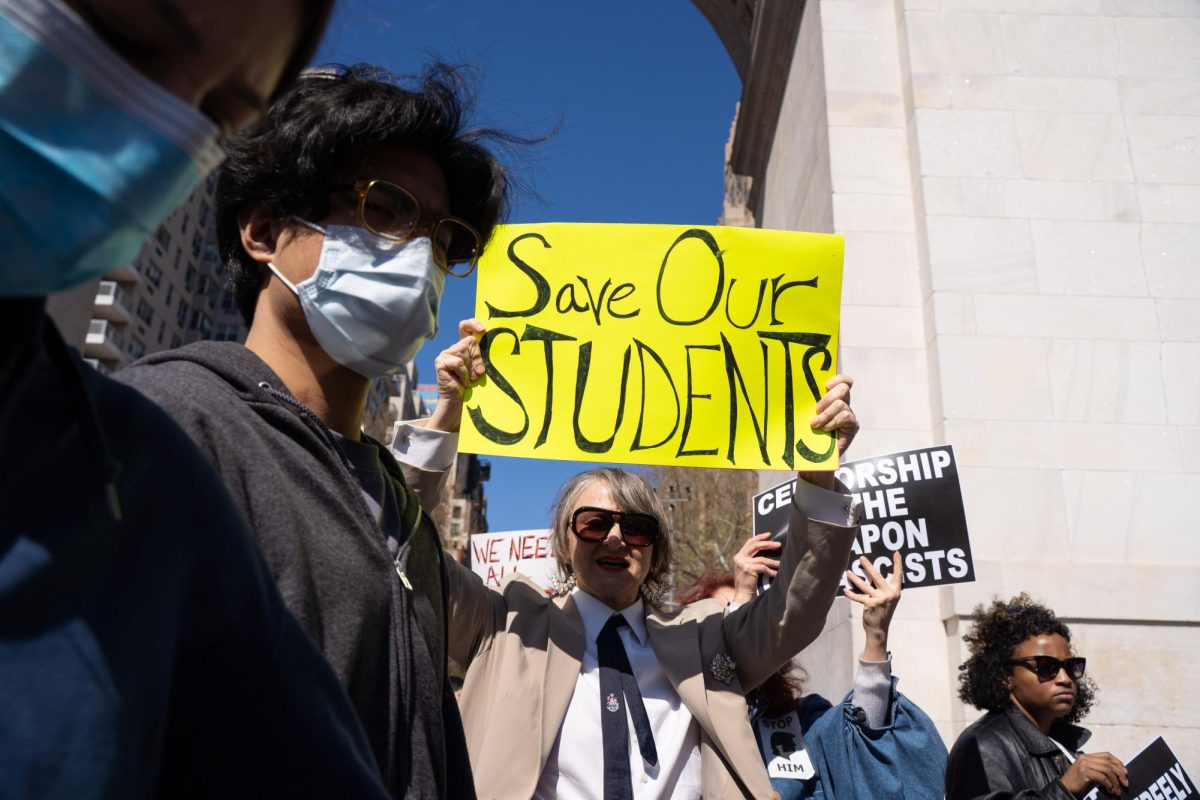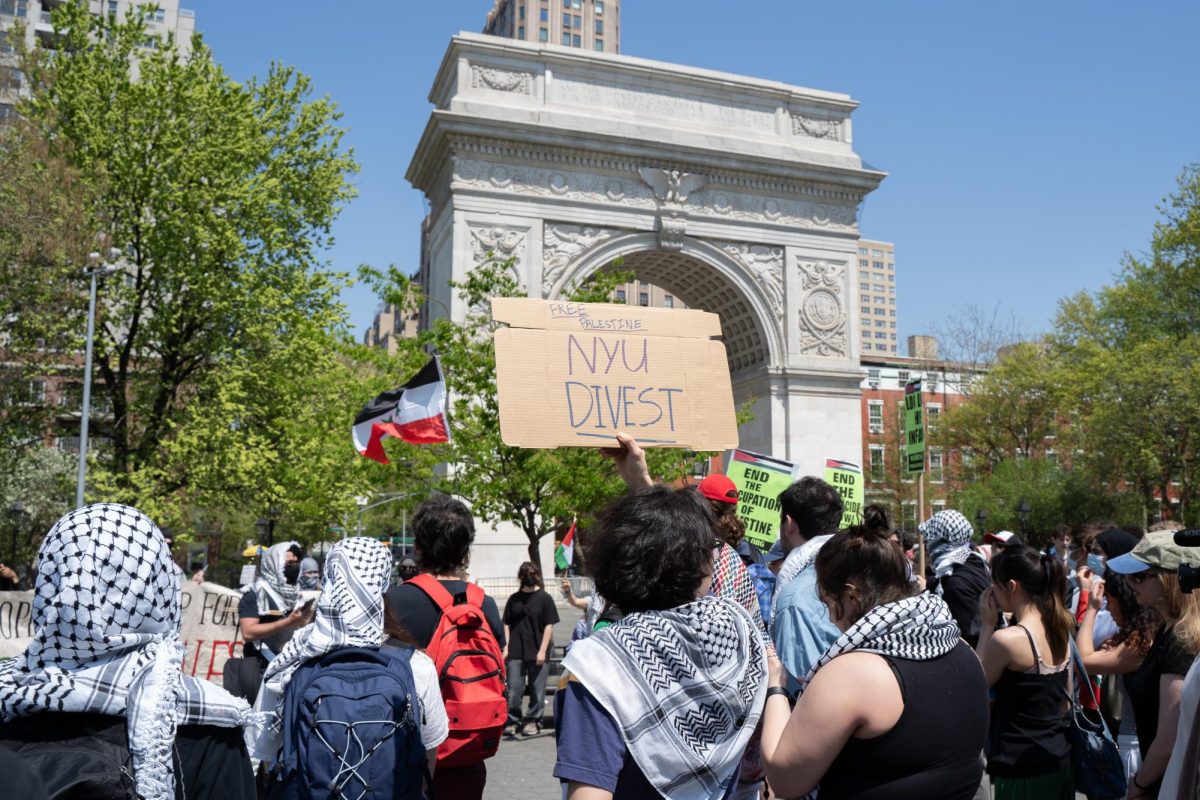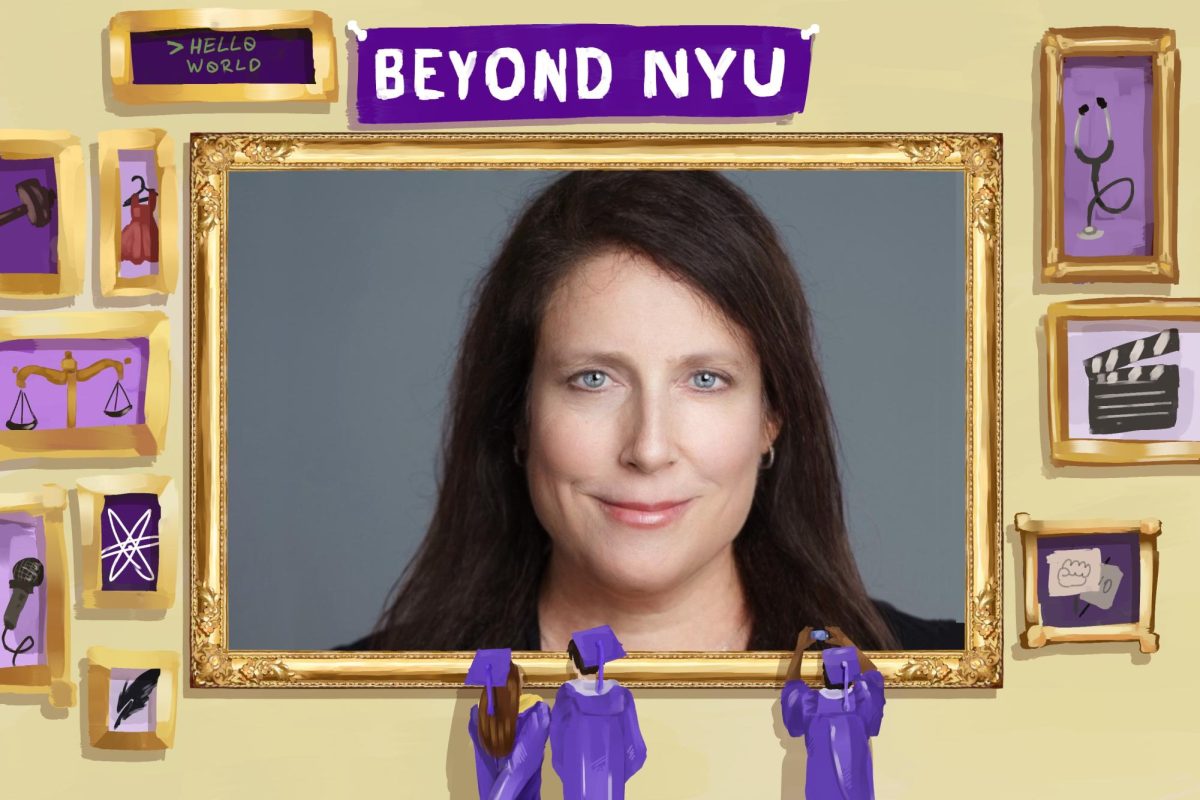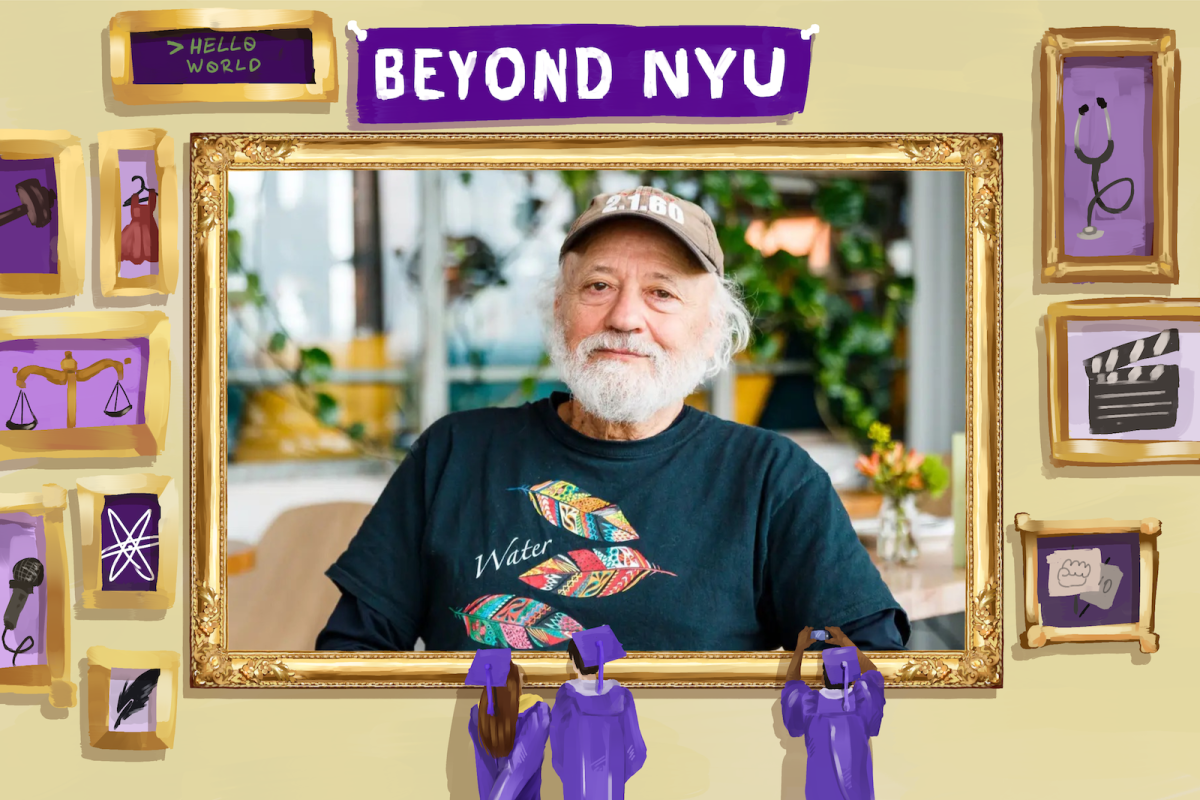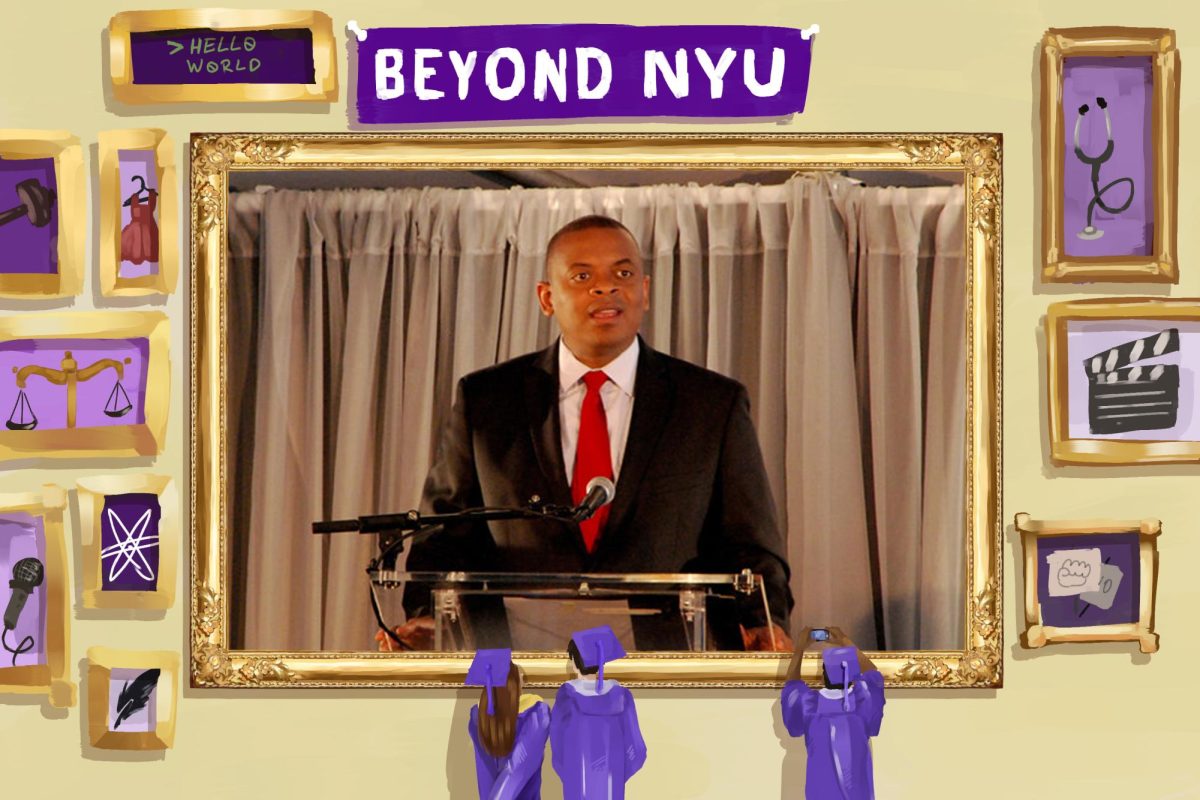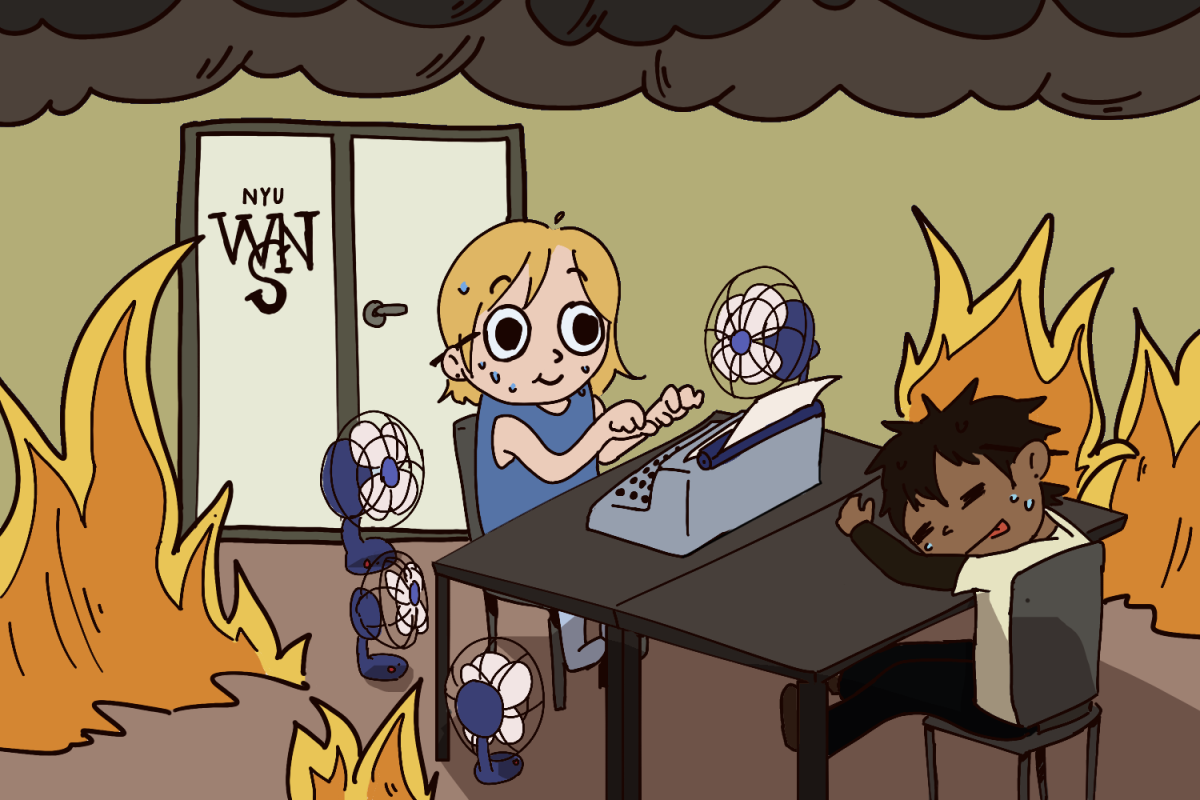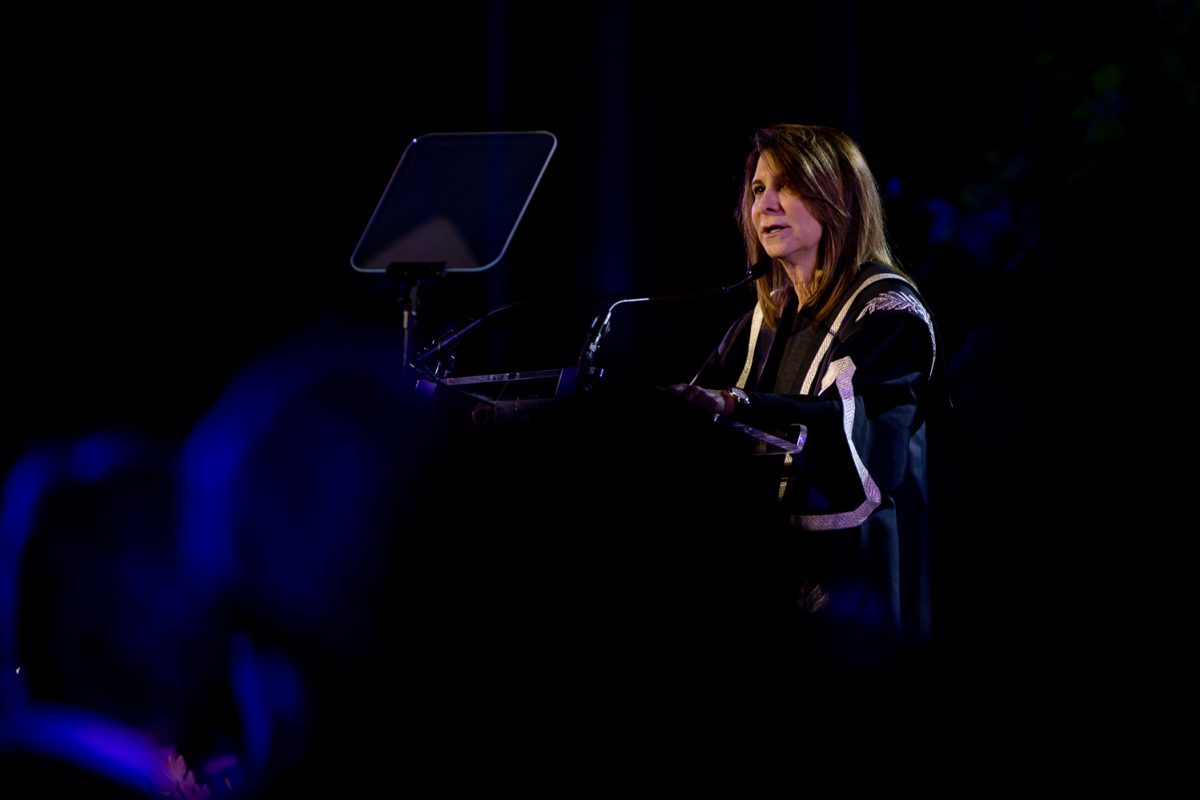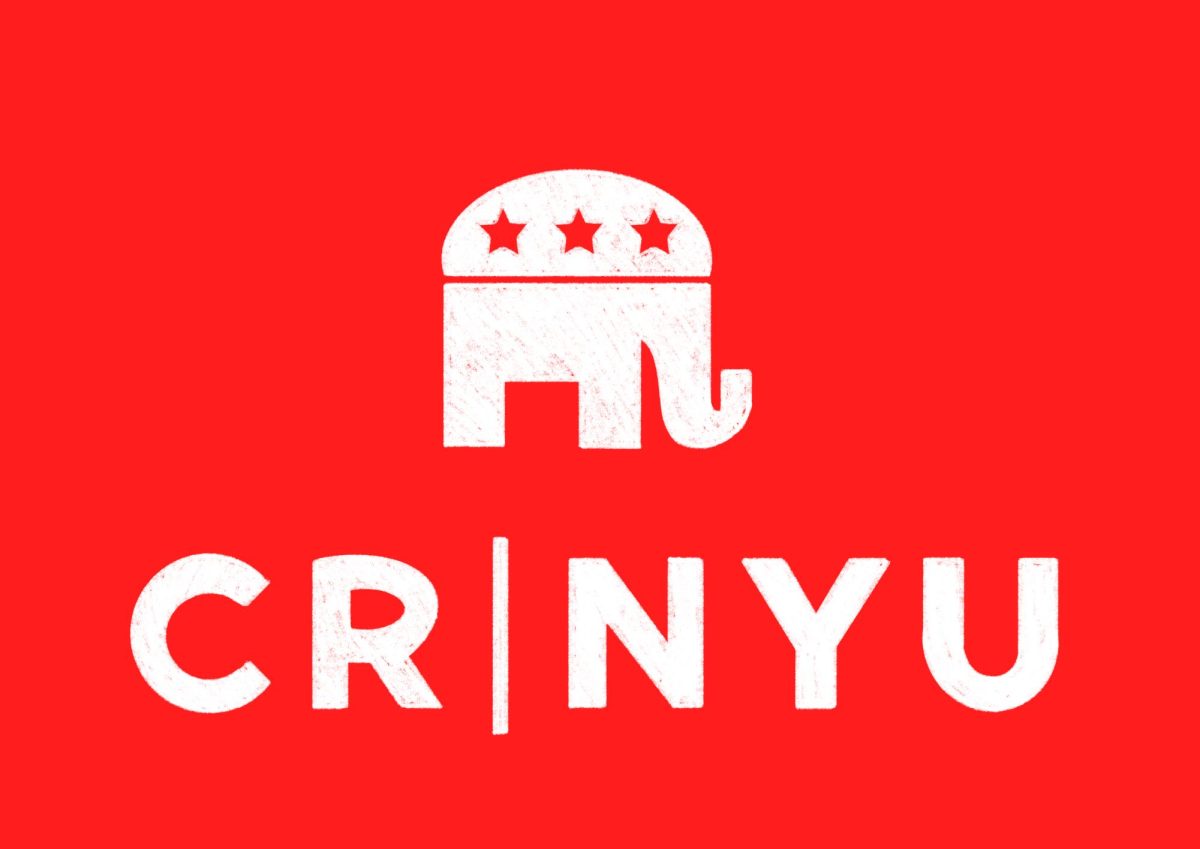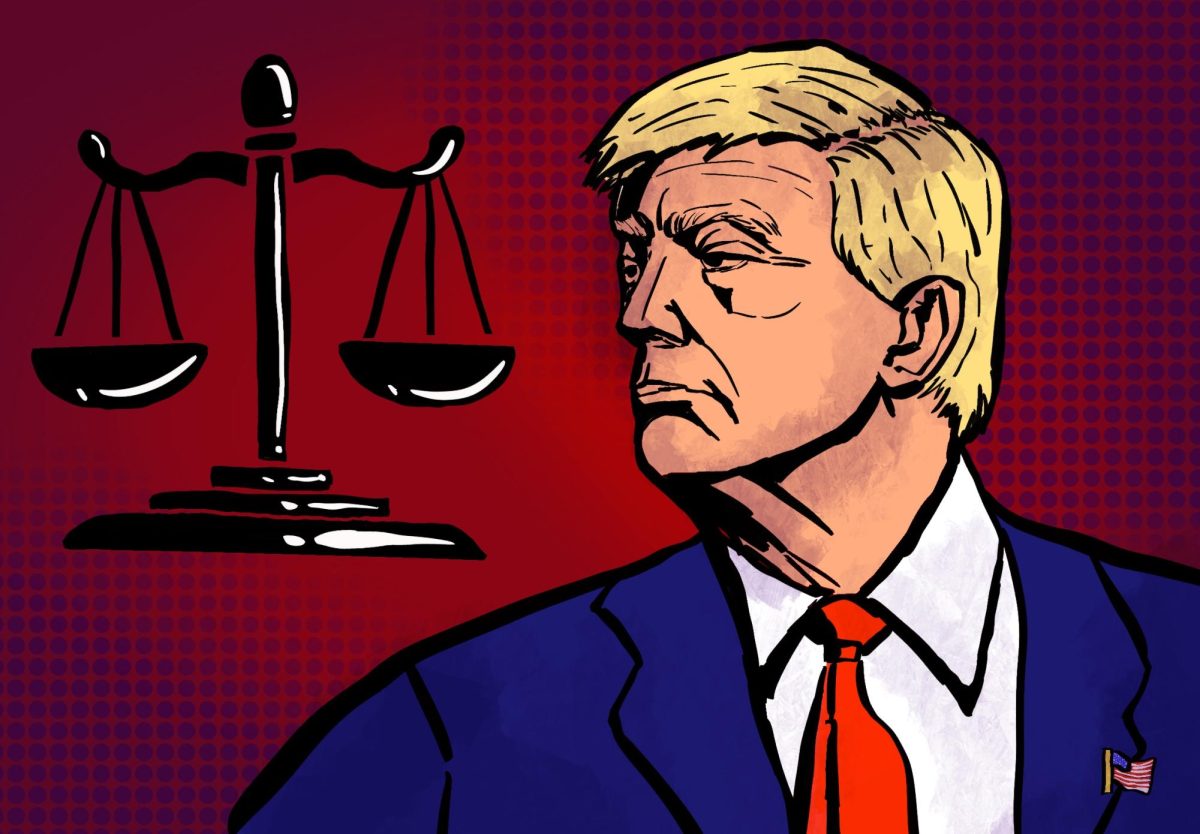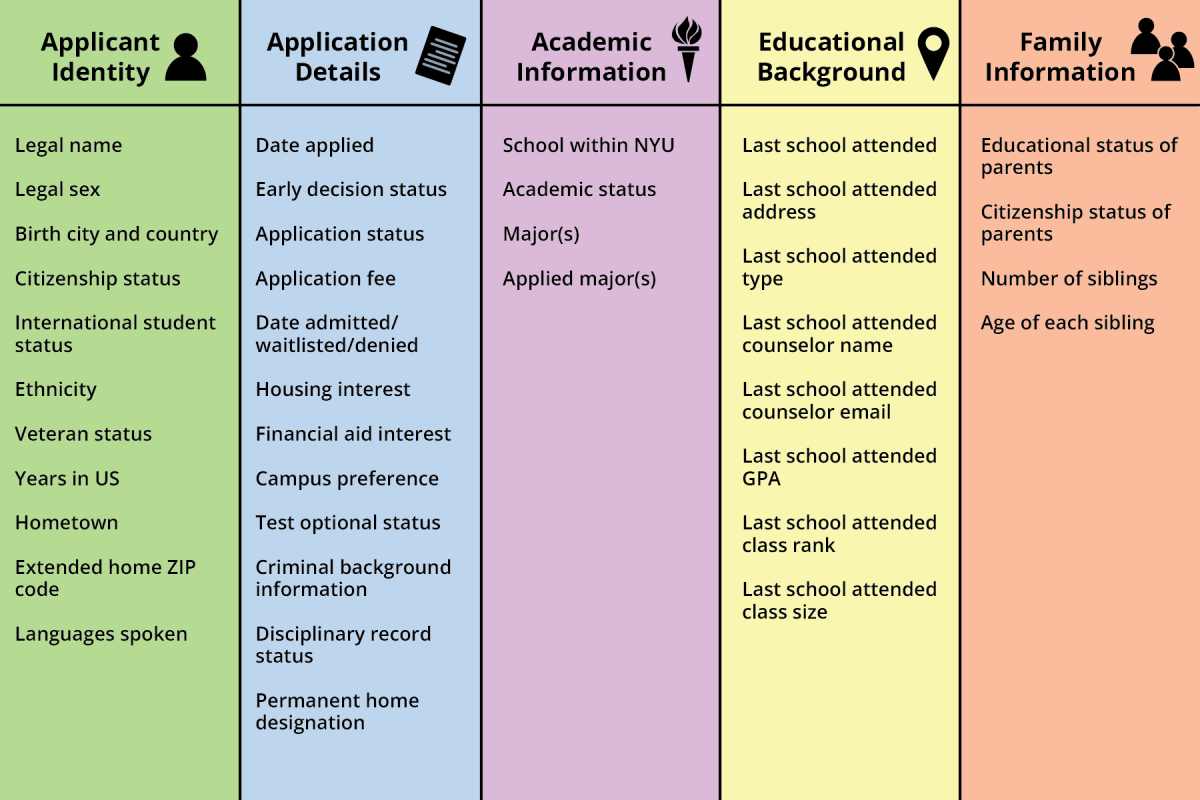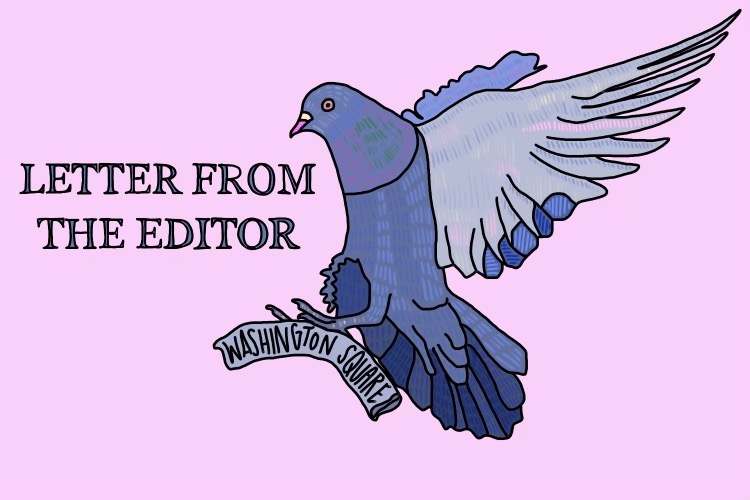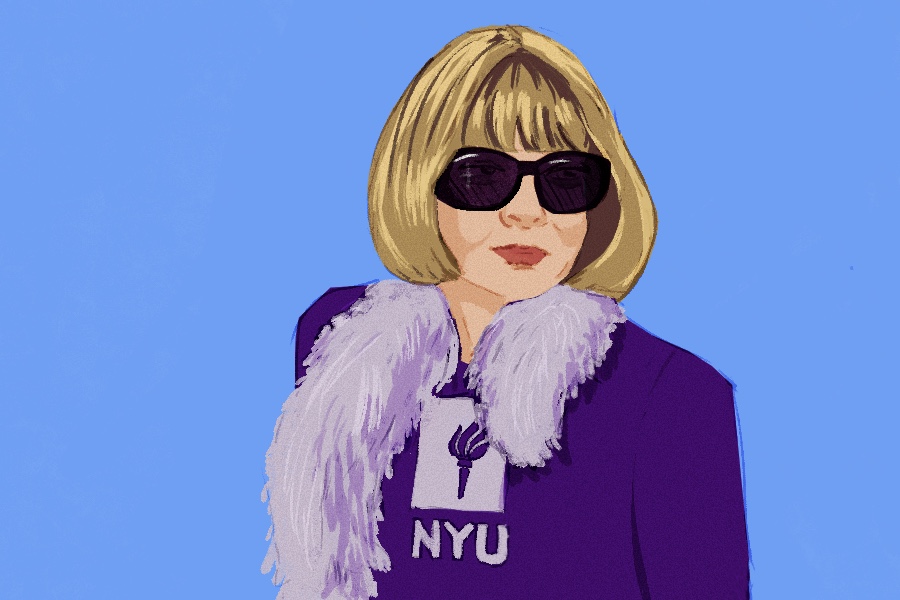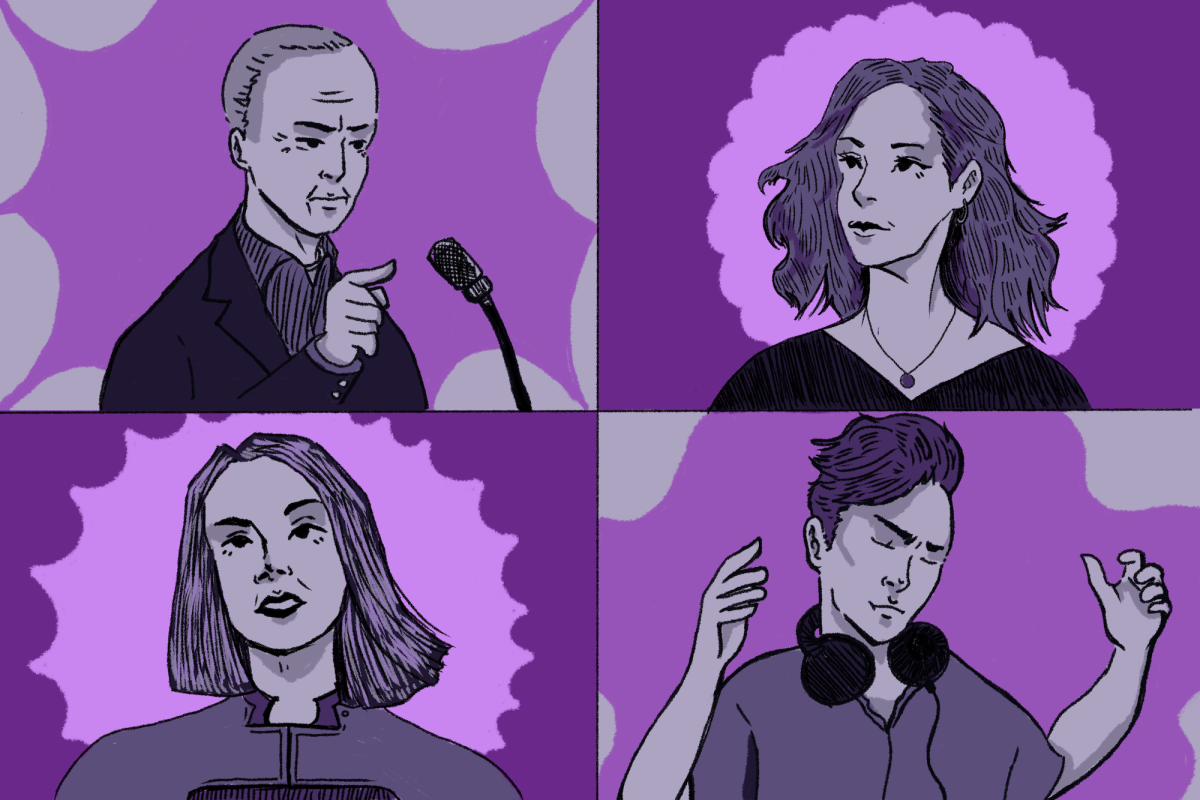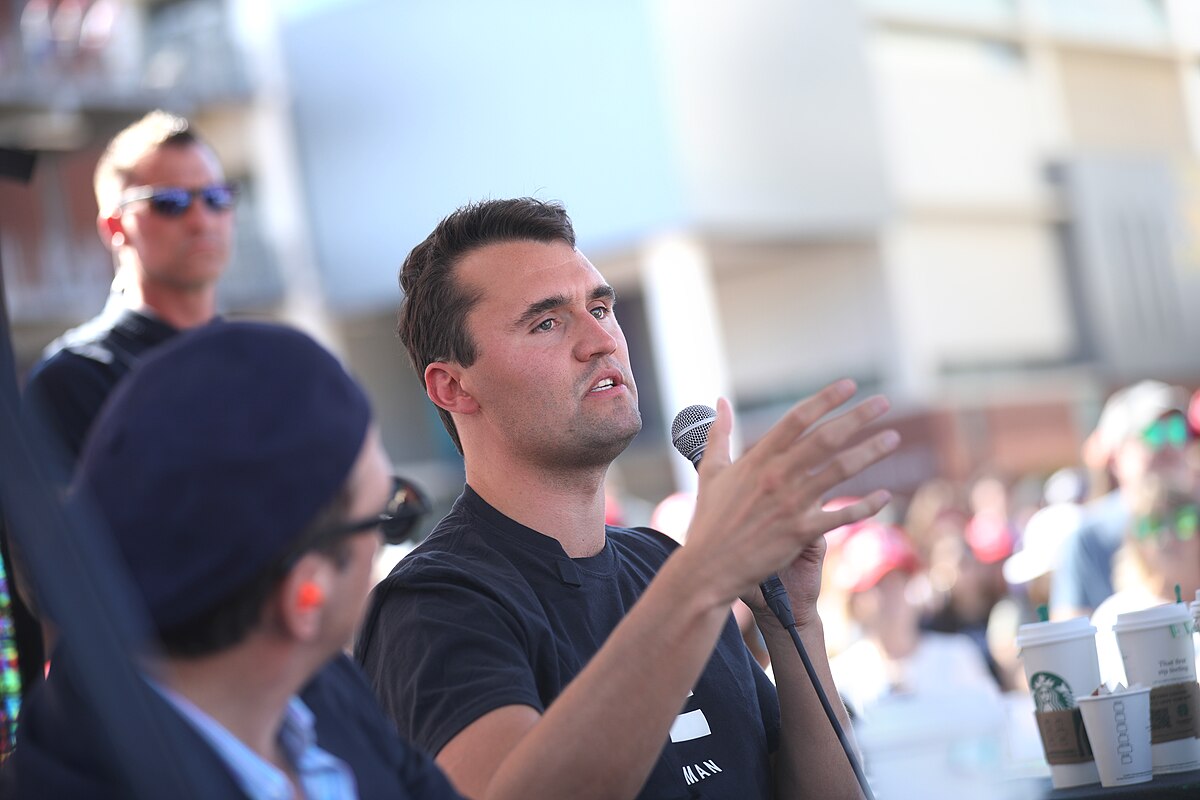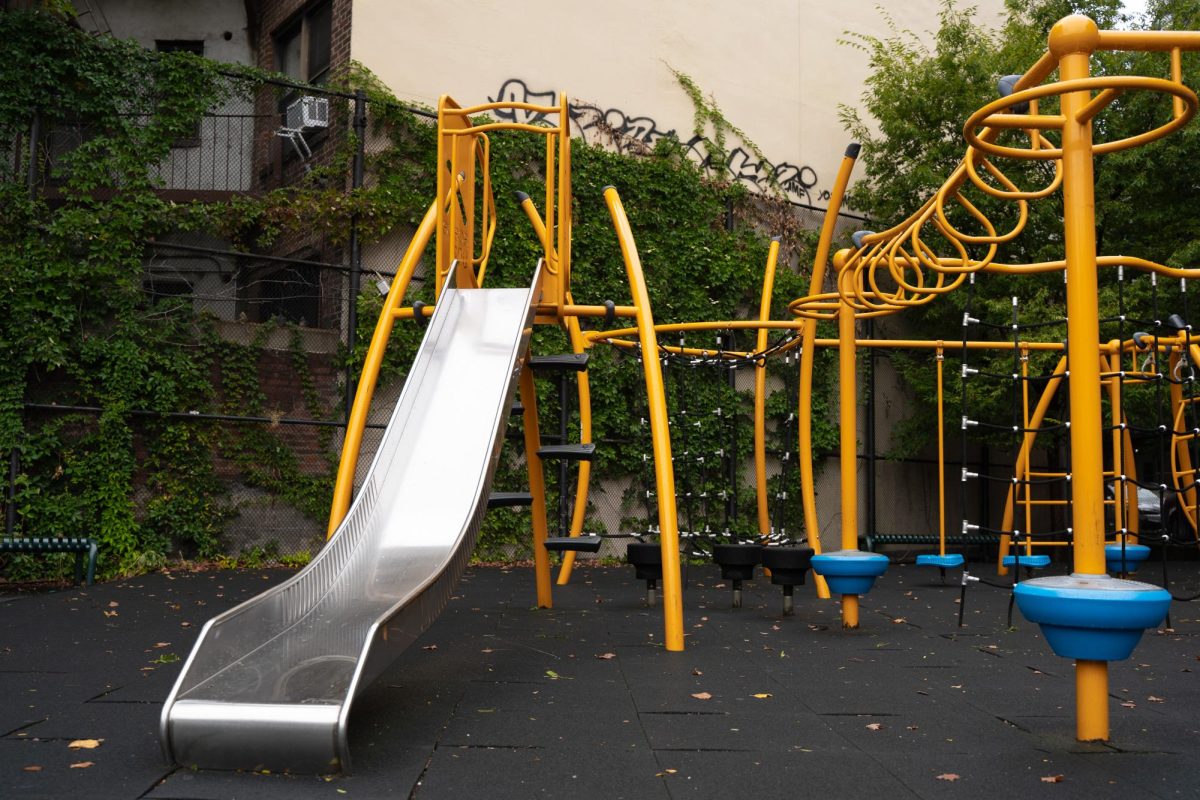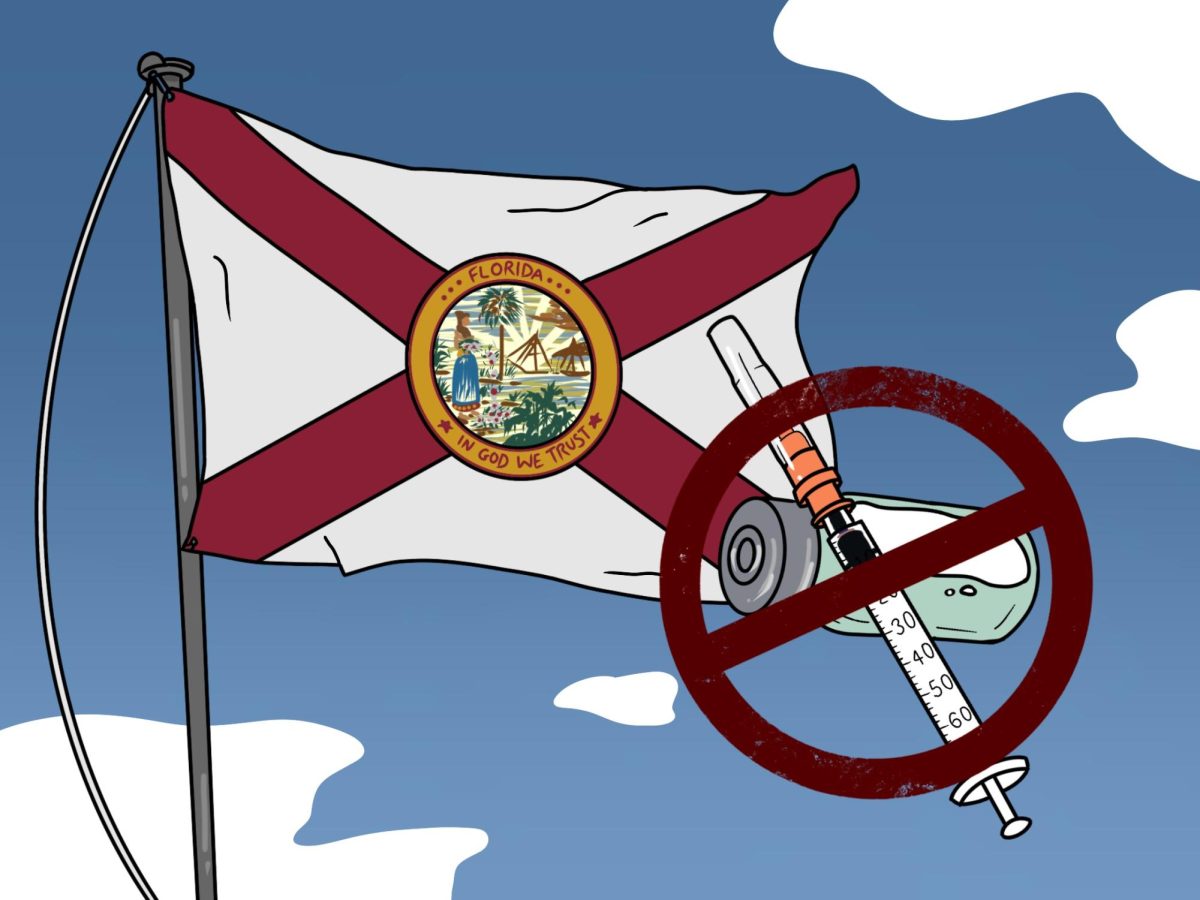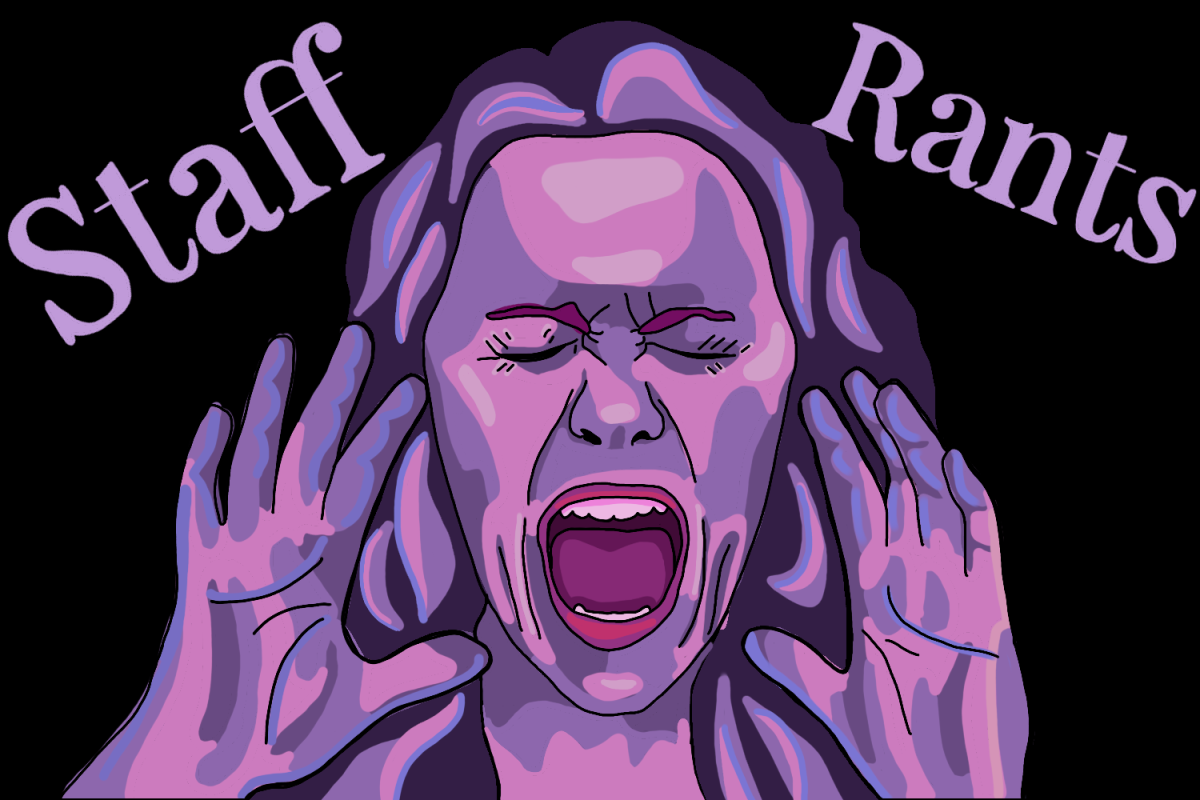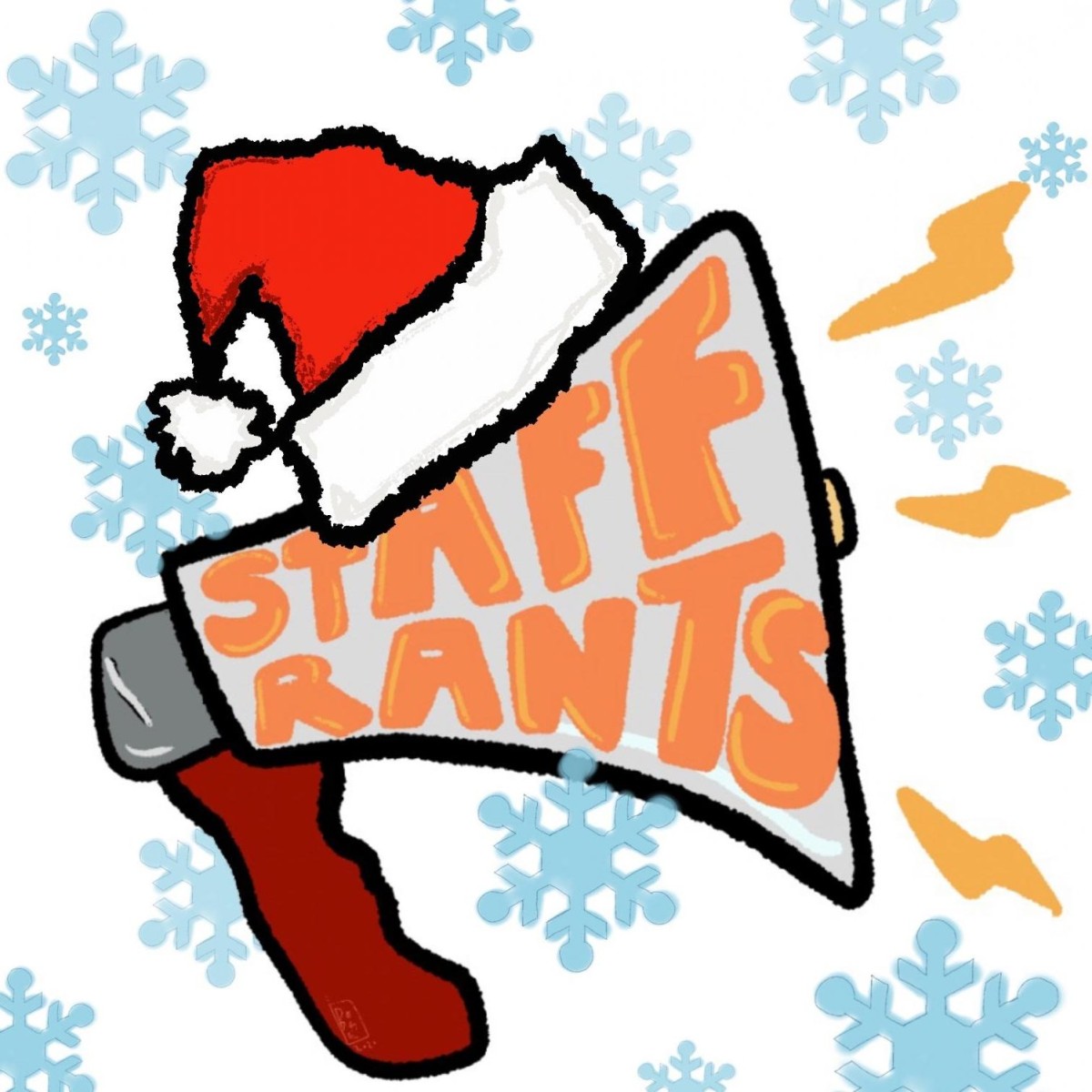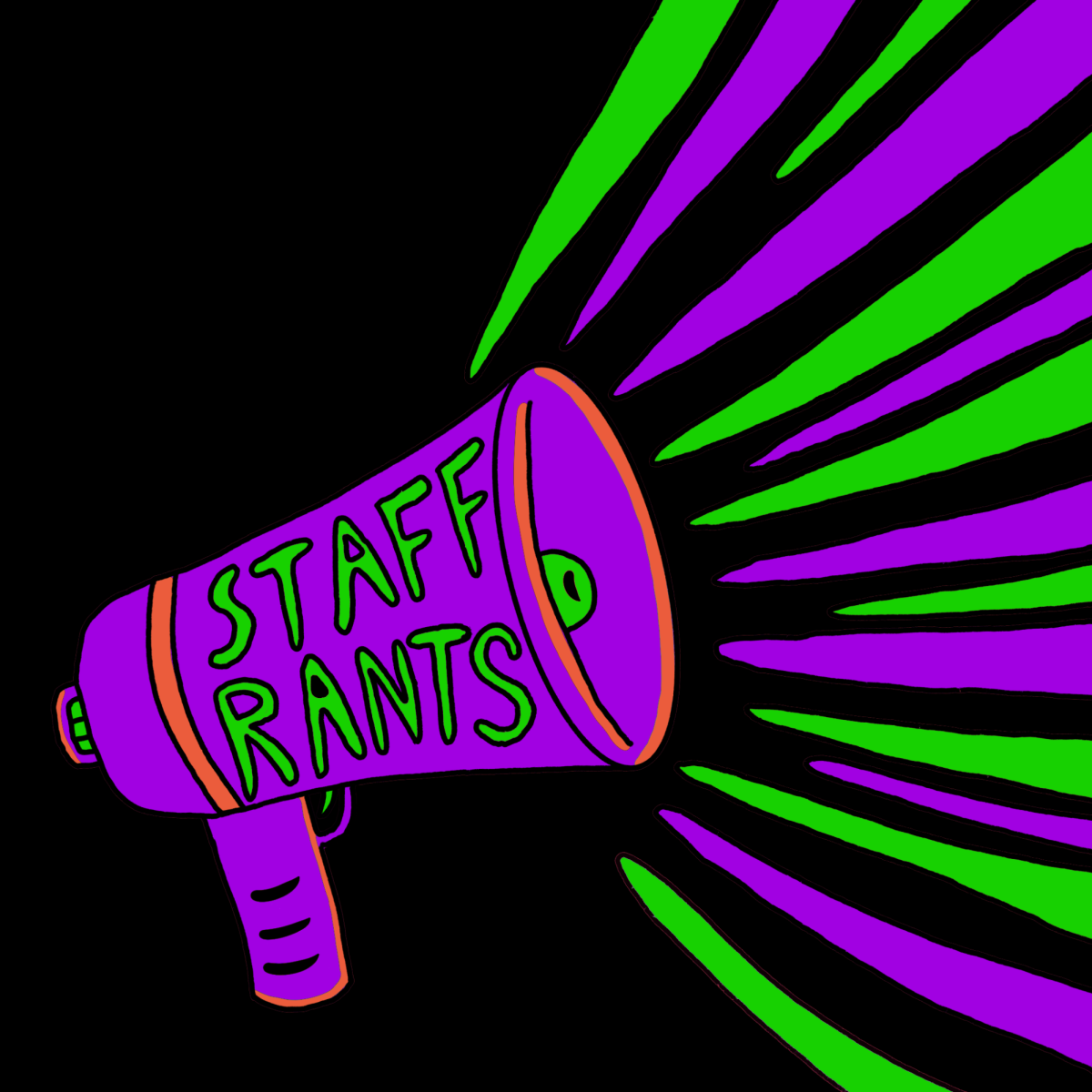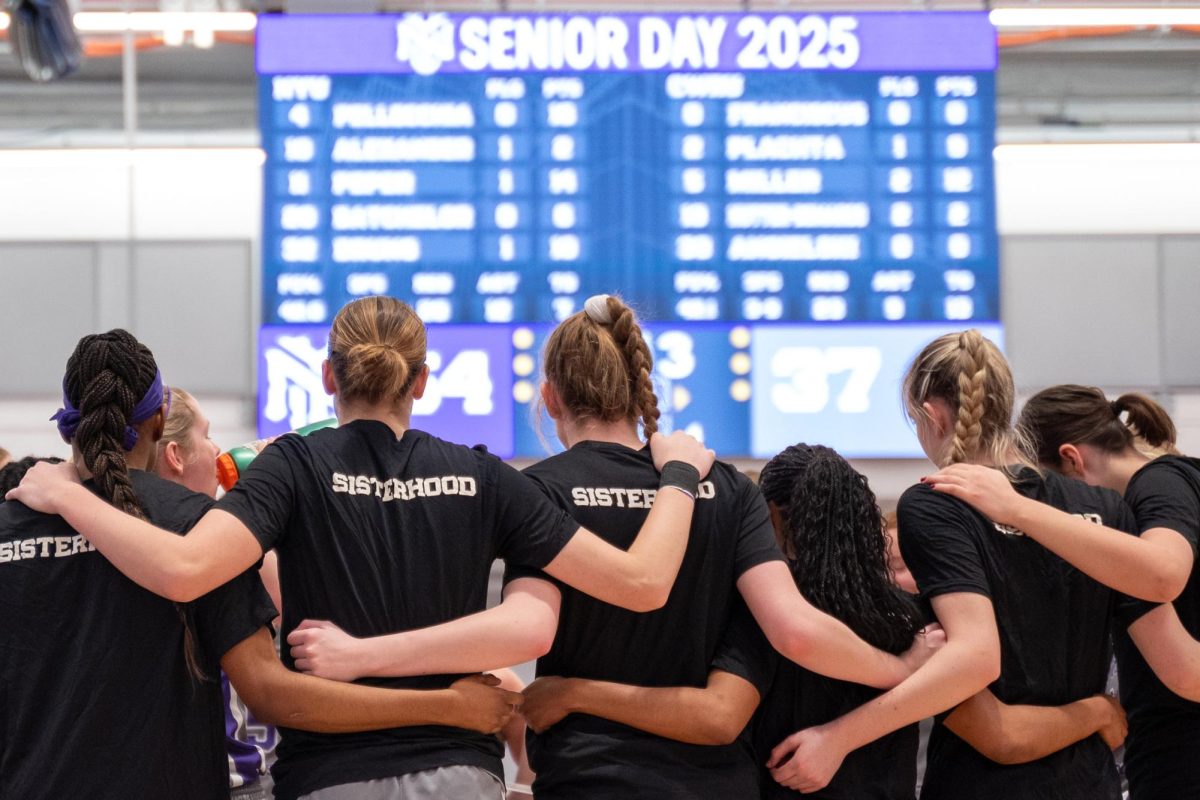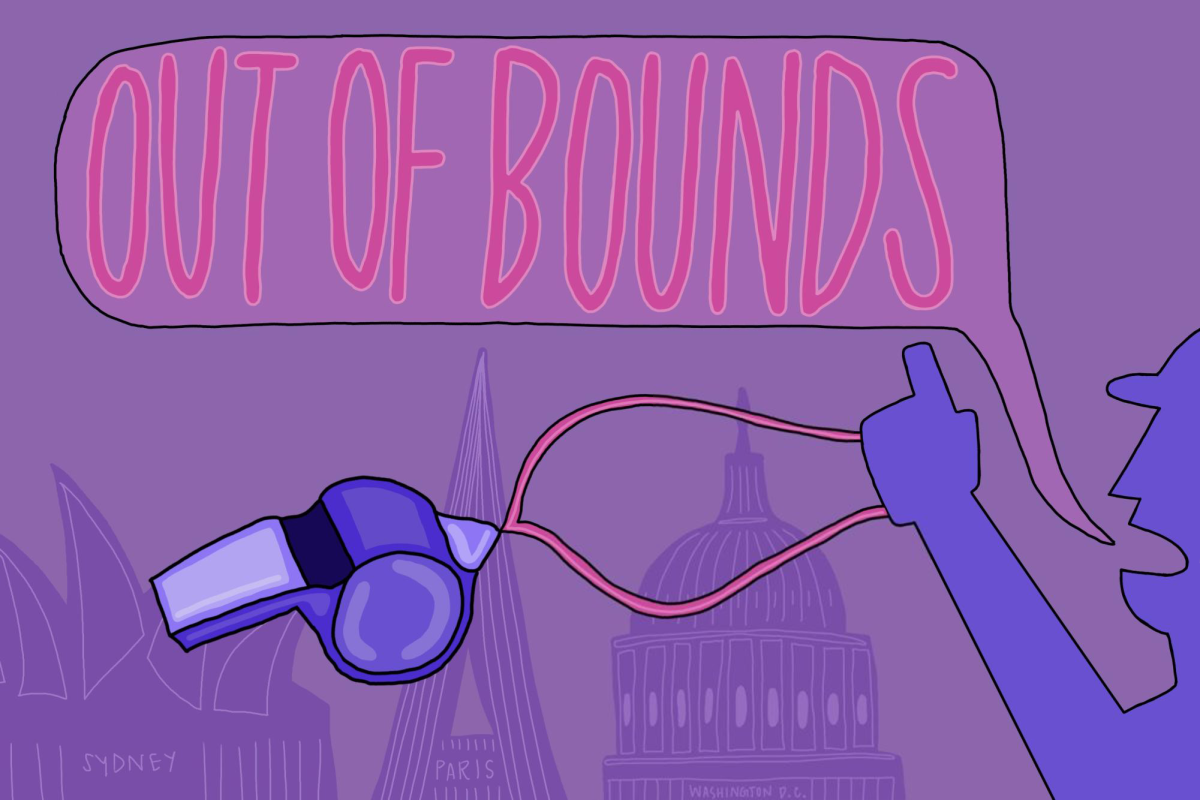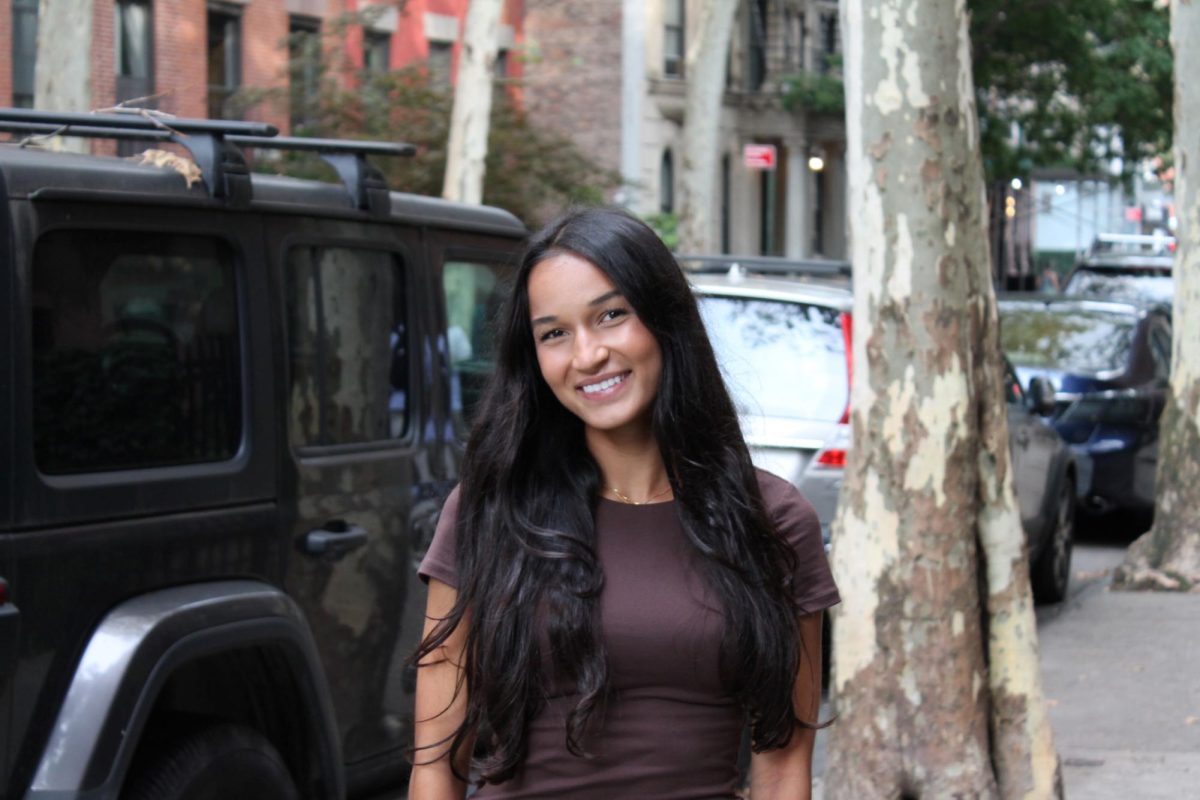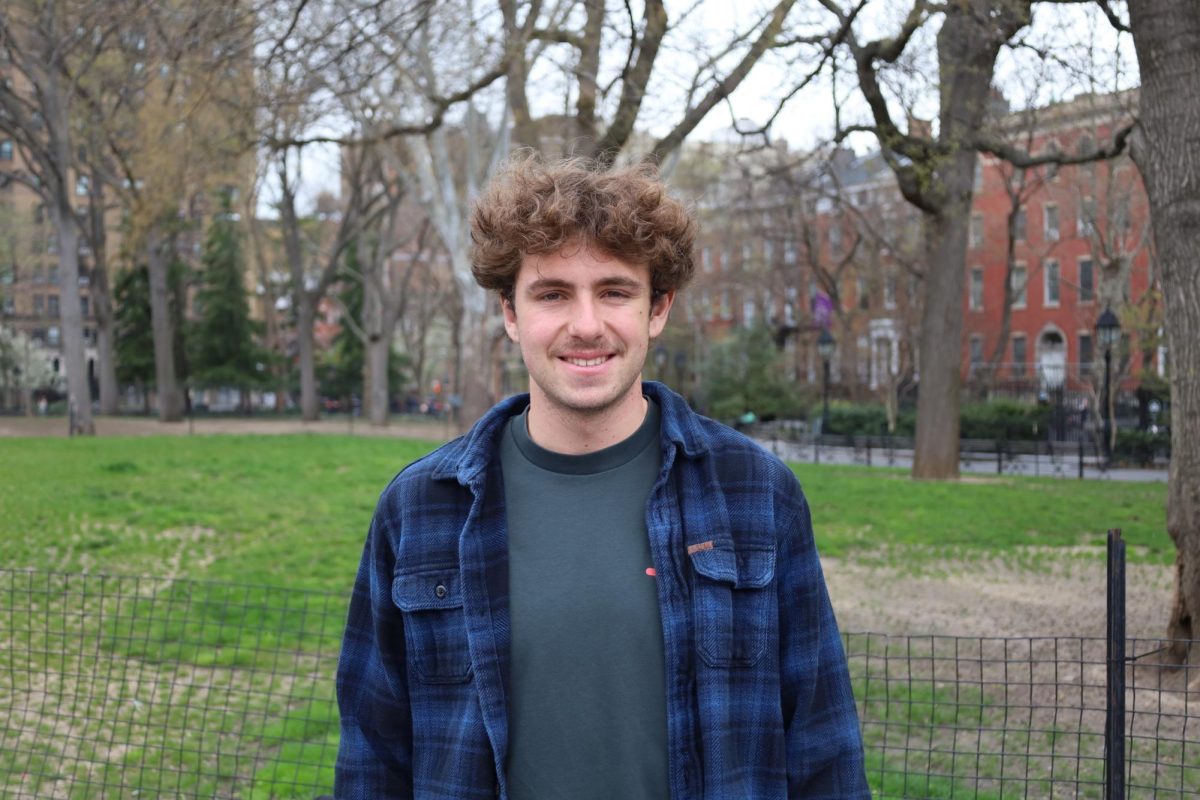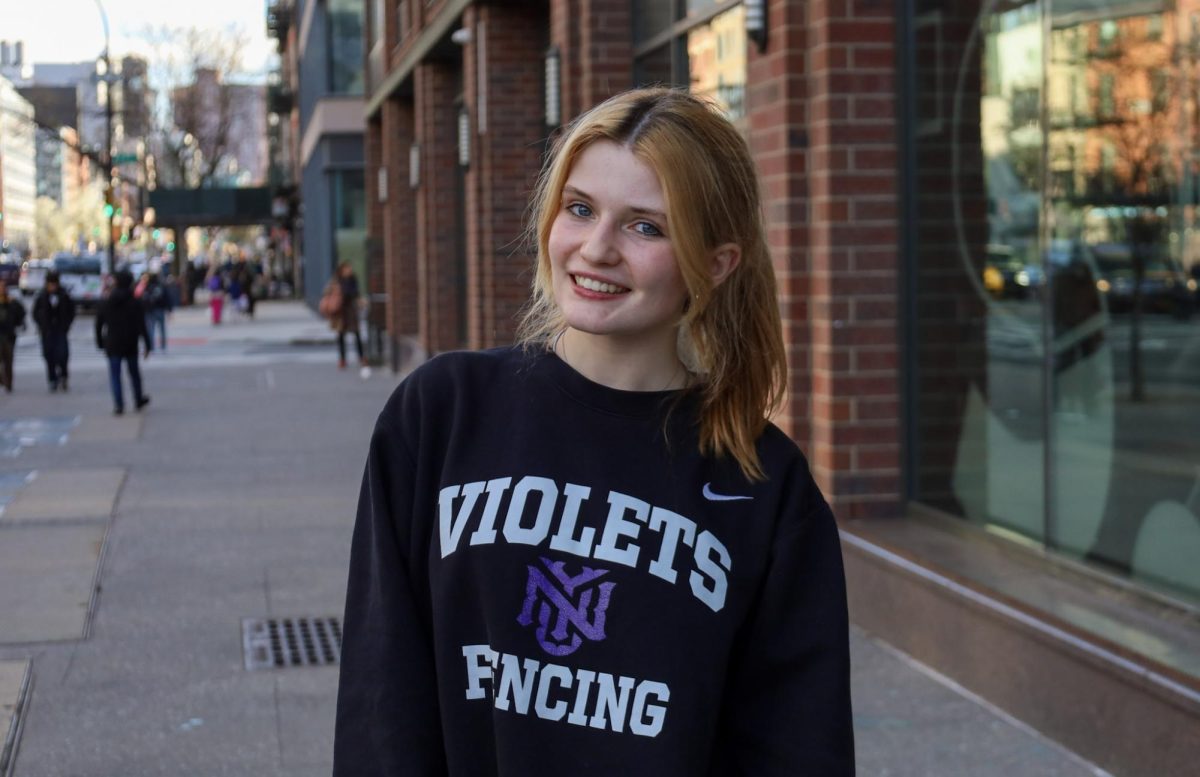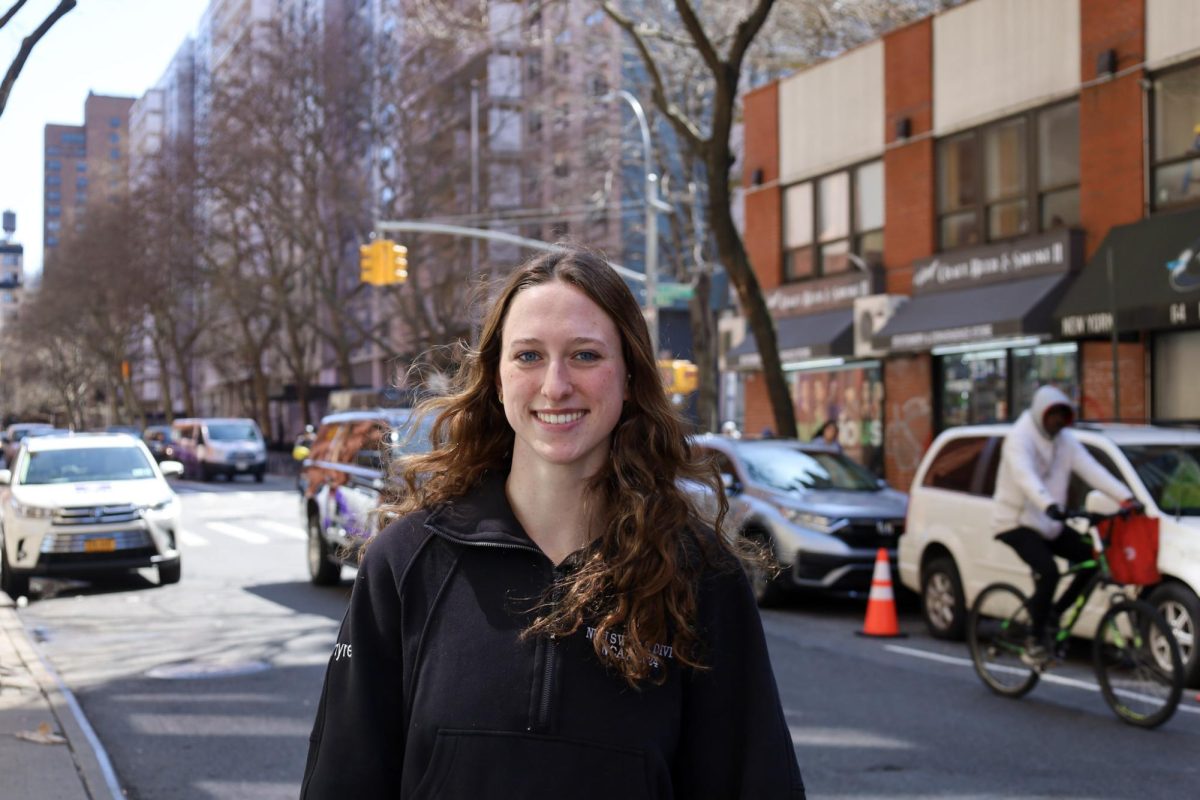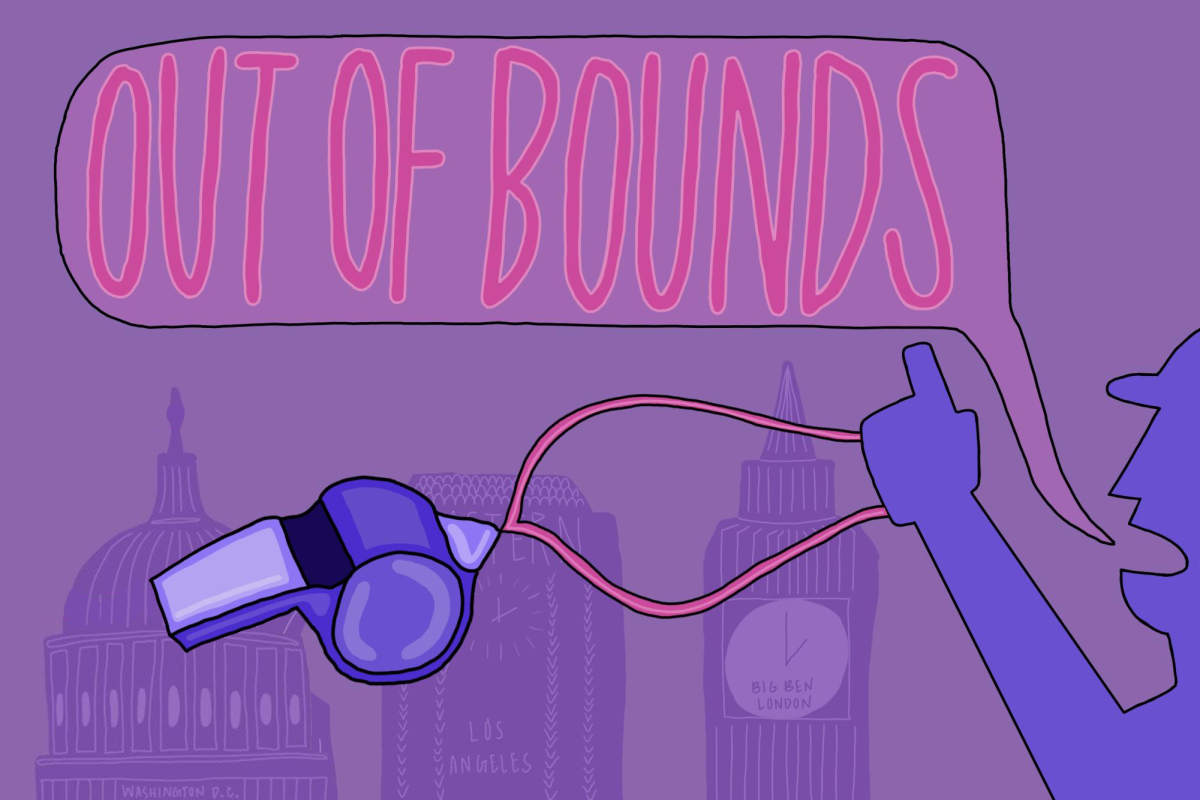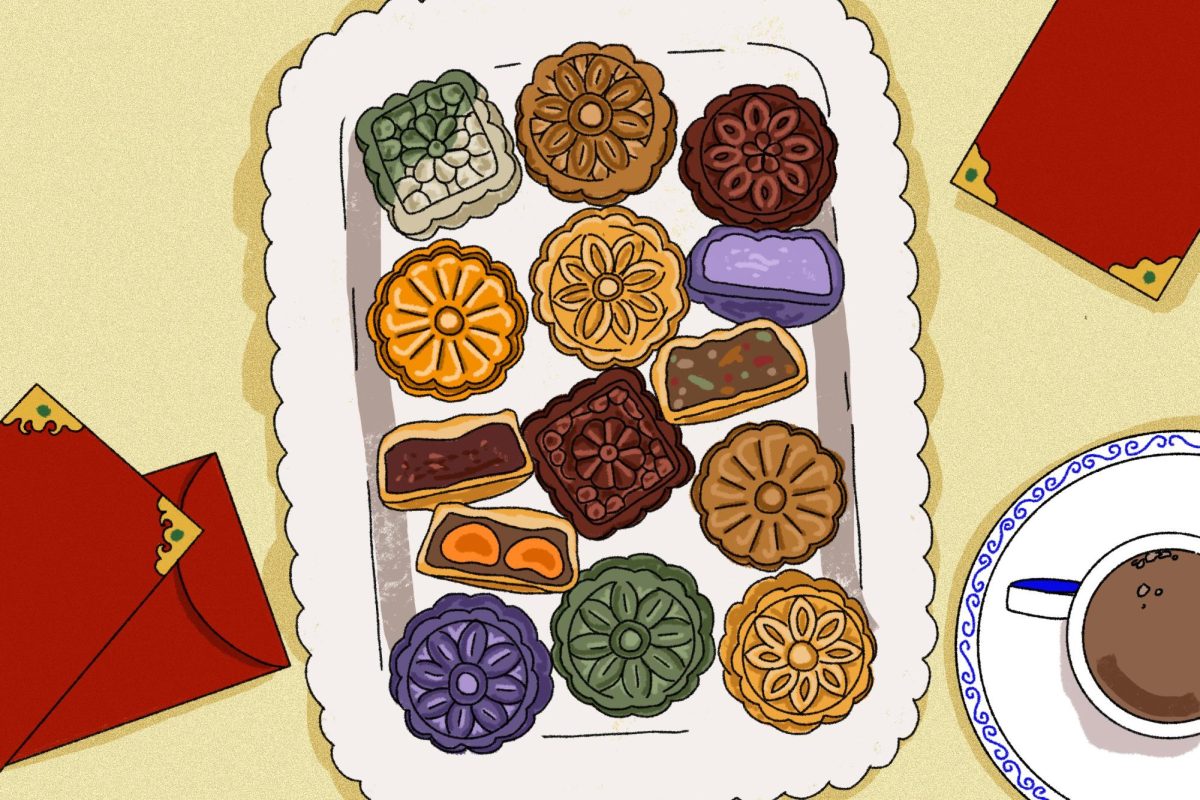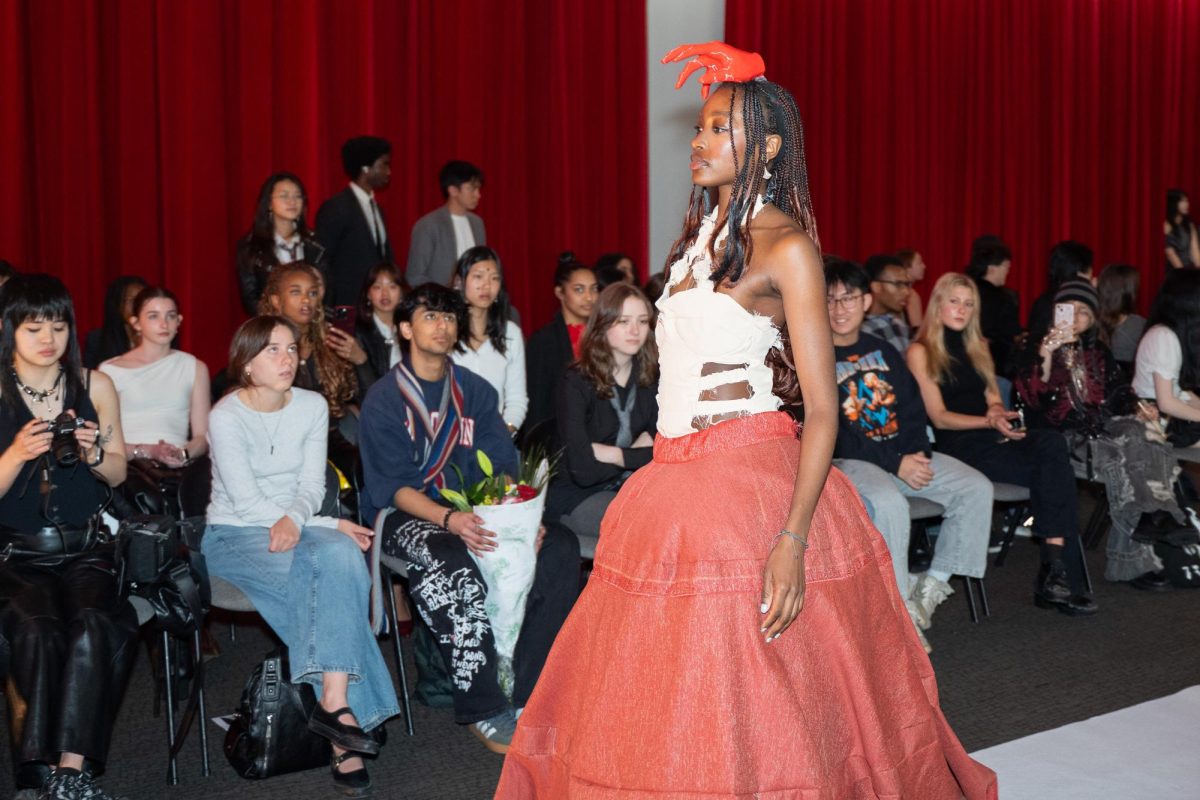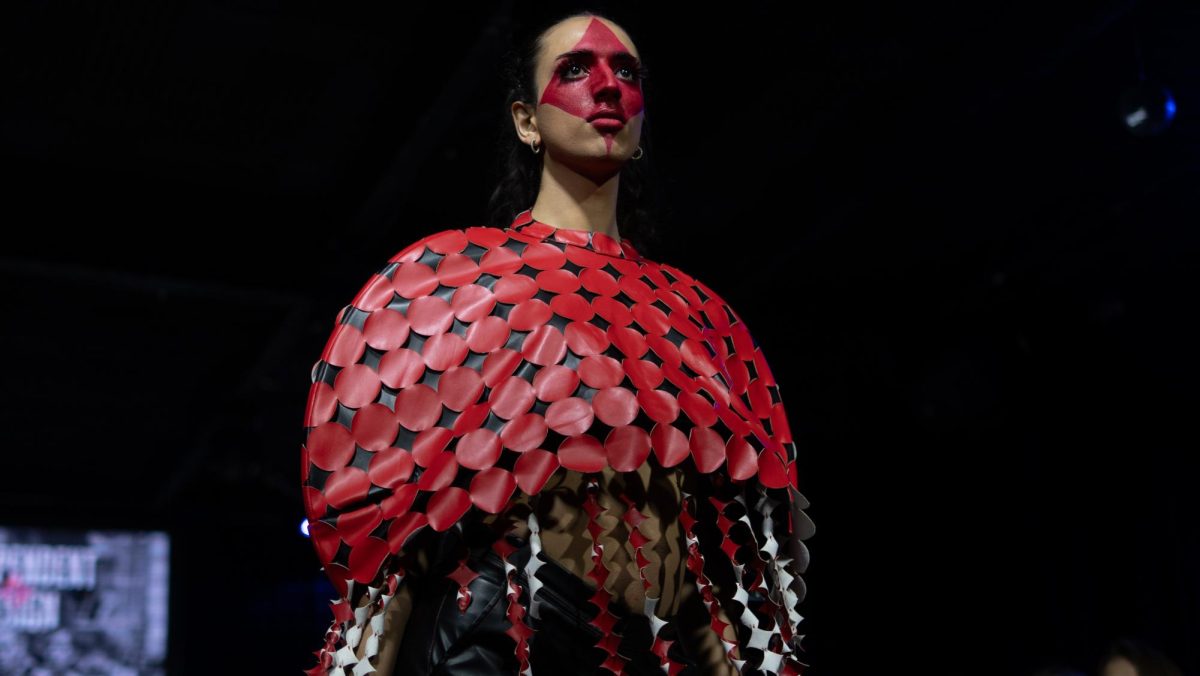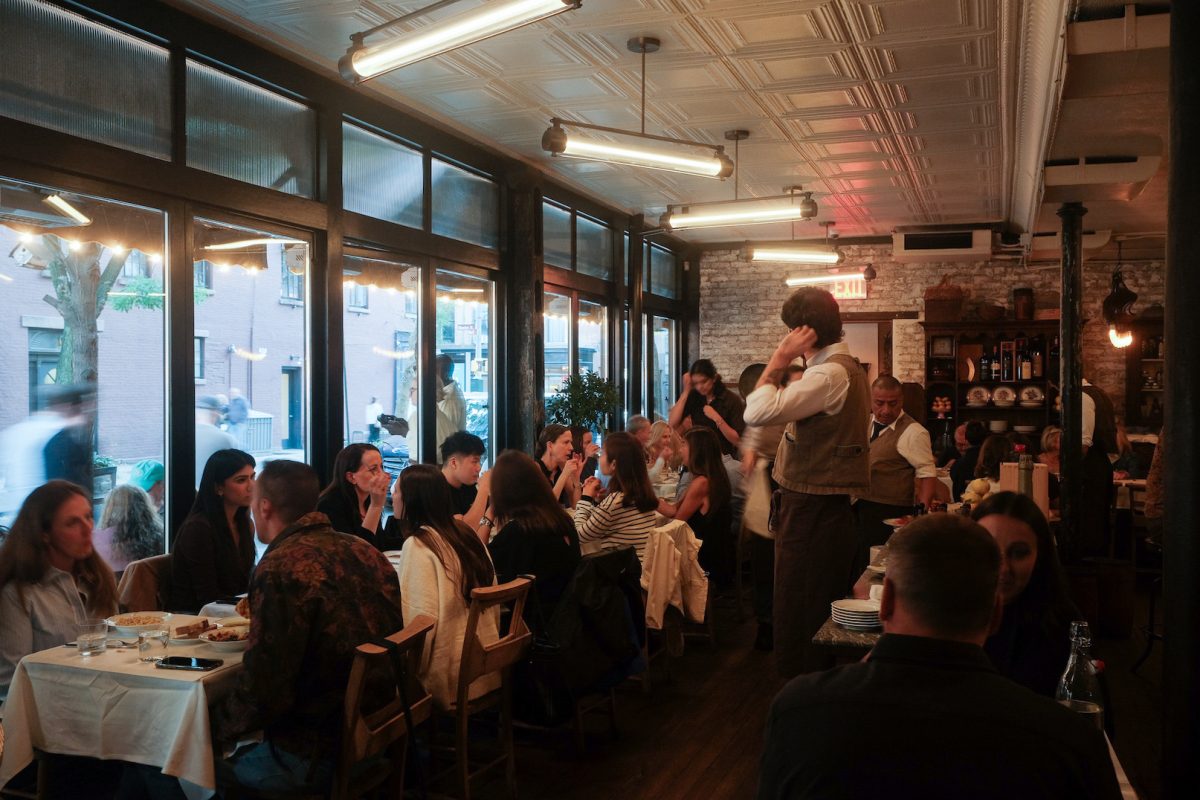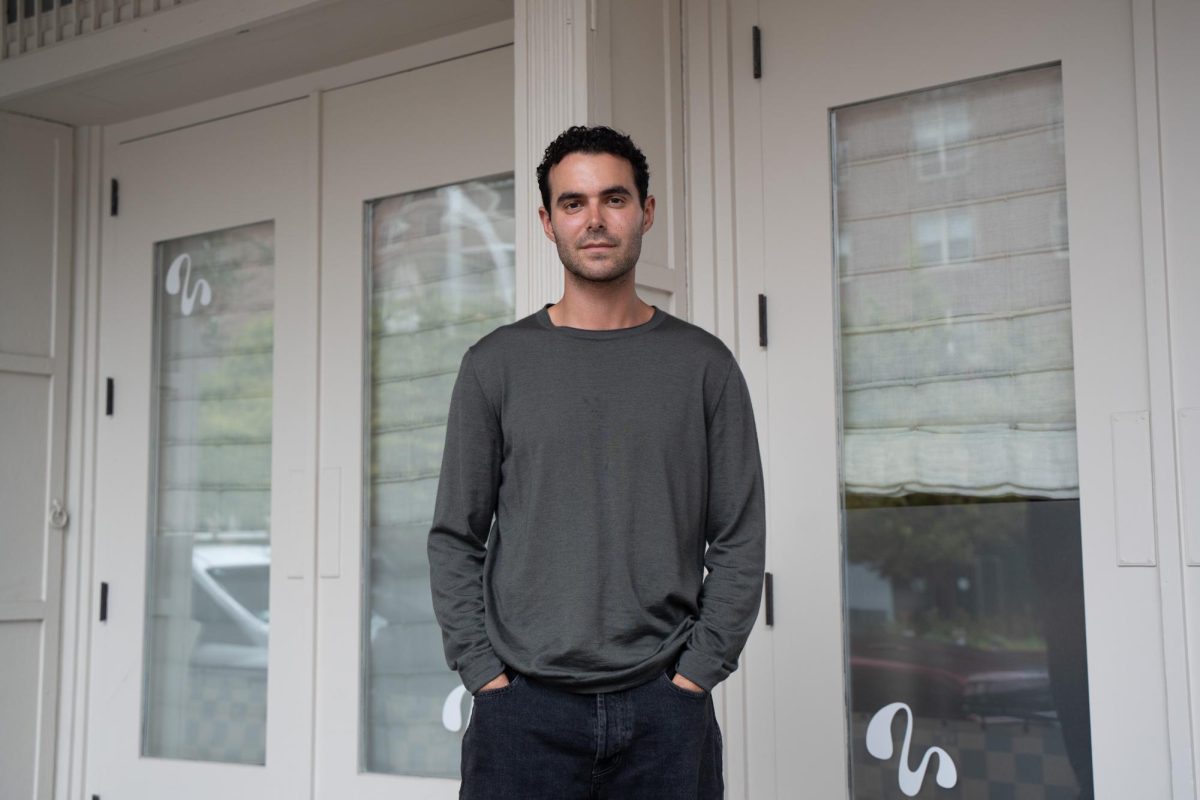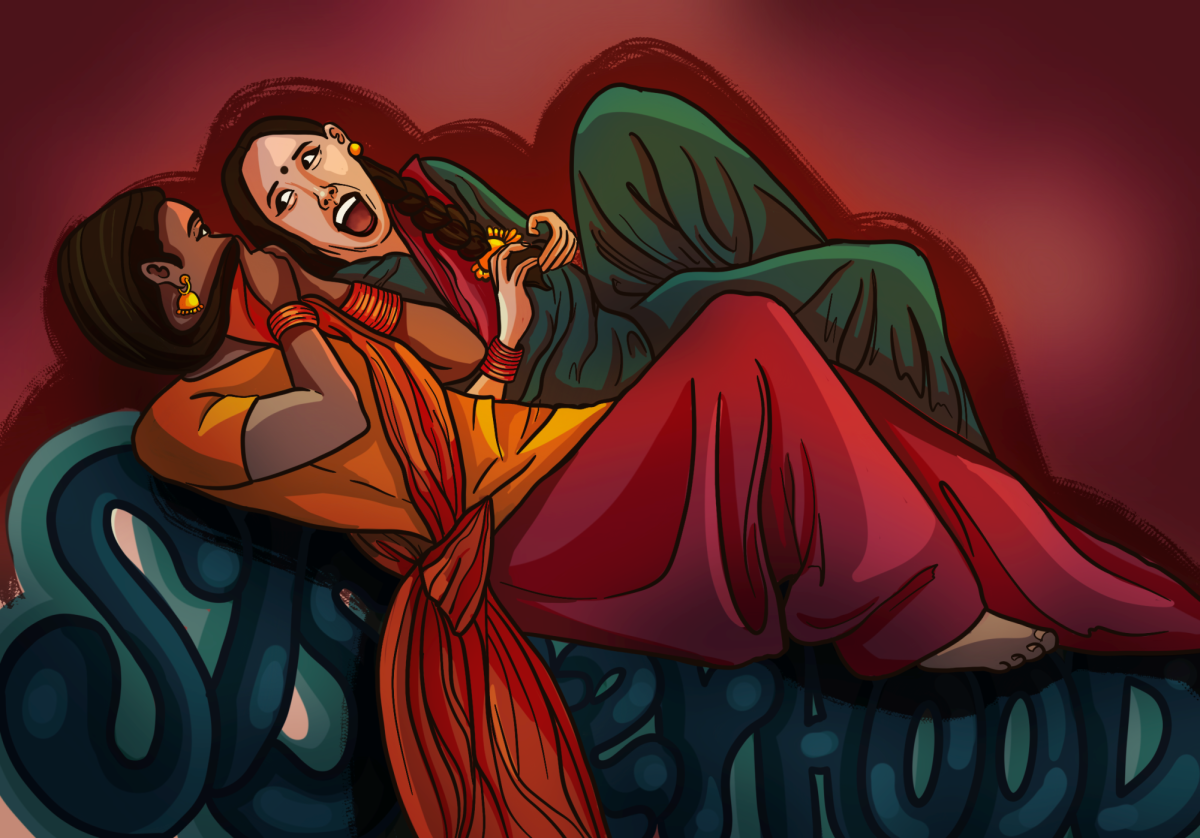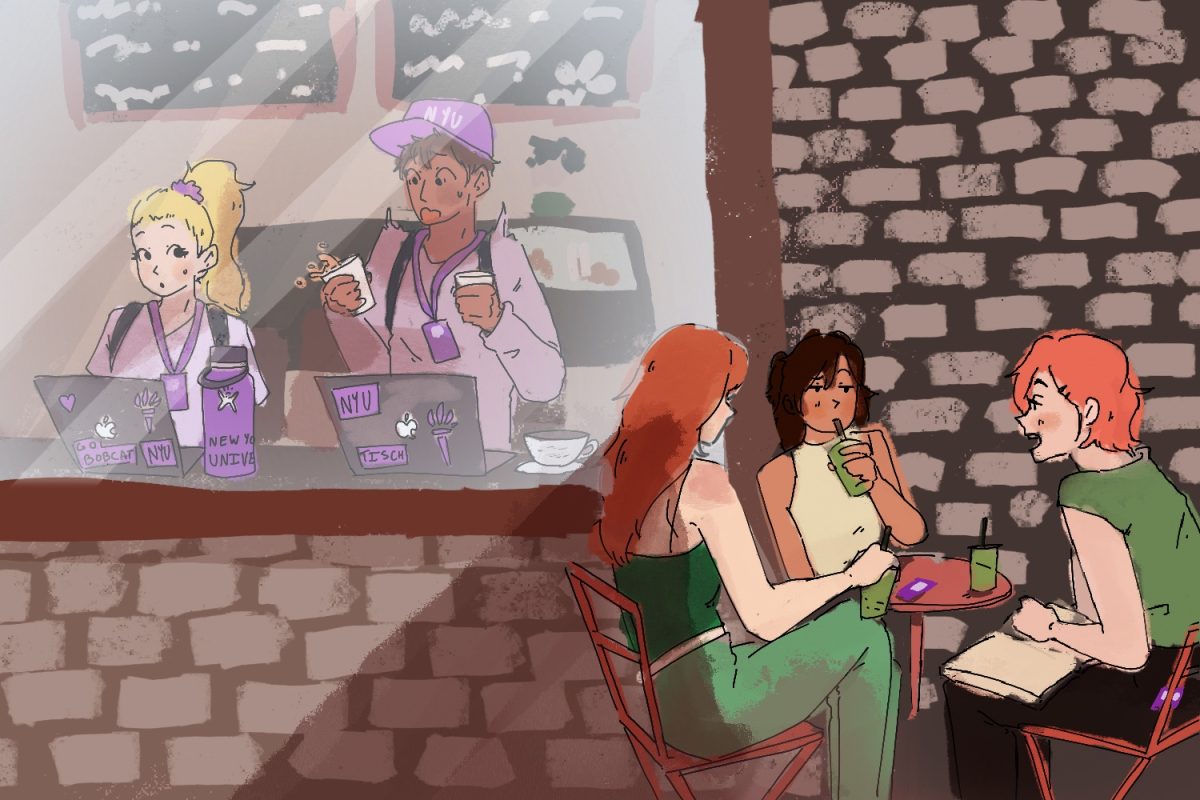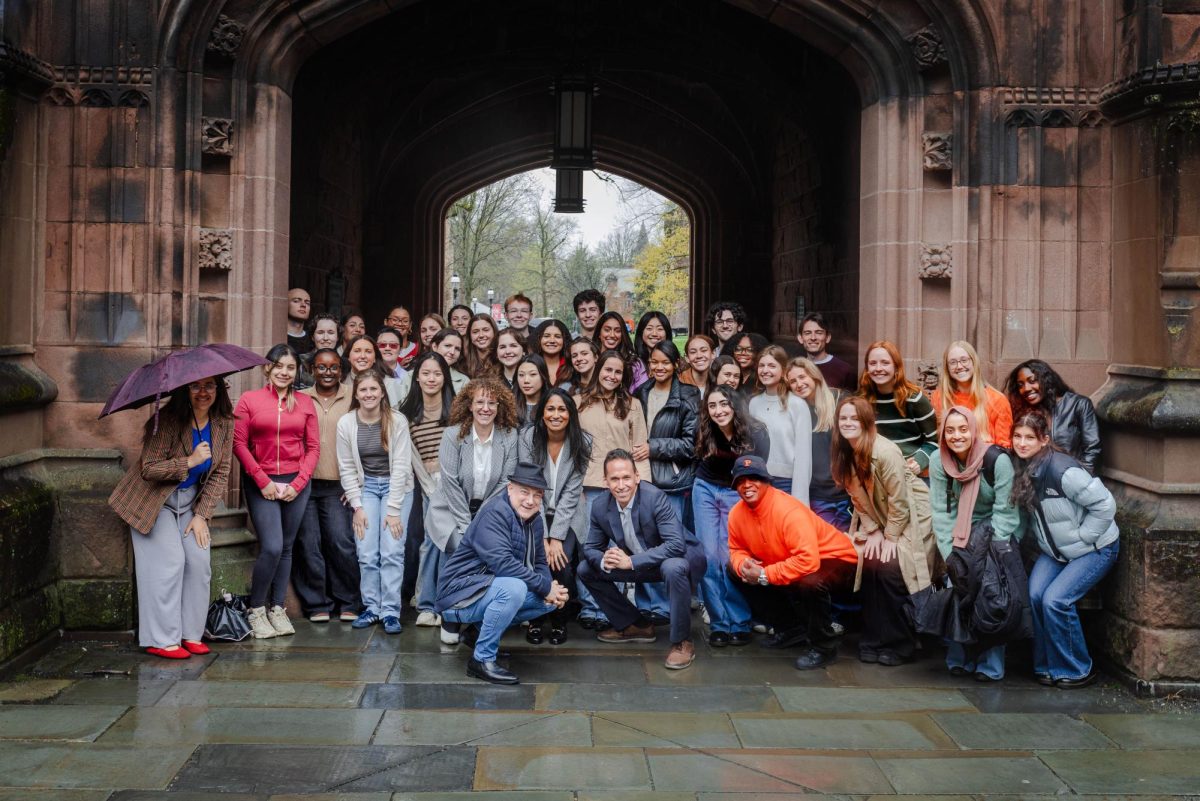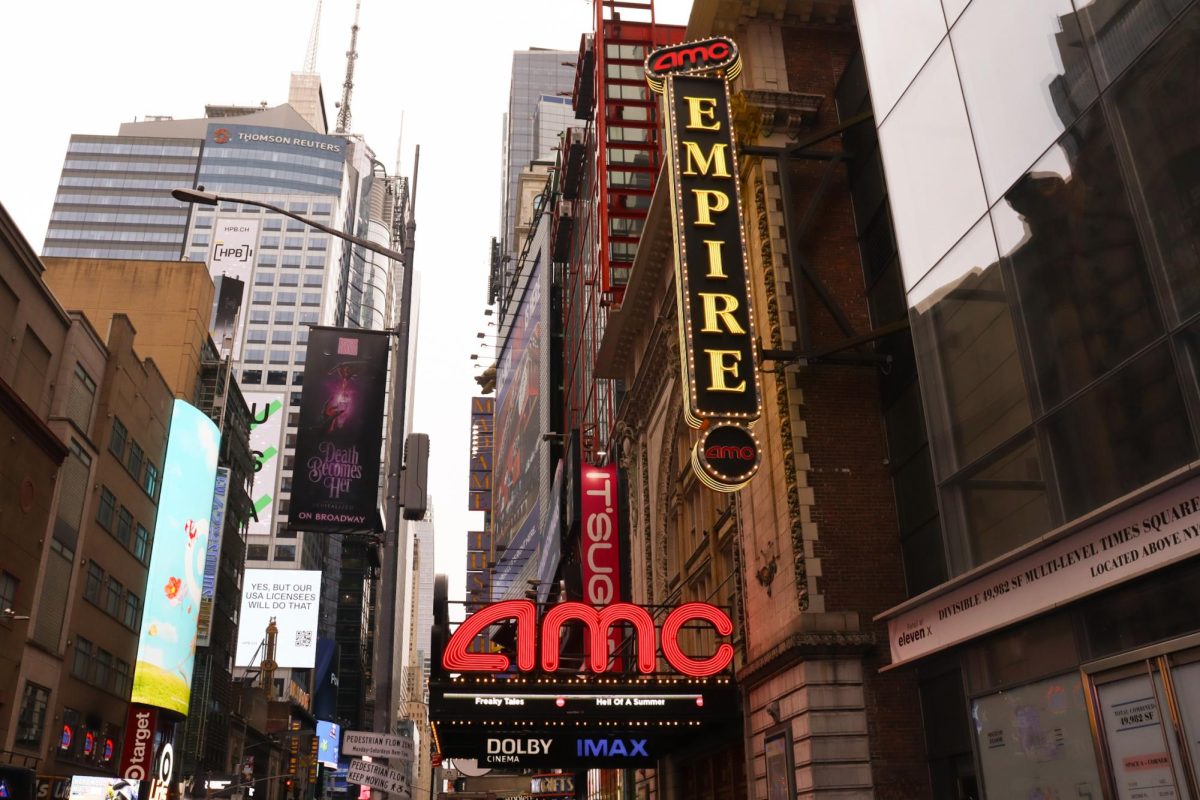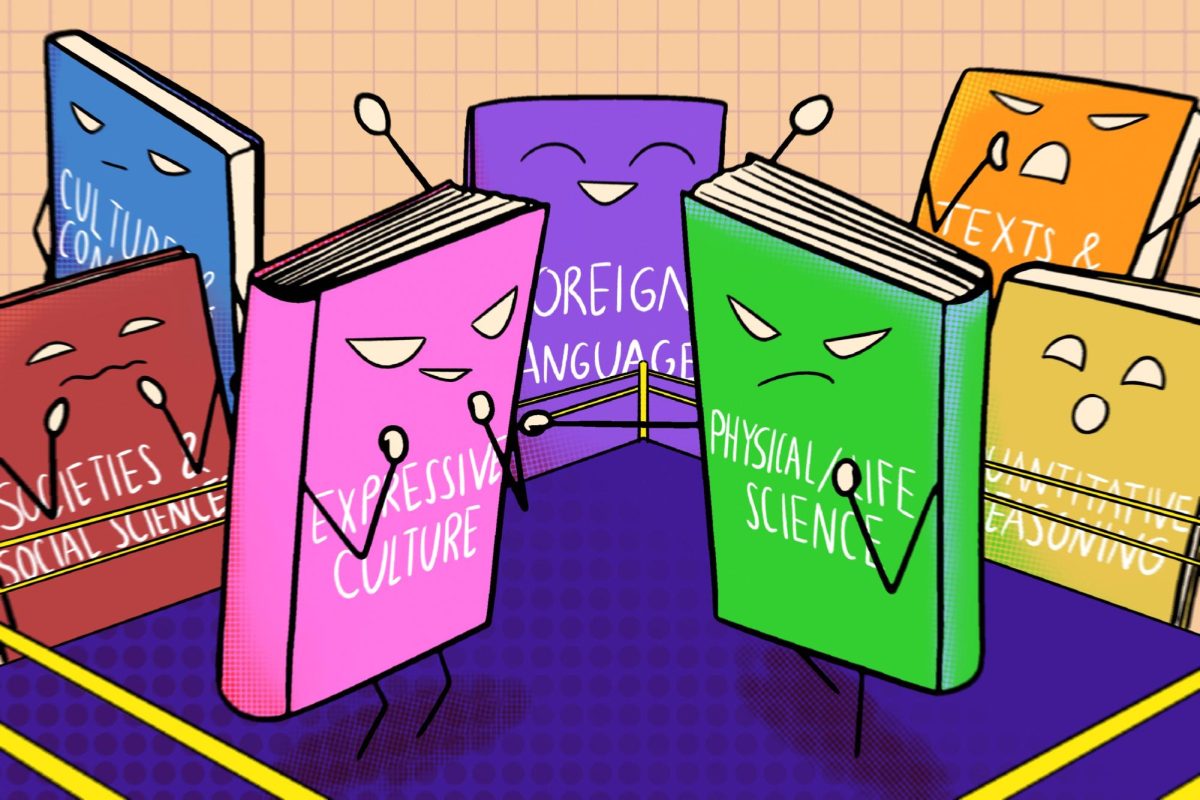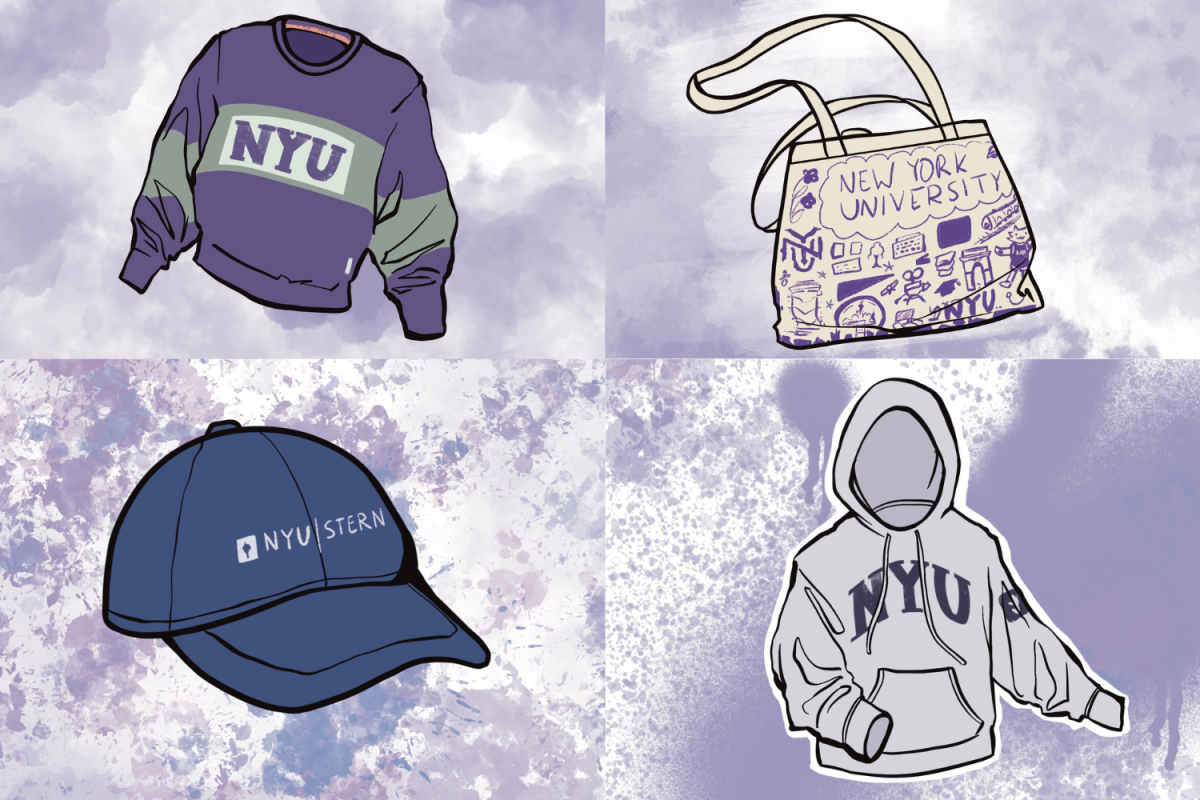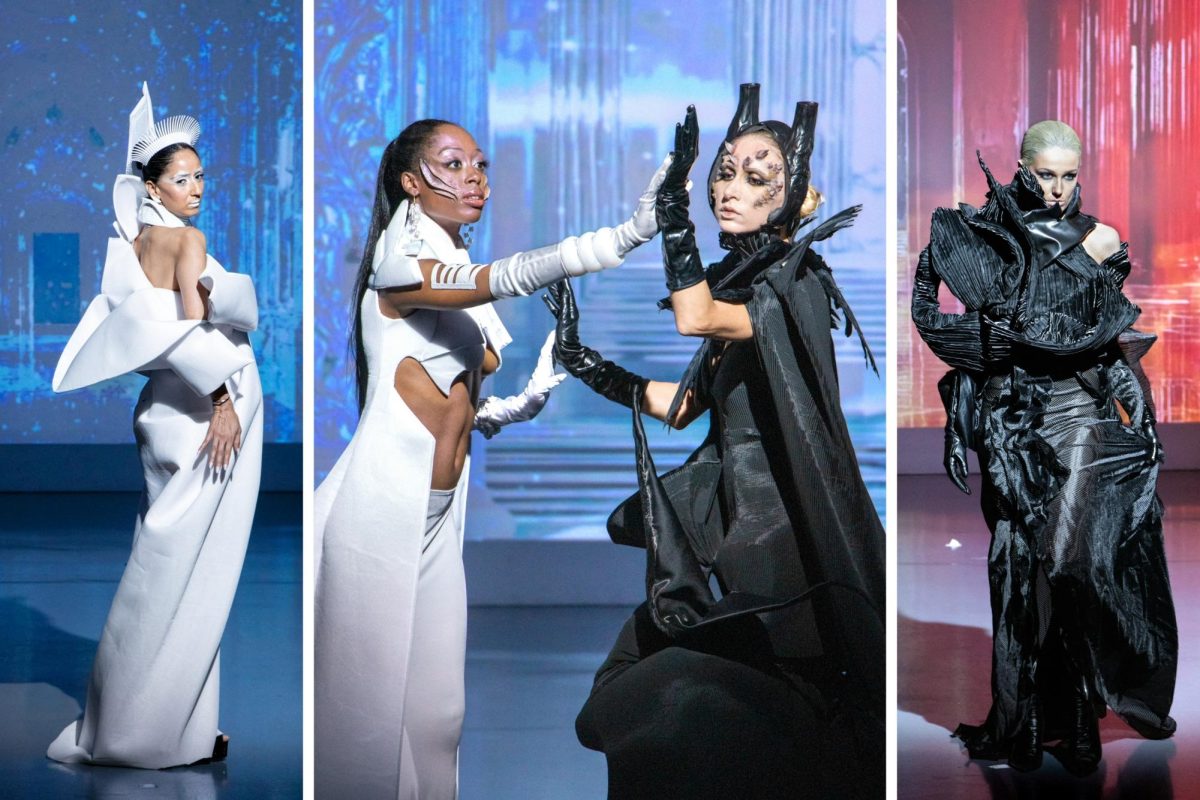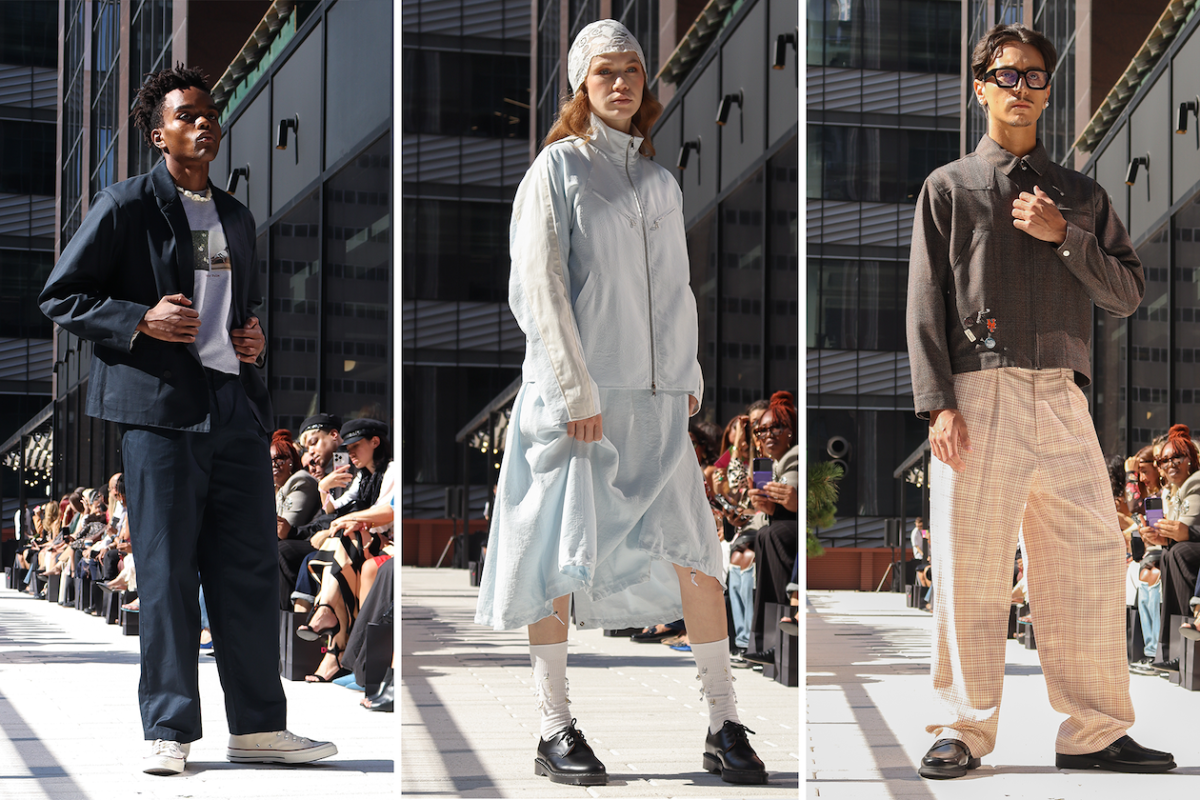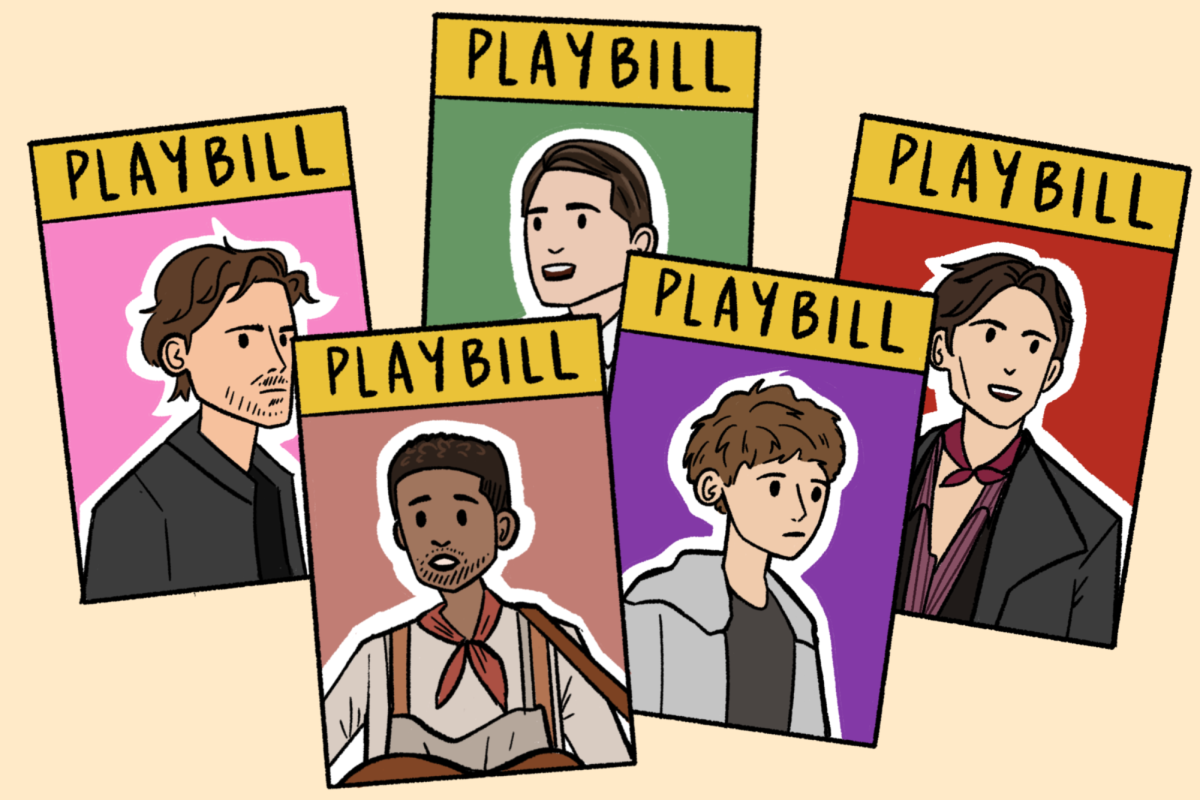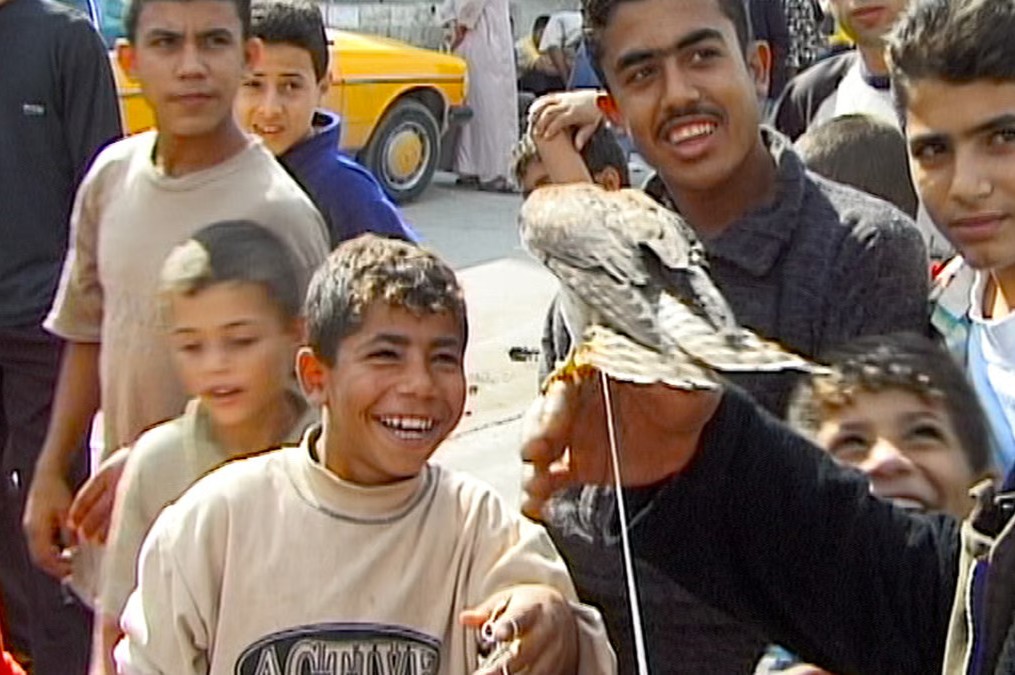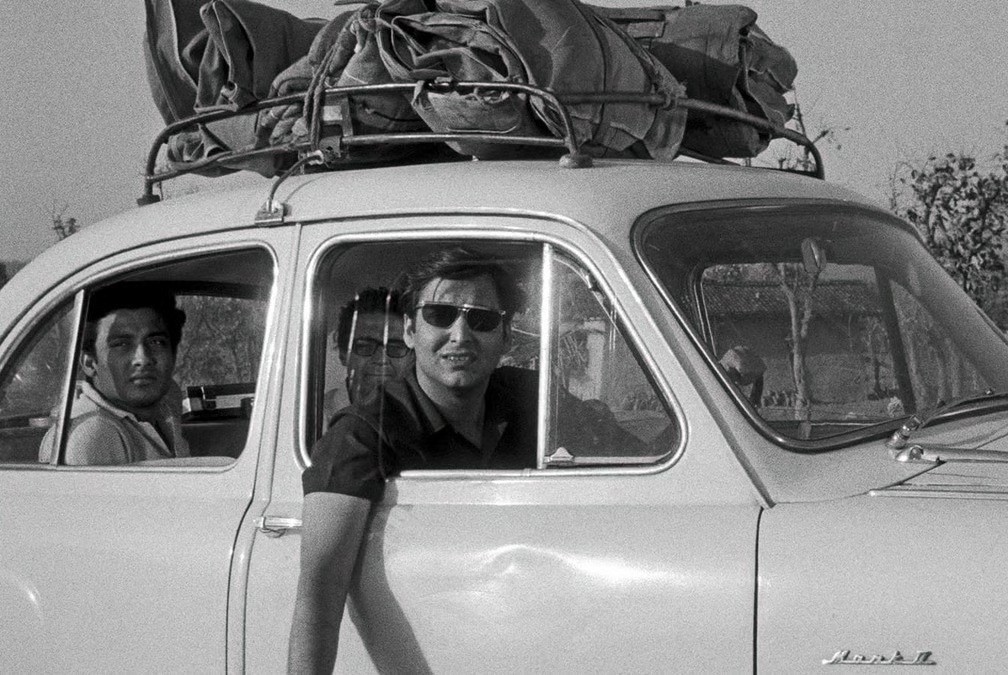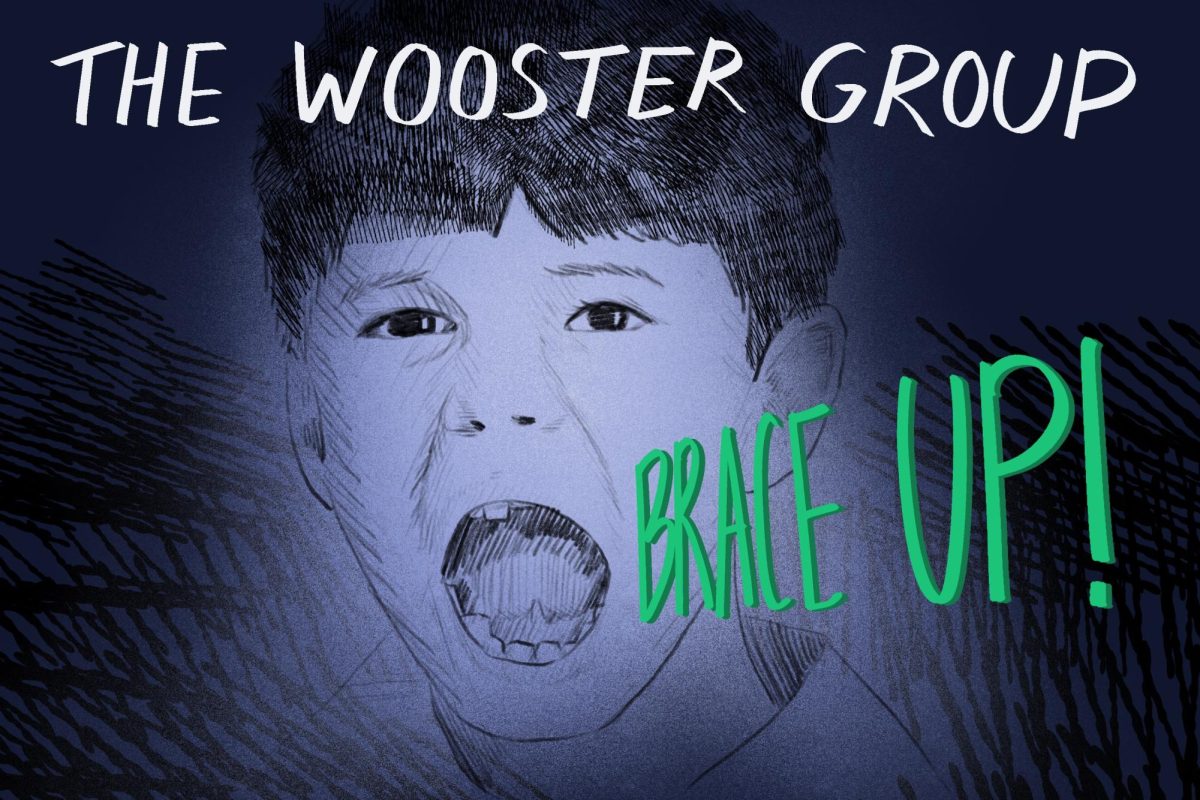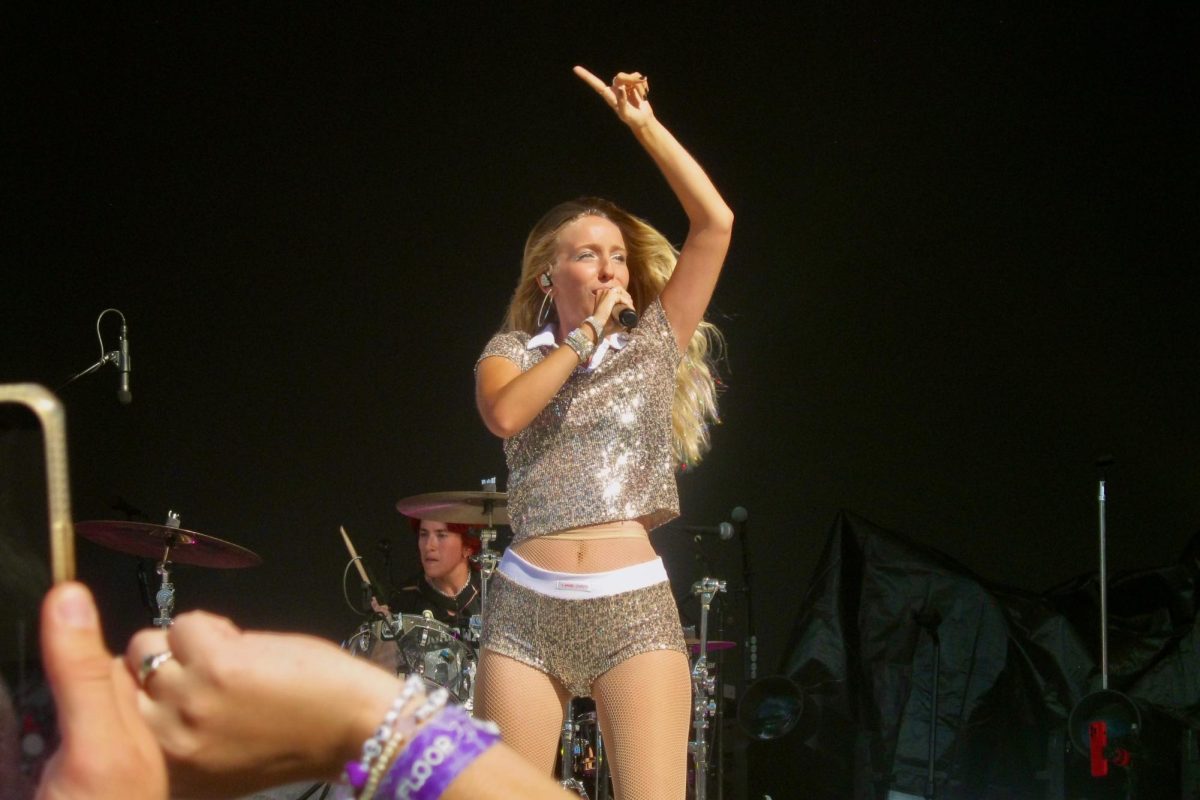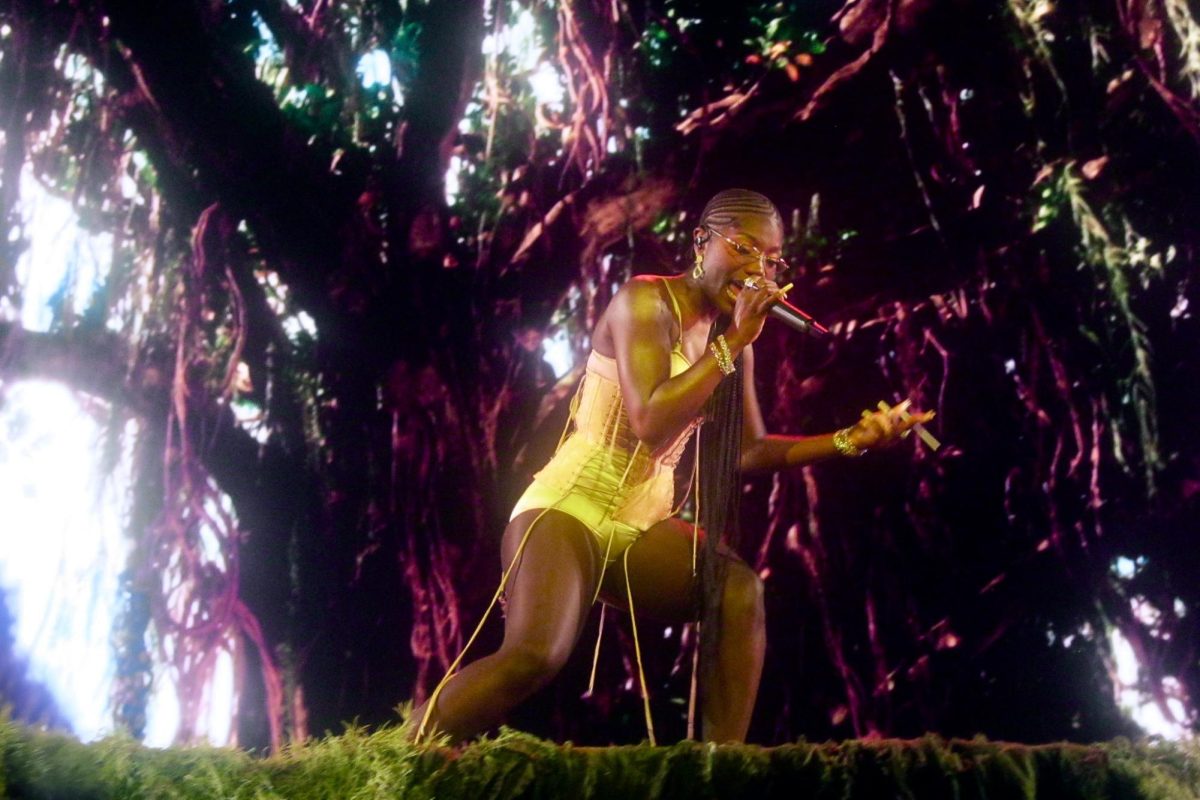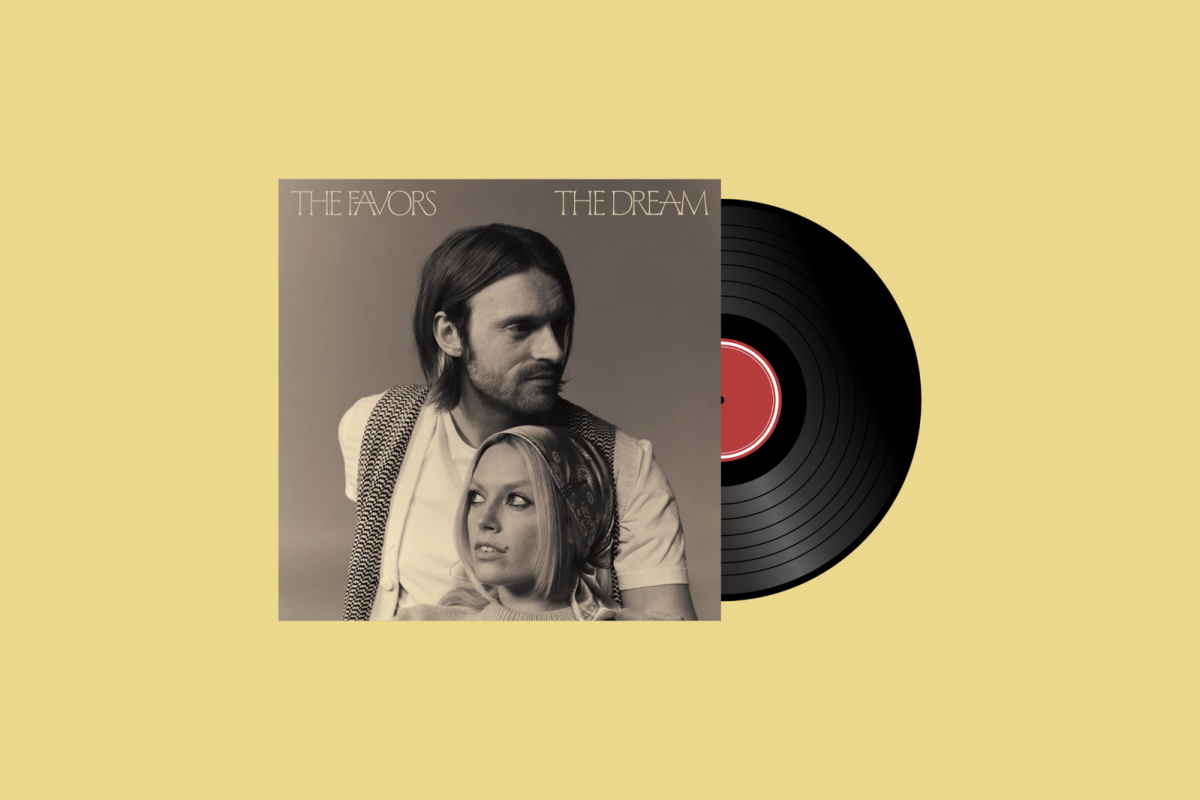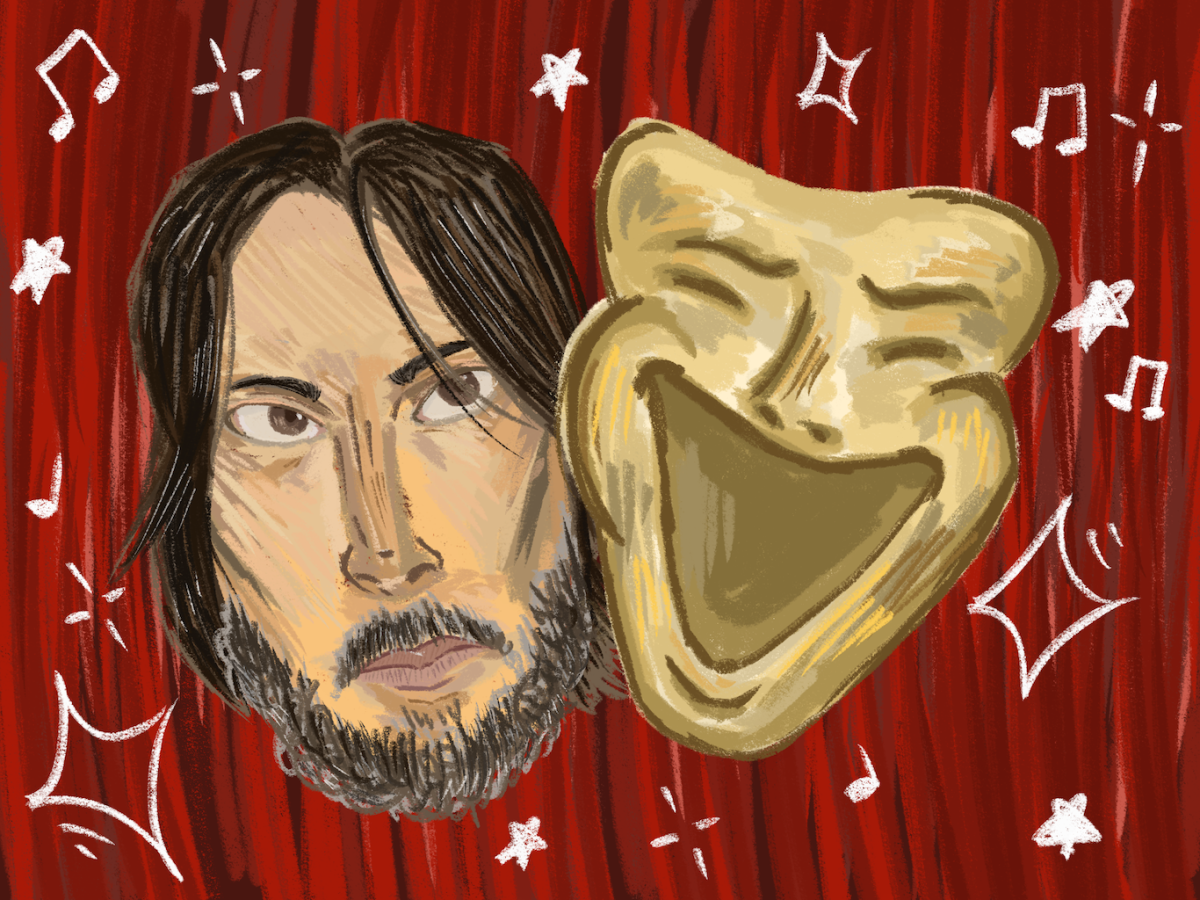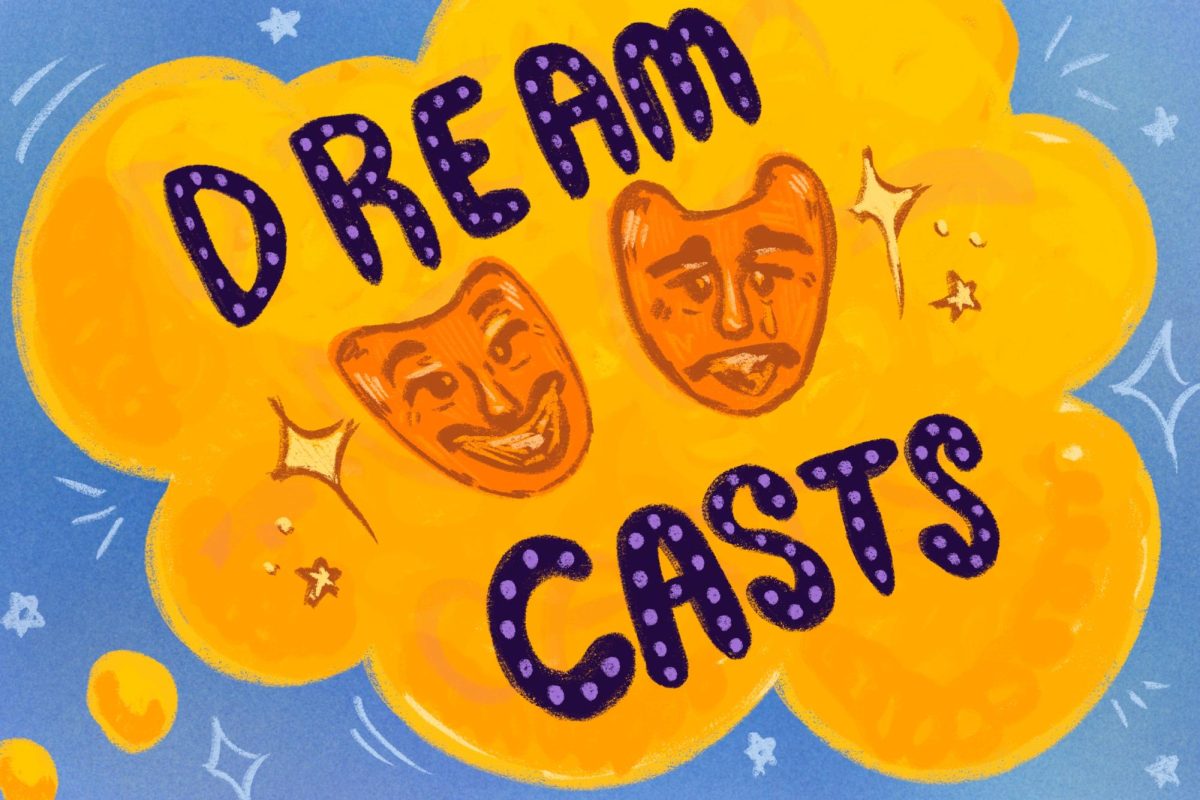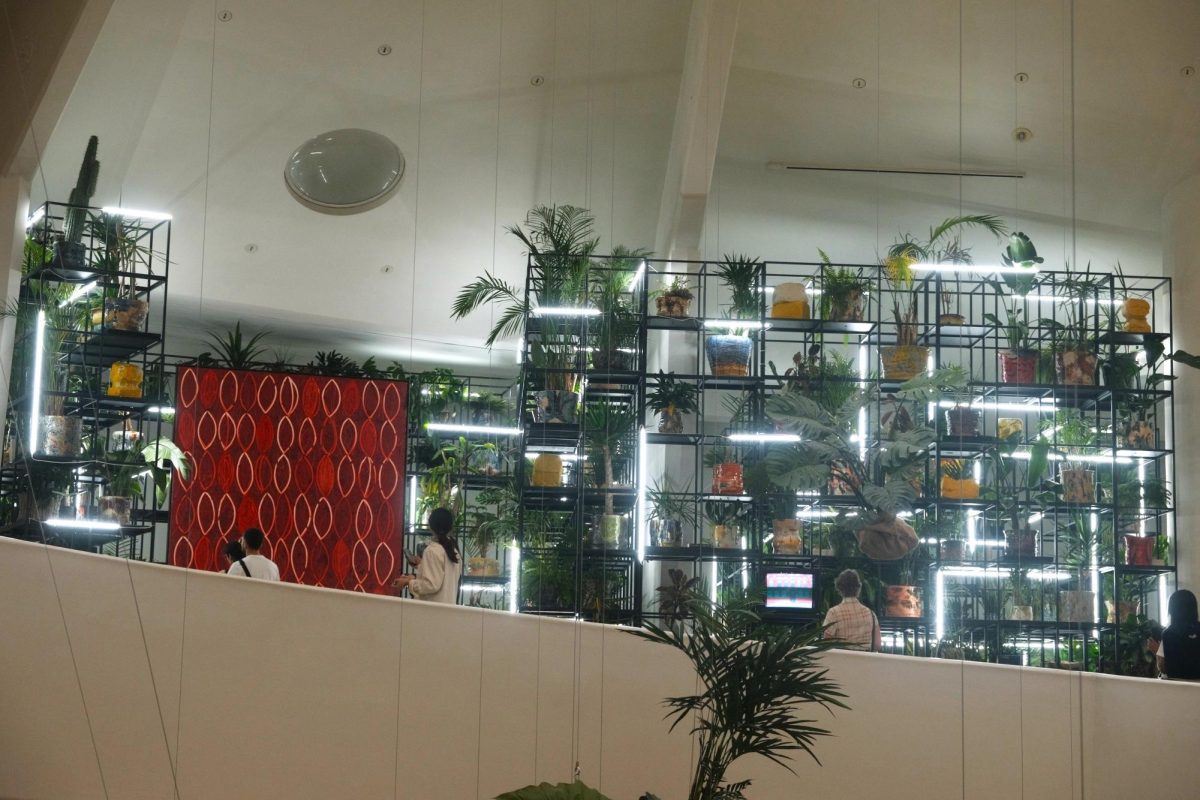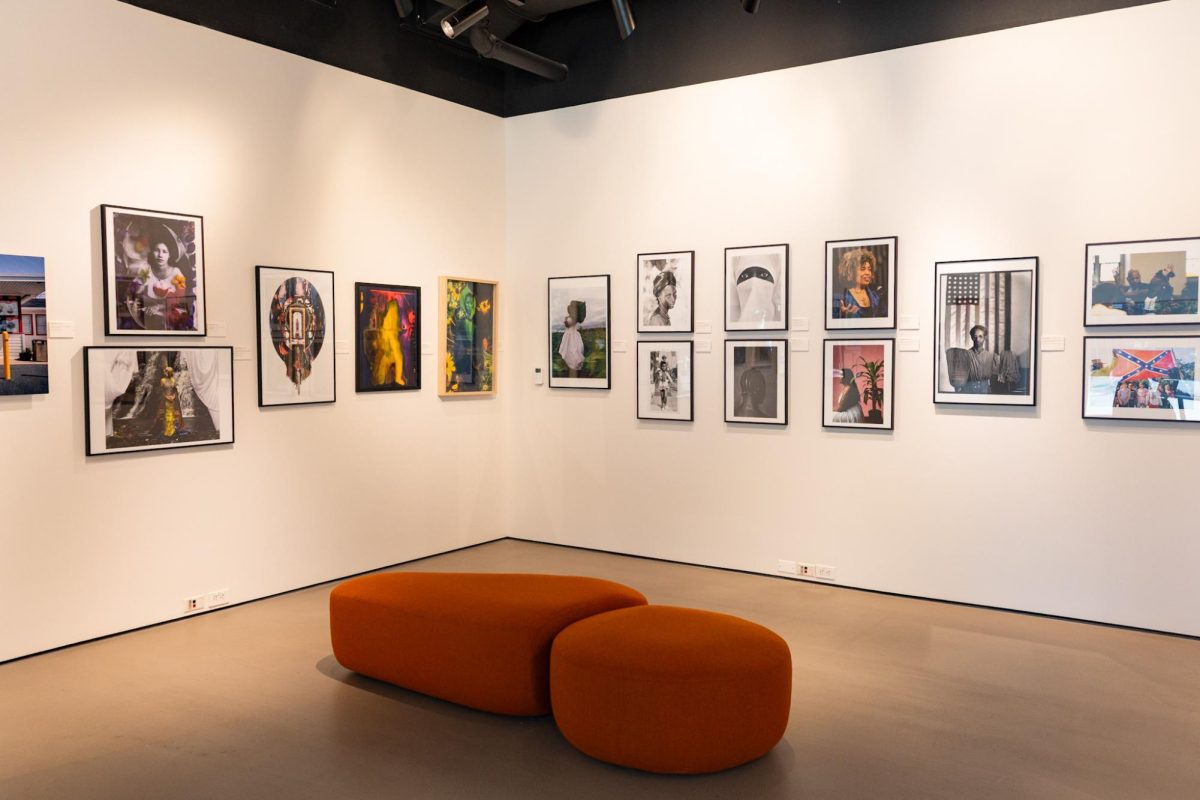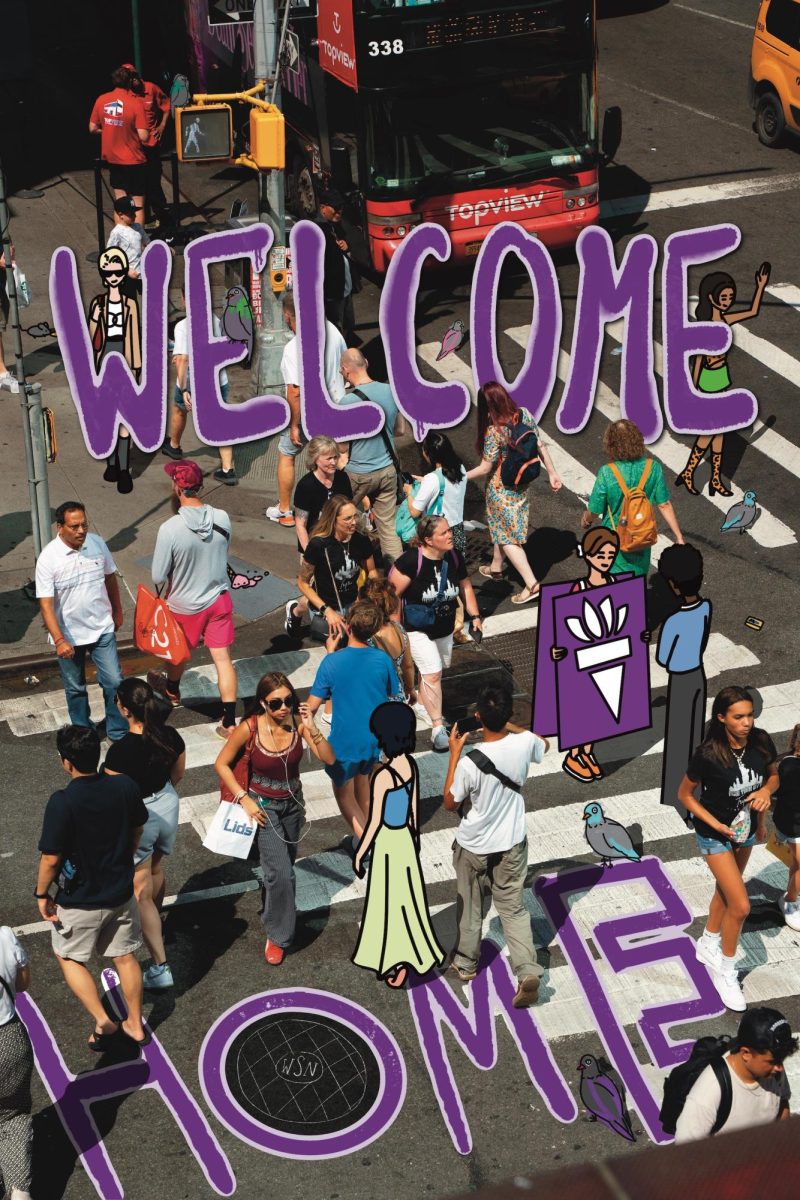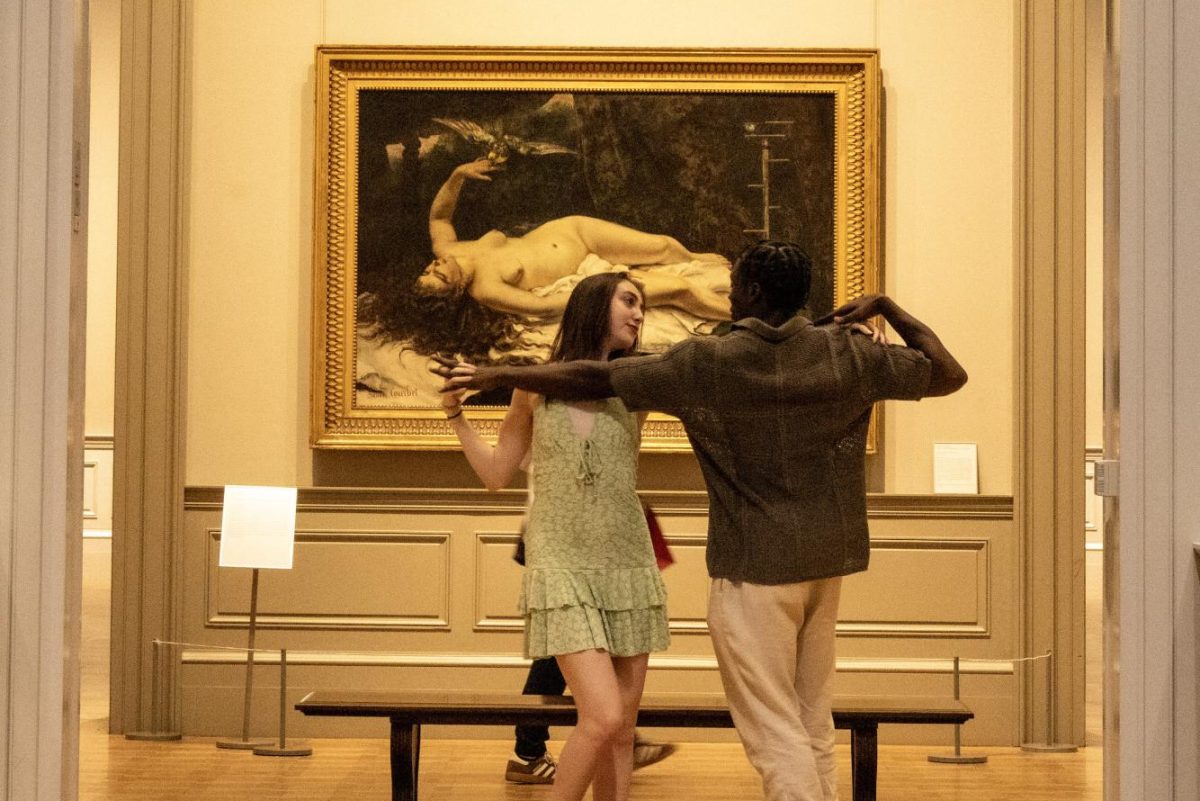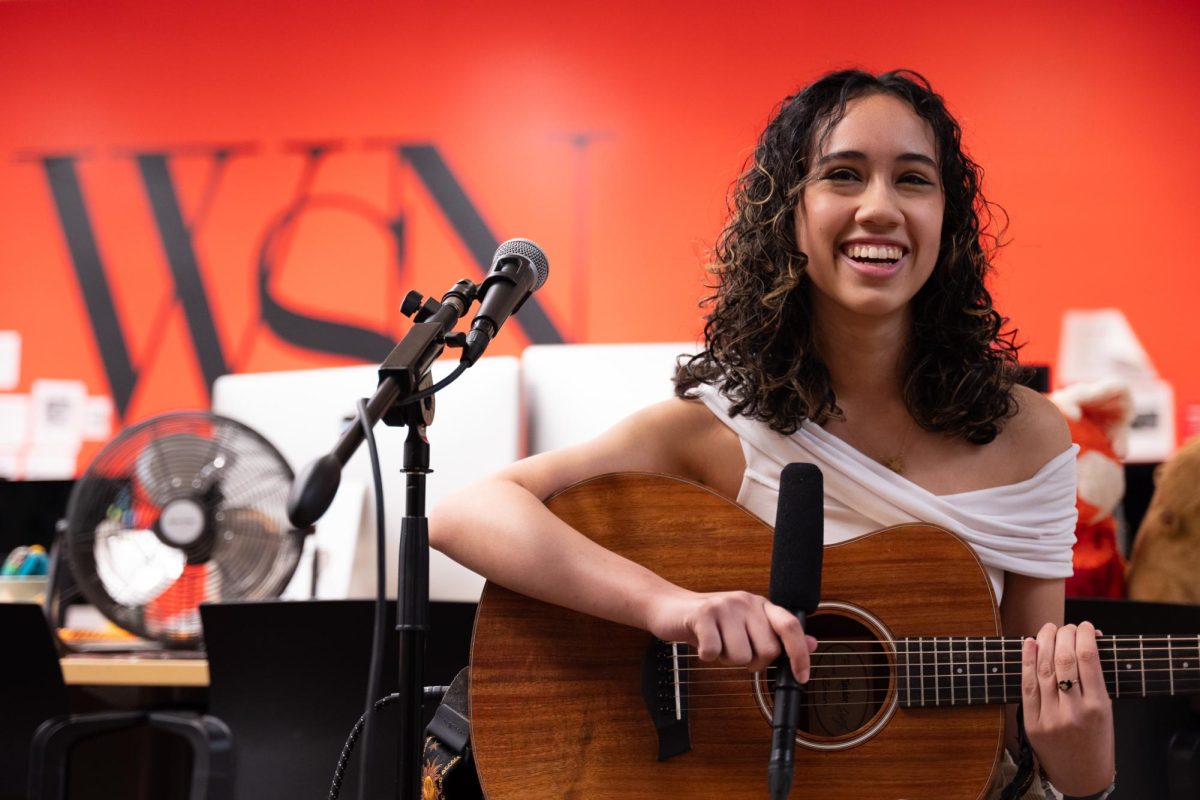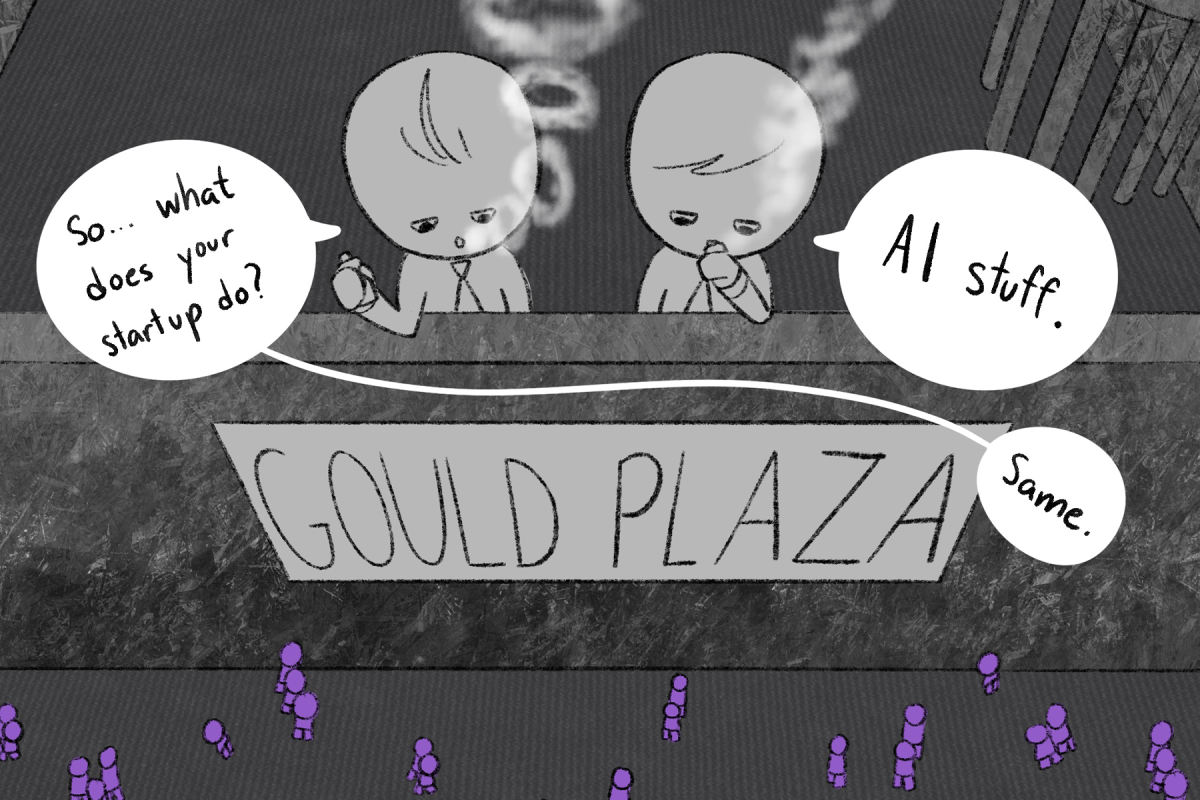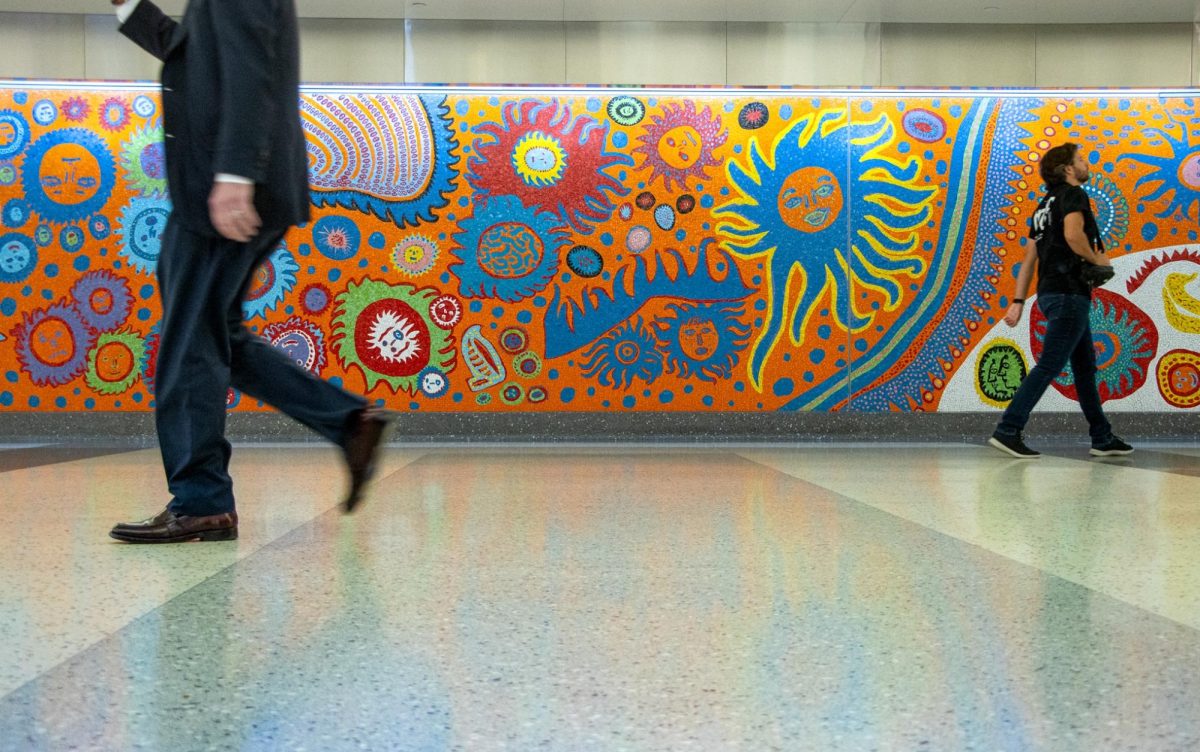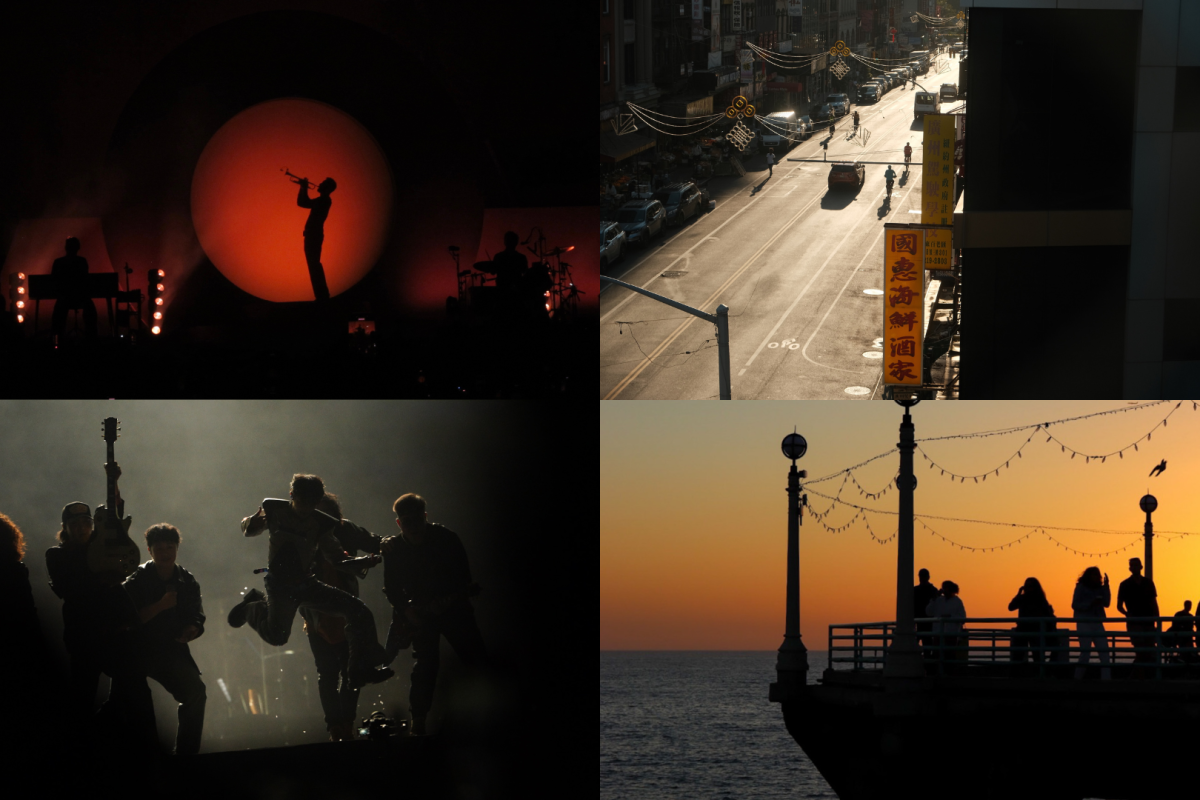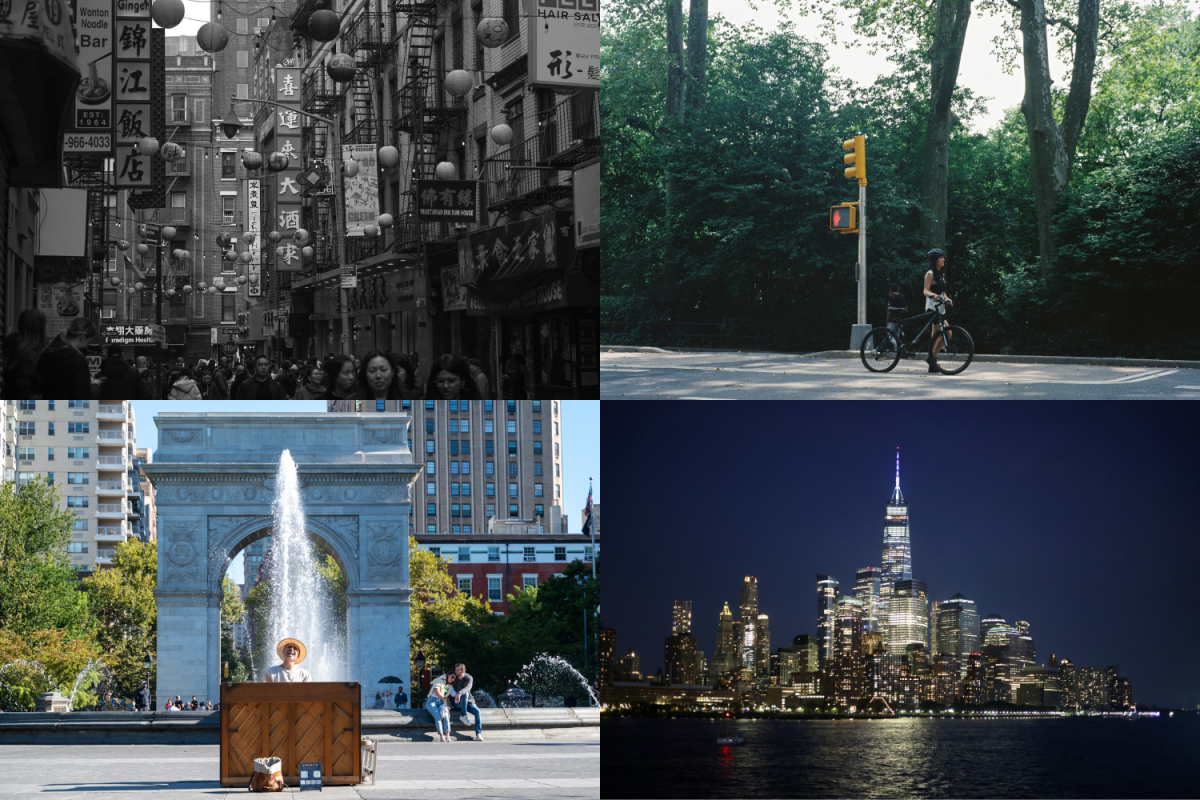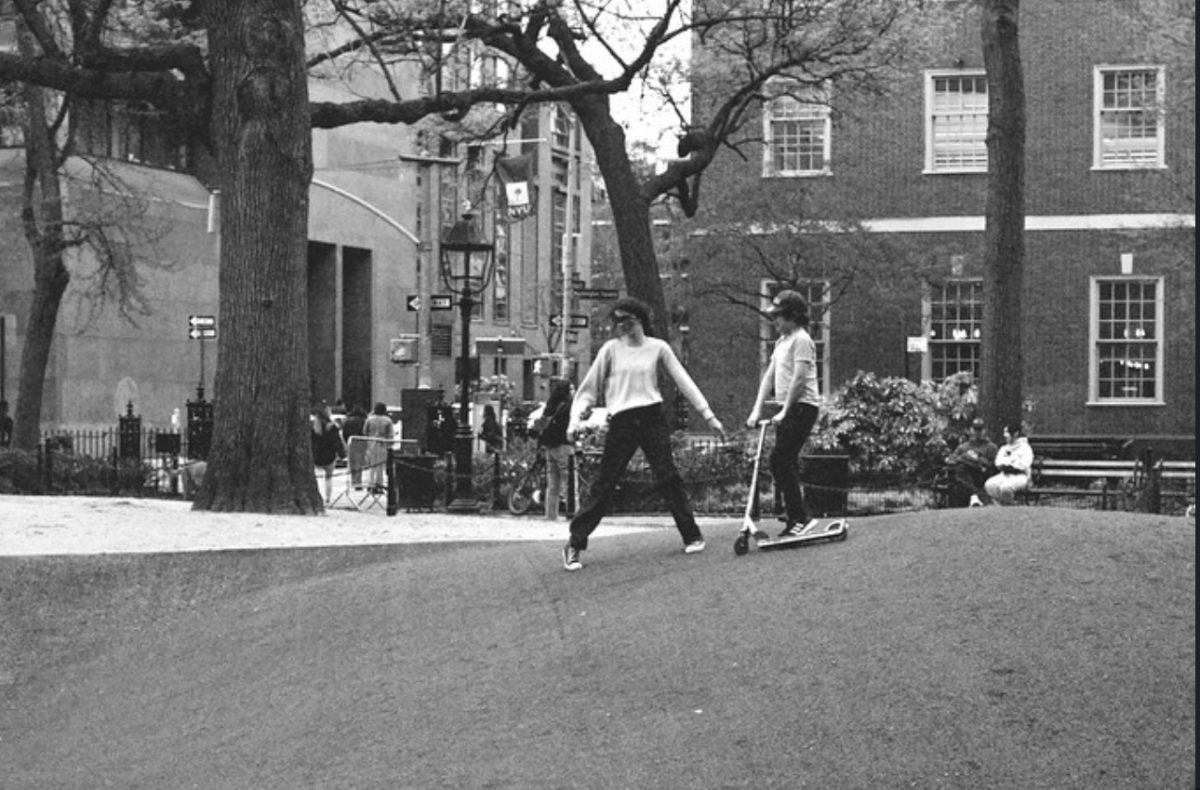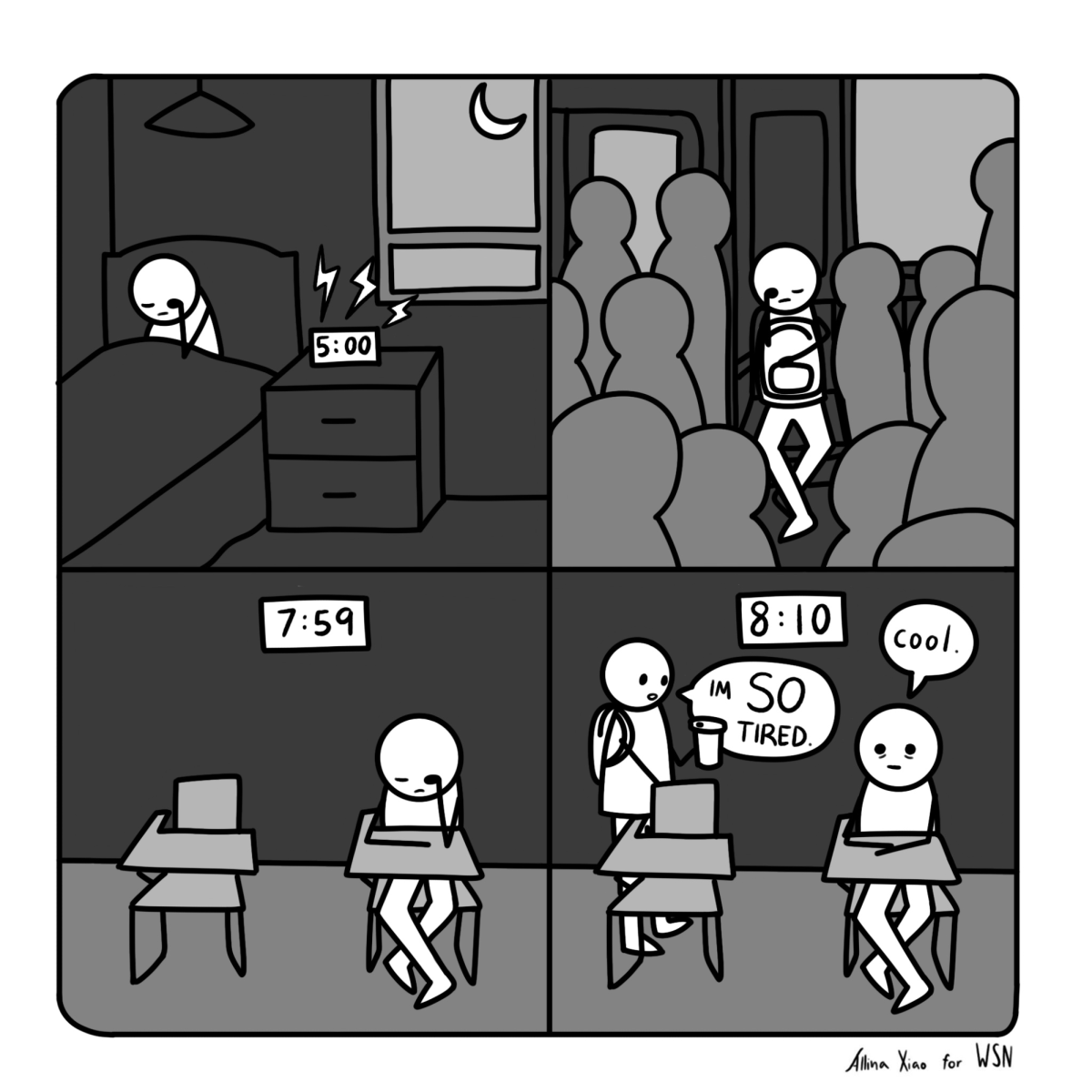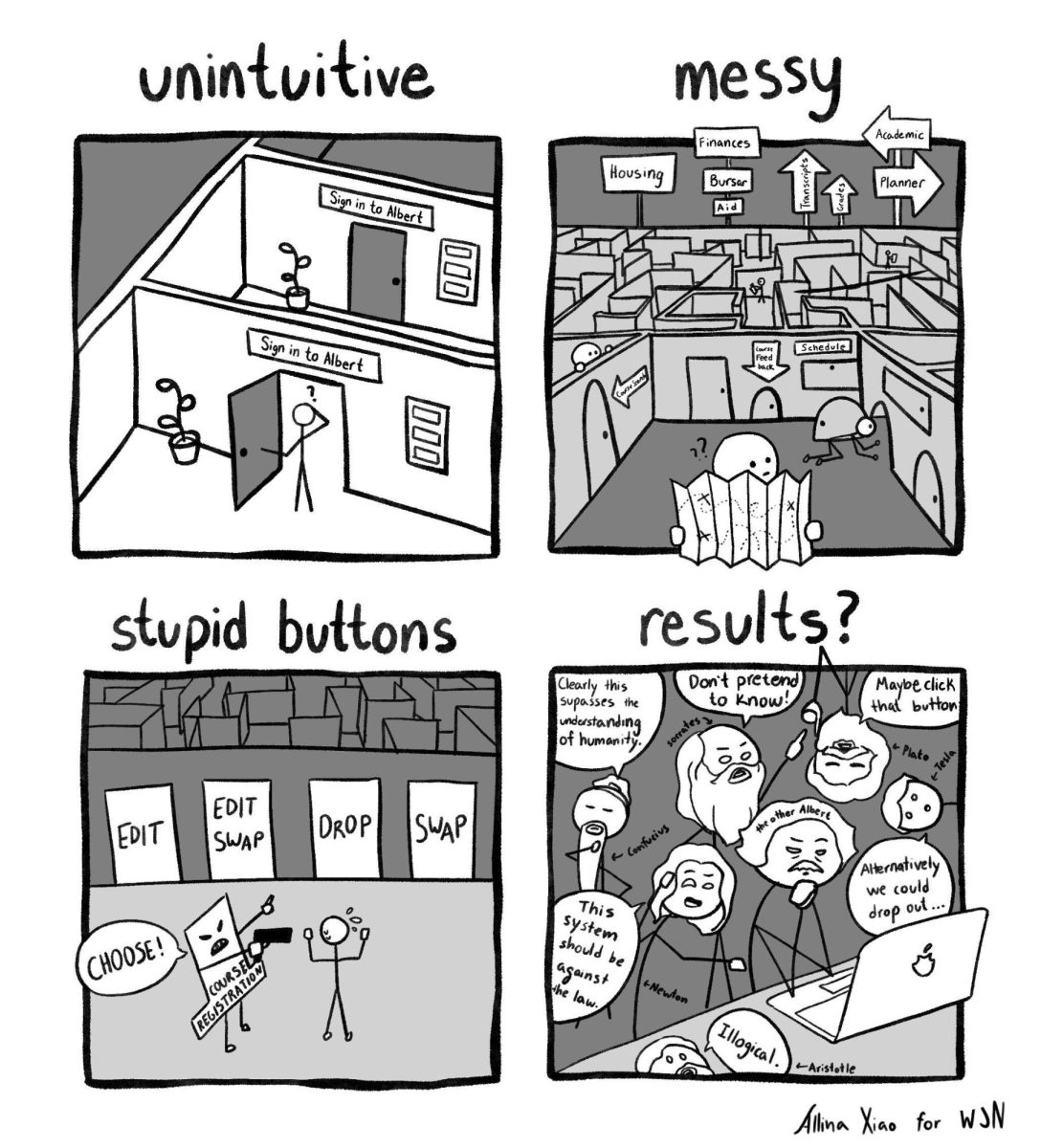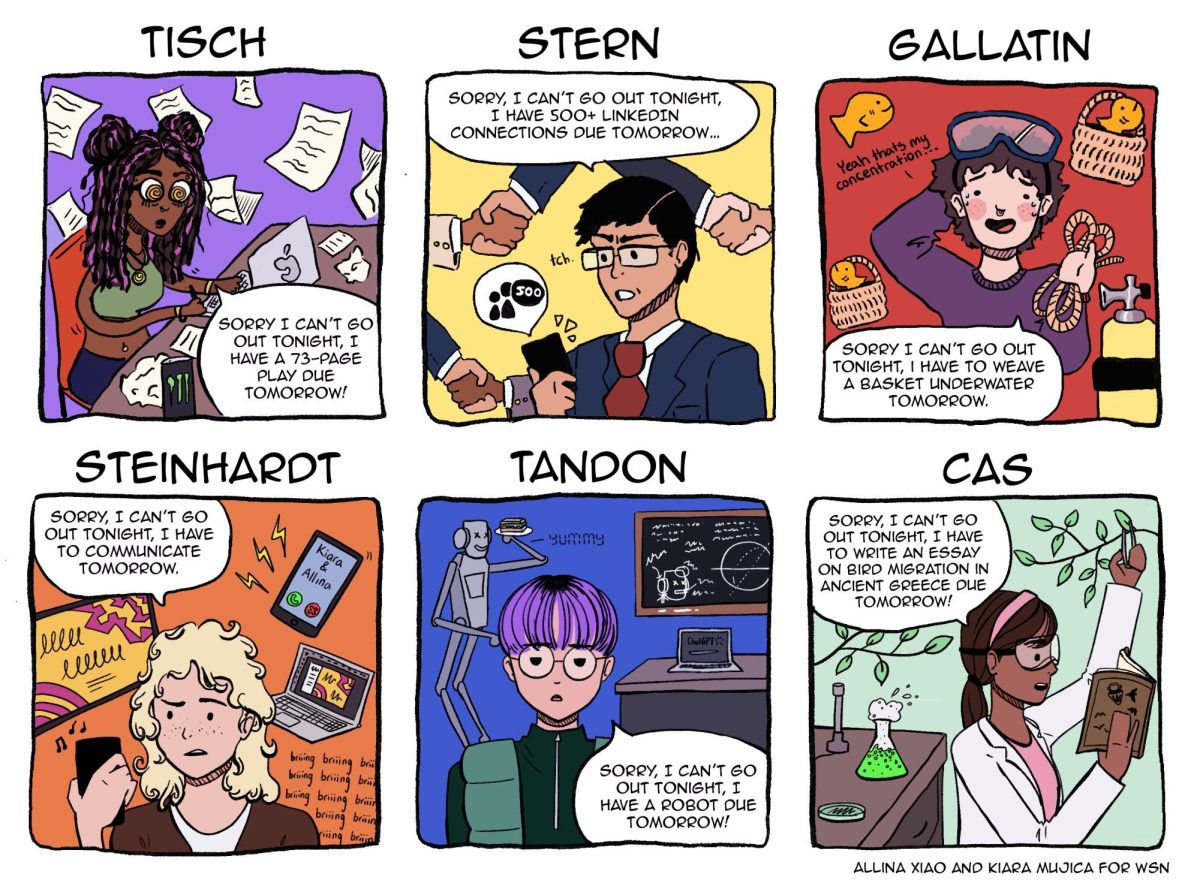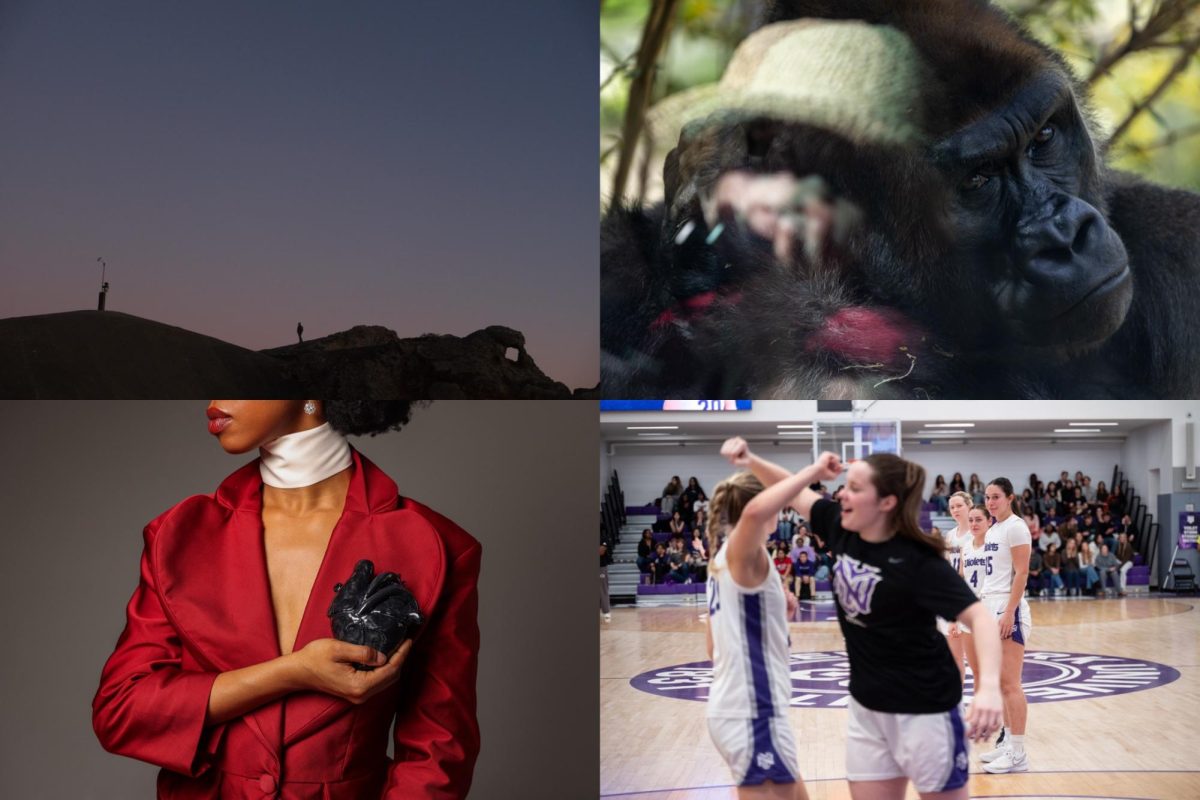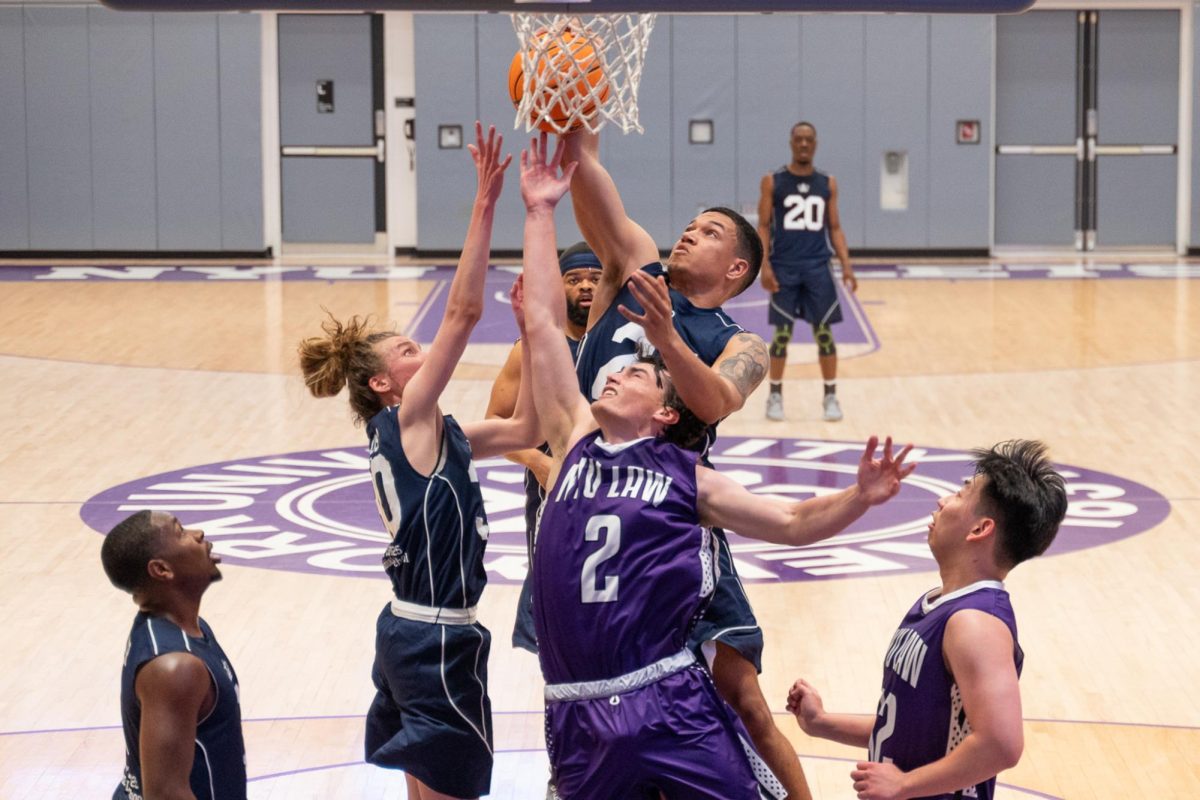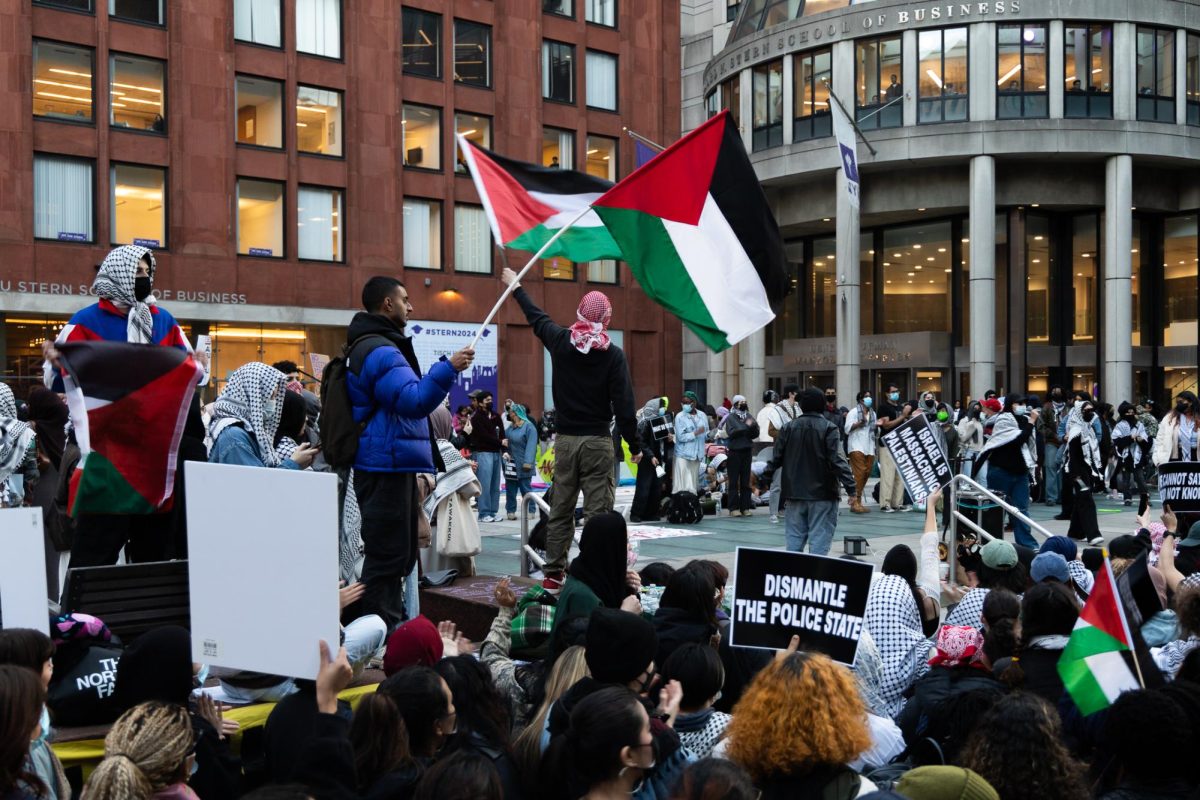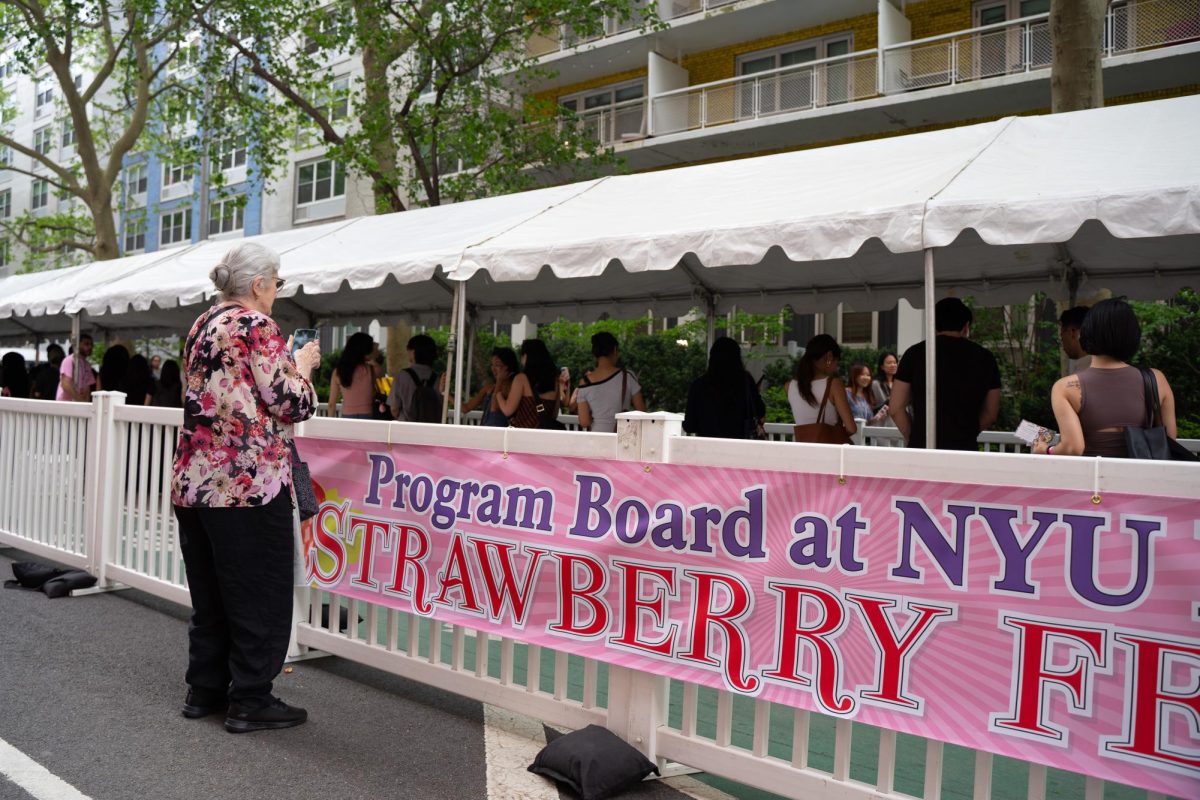Guest essays reflect opinions from writers beyond WSN. If you’d like to submit a guest essay for consideration, please email [email protected].
The Graduate School of Arts & Science 2025 convocation webpage features a smiling graduate wearing a kente cloth stole. Kente is a millenia-old West African weaving technique, taken up in the 1970s in the United States as a sign of Black power, connection to Africa and resistance to white supremacy. Since the 1990s, kente graduation stoles have become a fixture at commencements, signifying Black students’ perseverance against obstacles to higher education. Many of our 2025 Master of Arts and Ph.D. graduates were still in college or just beginning their graduate degrees when George Floyd was murdered, and kente cloth gained currency as a symbol of resistance to U.S. state power, albeit an ambiguous one — see: Nancy Pelosi and Chuck Schumer kneeling in Congress.
A typical NYU graduation ceremony blooms with kente and serape stoles, fresh leis, decorated caps, keffiyehs, beaded necklaces, stars, crosses, rainbows and flags. These adornments tell the story of students’ families, communities and intellectual journeys.
But there was not a scrap of kente cloth at the Ph.D. convocation on May 8. Looking out from the stage, where I sat as a faculty member of the “platform party,” I saw no symbolic stoles, not one graduate student union pin, no flags and certainly no keffiyehs. There was, however, one decorated cap — I don’t know whether the design had political or cultural significance, but it was beautiful.
Whoever chose the photo for the convocation website had clearly missed the memo — that is, the memo sent by the “GSAS Convocation Team” to all graduating doctoral and masters students:
“Decorated caps, sashes, stoles, cords, pins, scarves, or other additional adornments will not be permitted to be worn as part of your regalia … While we understand your pride in your nation of origin, your culture, or your personal convictions, we are obligated to protect the safety and security of everyone attending … Therefore, any graduate who attempts to disrupt the ceremony, reveal any of the items listed above, or display any signs or banners during the ceremony will be promptly removed from the venue, and the hooding ceremony will end for all graduates.”
Everybody knows why the graduate school instituted the new rules. At 2024 NYU graduations, participants used sartorial and other forms of peaceful expression to show solidarity with the people of Gaza. Students waved Palestinian flags and carried signs that read “NYU FUNDS GENOCIDE,” “FREE PALESTINE” or “COPS OFF CAMPUS.” Some painted their hands red to signify NYU’s complicity. There was chanting and a walkout at Yankee Stadium during President Linda Mills’ speech. Not one scarf, flag, stole or mortar board threatened anyone’s “safety and security.”
Yet it was determined that, as a GSAS administrator warned the faculty before we processed through the park and into the Skirball Center for the Performing Arts last Thursday, we can’t have that happen again — and since we can’t ban just one group from decorating attire, we had to make a rule for everyone. In other words: 1) In violation of the university’s Non-Discrimination and Anti-Harassment policies, GSAS created a rule whose intention was to silence one group, those speaking out against genocide through visible affiliation with Palestinian people; 2) In order to silence one group, GSAS decided to repress all self expression including sartorial affiliation by students of color, international and immigrant students, religious minorities and LGBTQ+ students. After all, the administrator continued sternly, we have to be careful because we are being watched.
I waited until the faculty procession was walking through Washington Square Park to pull out my keffiyeh and lay it across my shoulders on top of my doctoral hood.
I followed the line around the fountain and crossed West Fourth Street, pausing to take photos with my English department crew and chatting with colleagues. As we filed down the aisles of Skirball waving to our new doctors of philosophy, most attendees didn’t seem to notice my attire. I imagine some did not like it. A few students, parents and staff came over to whisper, “Thank you for wearing that.” It would seem my keffiyeh was causing no harm.
There was, however, one incident that nearly disrupted the day’s proceedings. As the procession moved across the front of the stage where the deans stood, I felt someone grab me and pull me back. I turned around. There, angrily staring me down, was the GSAS administrator who had admonished us earlier. I couldn’t hear over the bagpipes but I could read his lips: “not allowed!” I didn’t know whether he was trying to remove the keffiyeh, remove me from the stage, or what. So as not to block the procession, I pulled away from him and kept walking toward my seat. Two faculty speeches, some student awards, and many graduates’ names later, my departments’ candidates were next in line to receive their doctoral hoods. Would the administrator confront me again and risk ruining the ceremony when I stood to meet my students? I took my keffiyeh off and left it on my chair before proceeding to the front of the stage.
Like the doctoral hood, the keffiyeh is both an article of clothing and an article of faith. This one belonged to my late Jewish American father and I’ve worn it, or another in my rotation, nearly every day for the last 19 months. Its fabric weaves together my connection to family, my study of Black diasporic literature, my religious belief in “tikkun olam” and my conviction that Palestine must be free. I wear it most days, but I’ll confess I wore it Thursday in part because I’d been told not to — not to be rebellious, but because I believe “safety and security” for everyone depends on our continuous and collective practice of freedoms, especially those freedoms unevenly distributed and violently denied to some.
For many, the risks of disobeying the orders of GSAS at convocation would have been far greater than they were for me. The administration issued serious threats for noncompliance — like not being hooded or stopping the whole ceremony — only to students, not faculty. And the risks of wearing a keffiyeh anywhere can be high. In November 2023, three Palestinian college students were shot in Vermont simply for walking down the street in keffiyehs. Surely NYU administrators drafting or enforcing policies about academic regalia do not intend to align themselves with that violent act. But what are the alignments of a university that rules out keffiyehs and banners in the name of “safety and security,” but does not speak out against the bombing of universities in Gaza or the government abductions of students on U.S. college campuses? Whose safety and security?
Looking out at the auditorium where all signs of the urgent student movement for Palestine — all signs of Palestine — had been erased and, along with them, signs of the struggle for Black and LatinX civil rights, for LGBTQ+ equality and the international community that makes up GSAS, I felt hopeless.
But when the GSAS dean said to the graduates, “I have hope, because you are the future of scholarship,” I nodded anyway.
Because, although I could not see the signs, I knew you were there. You who studied histories of resistance, slept in tents in the rain and spent long evenings at One Police Plaza, who outlined practices of care and survival, nurtured neighbors during the pandemic, distributed food and clothing in the park, researched future vaccines, marched for Black lives, read difficult poetry and composed sacred songs. May your flags fly.
WSN’s Opinion section strives to publish ideas worth discussing. The views presented in the Opinion section are solely the views of the writer.
Contact Sonya Posmentier at [email protected].


